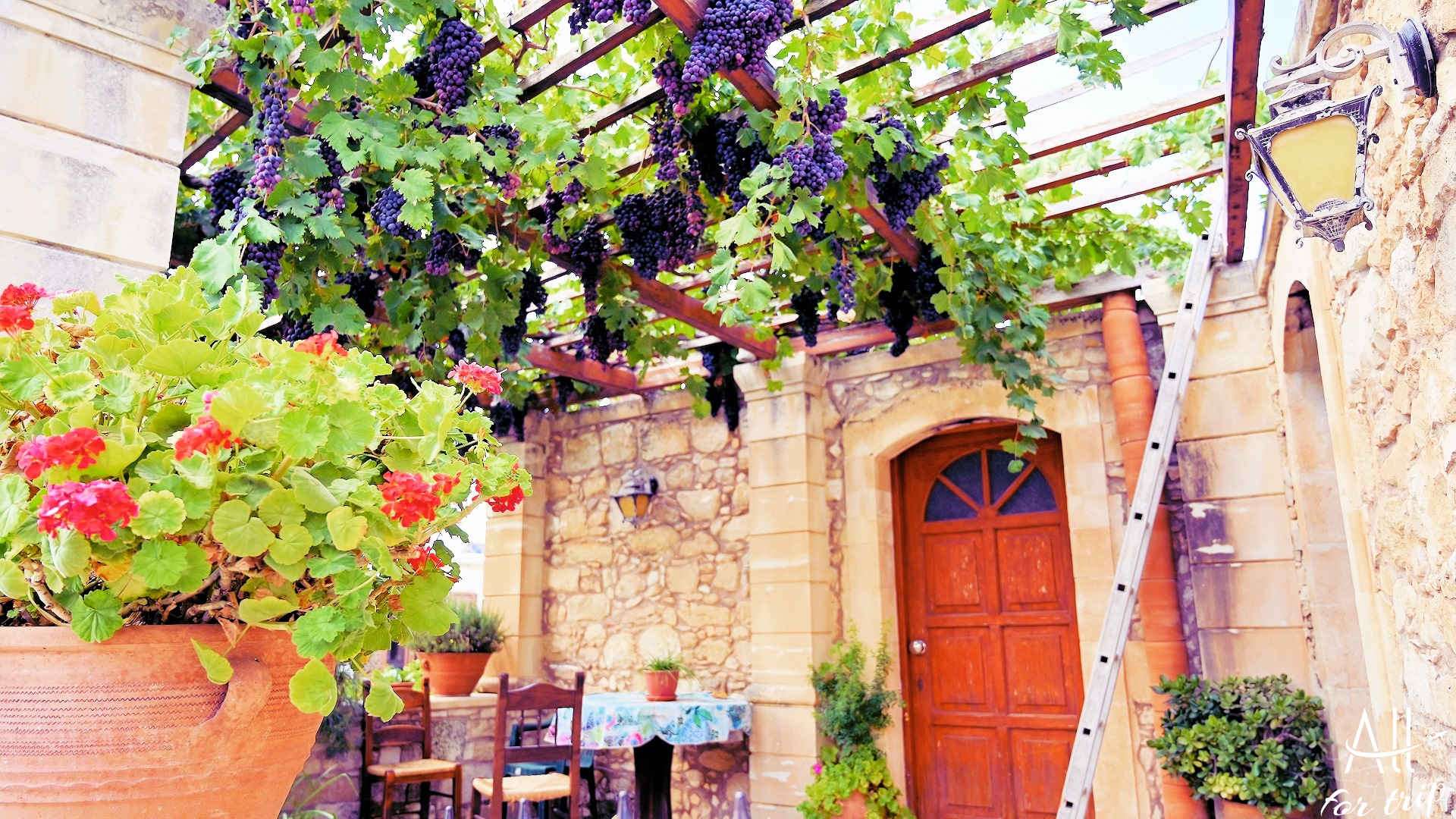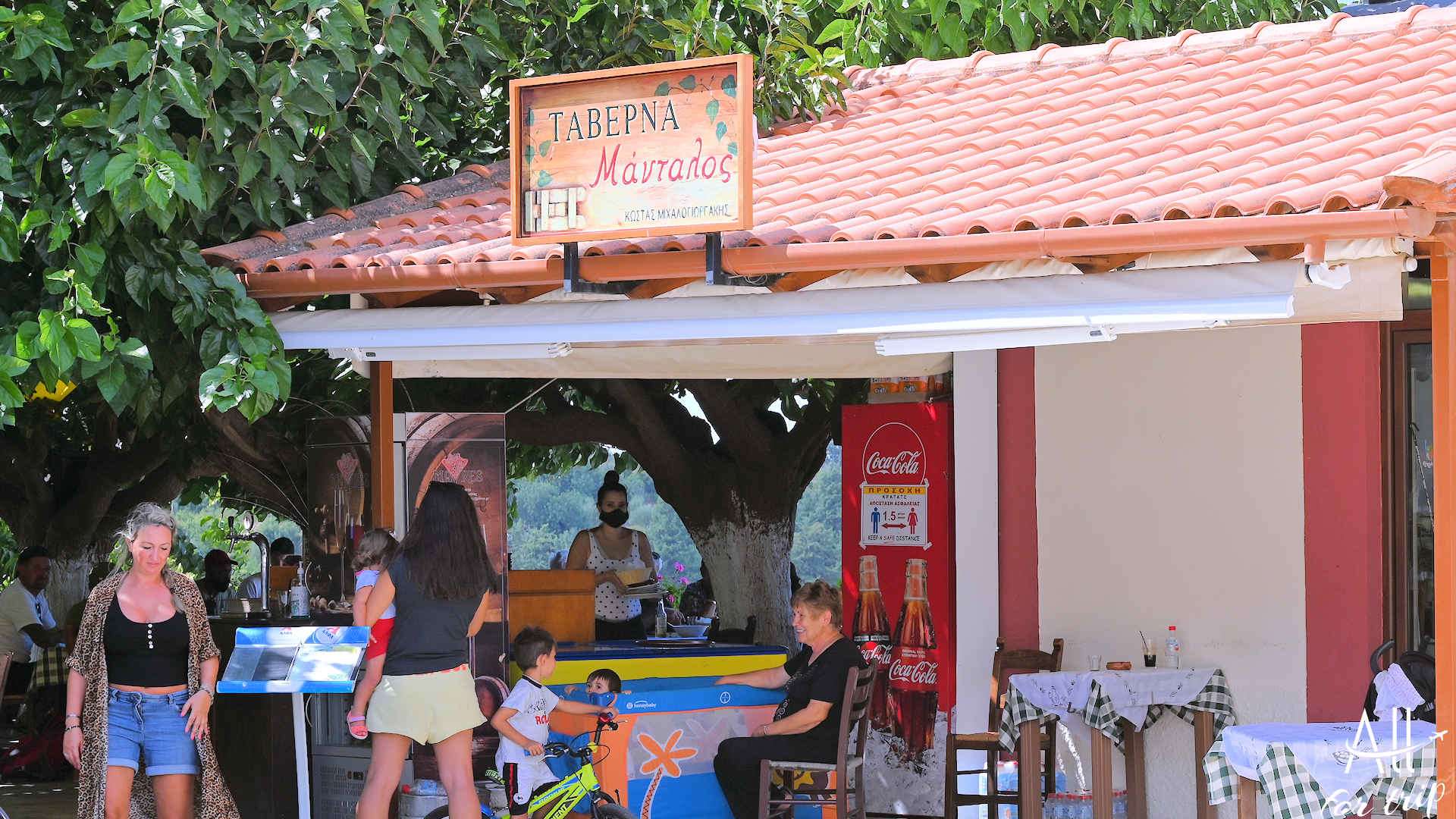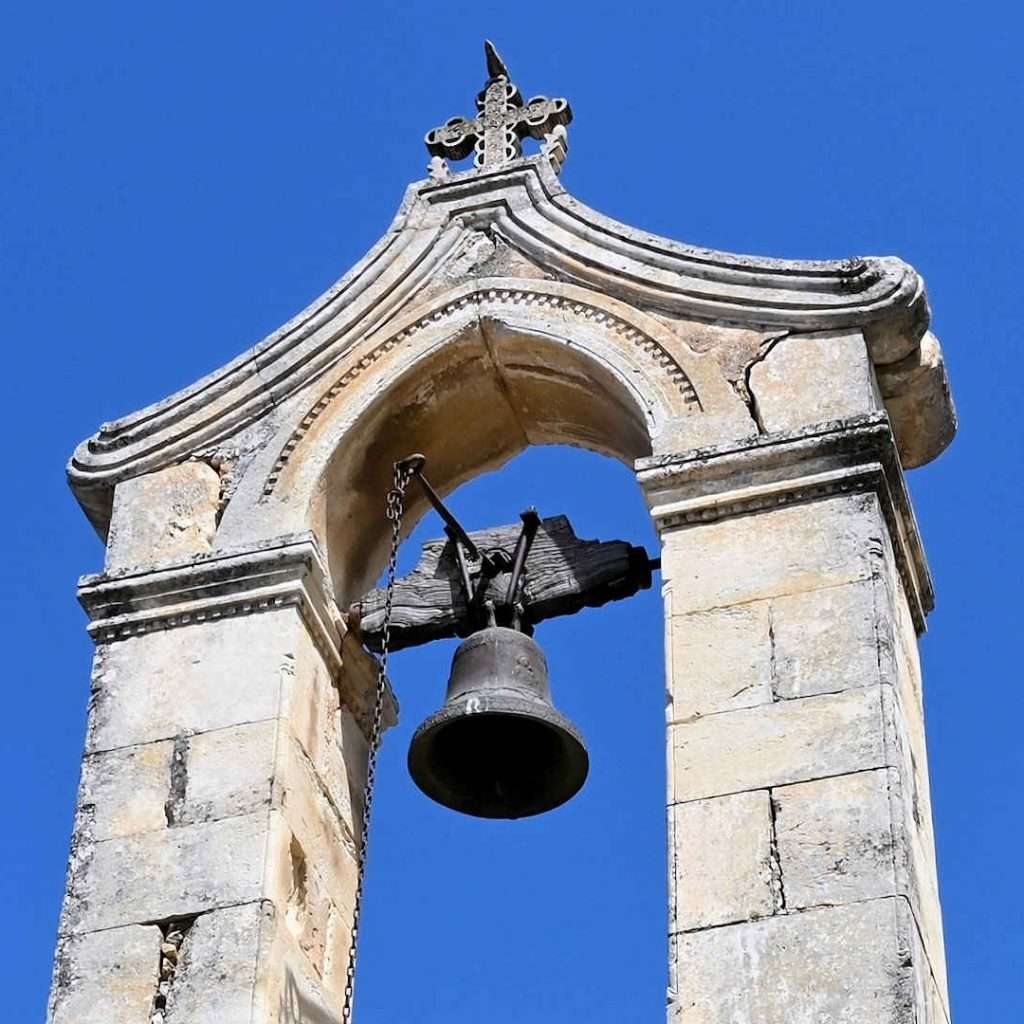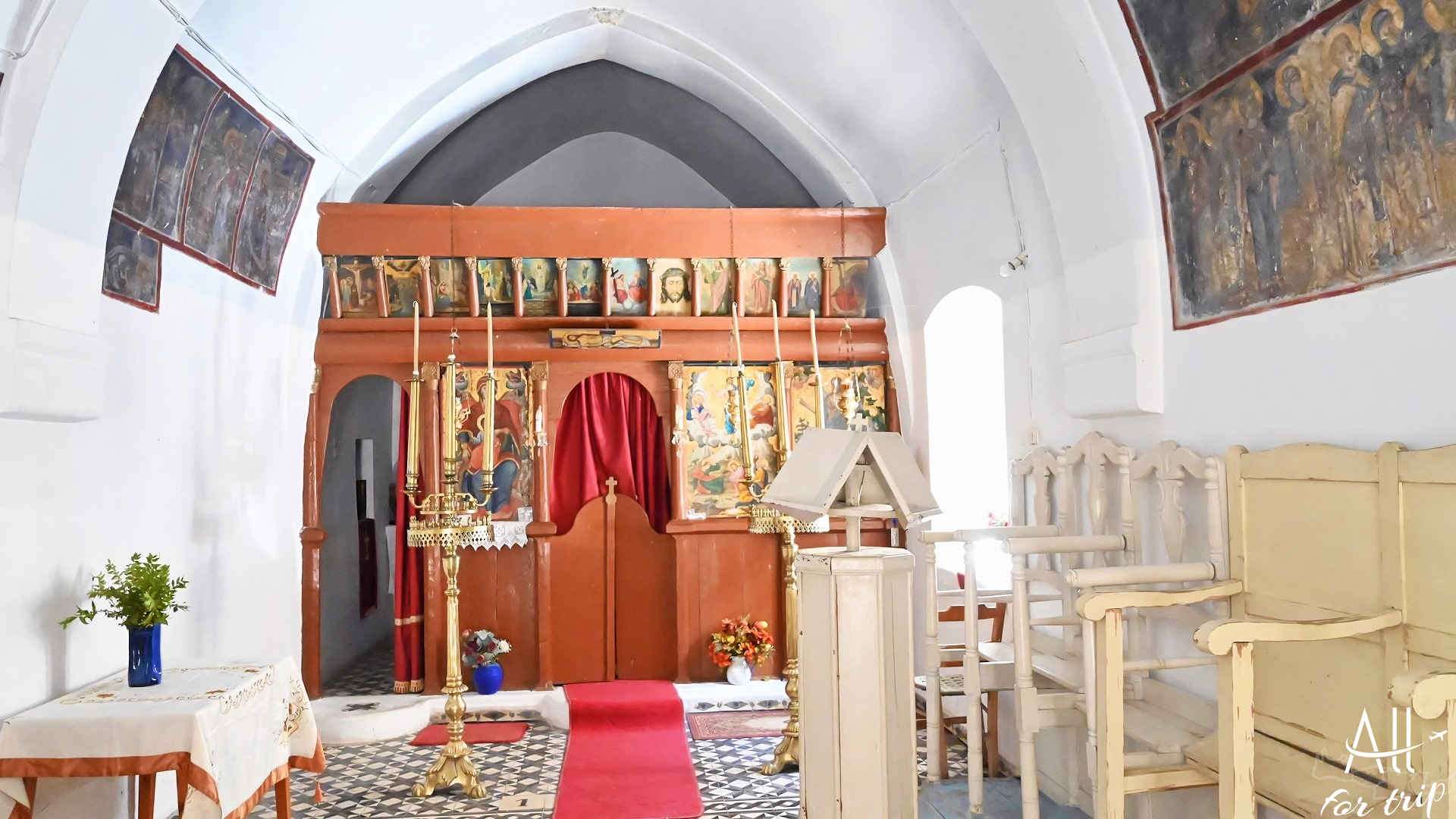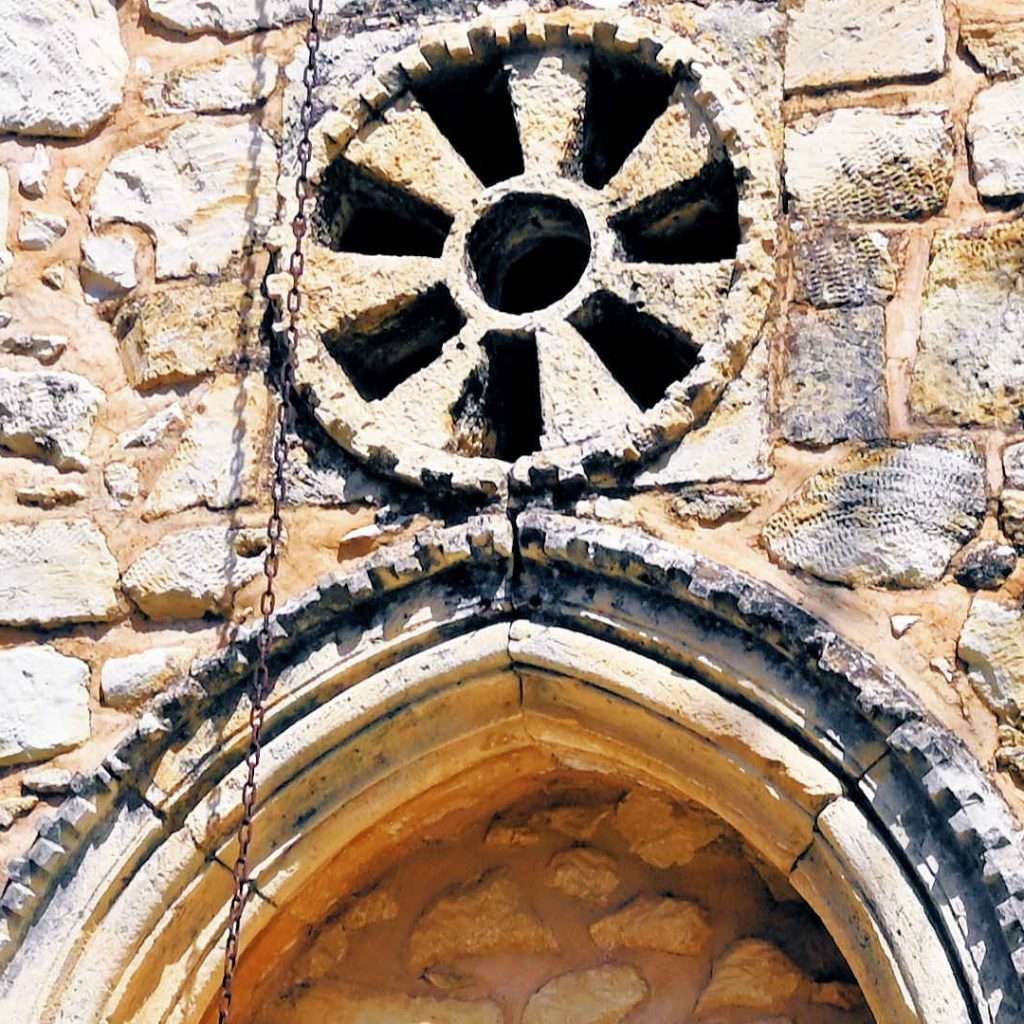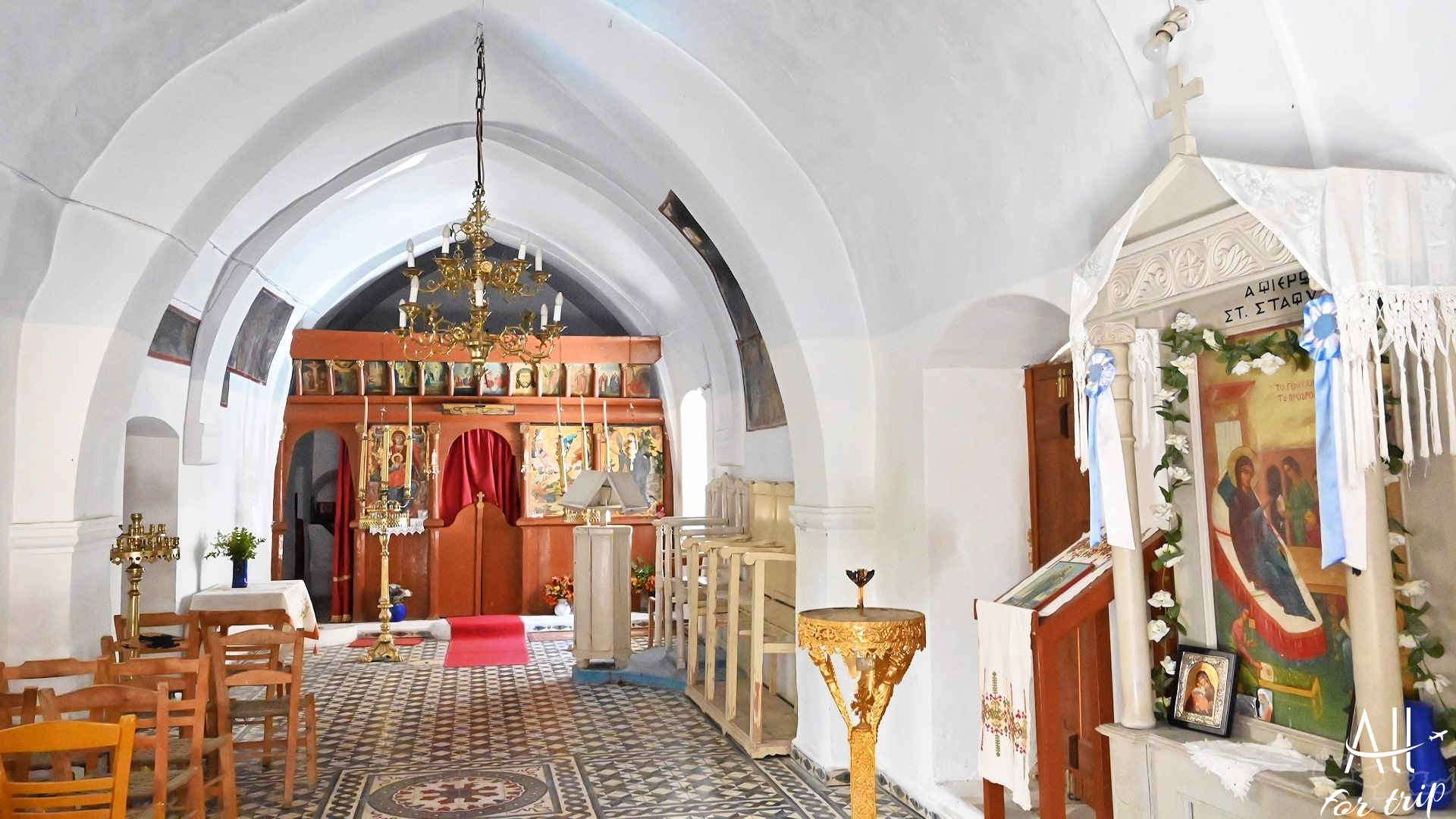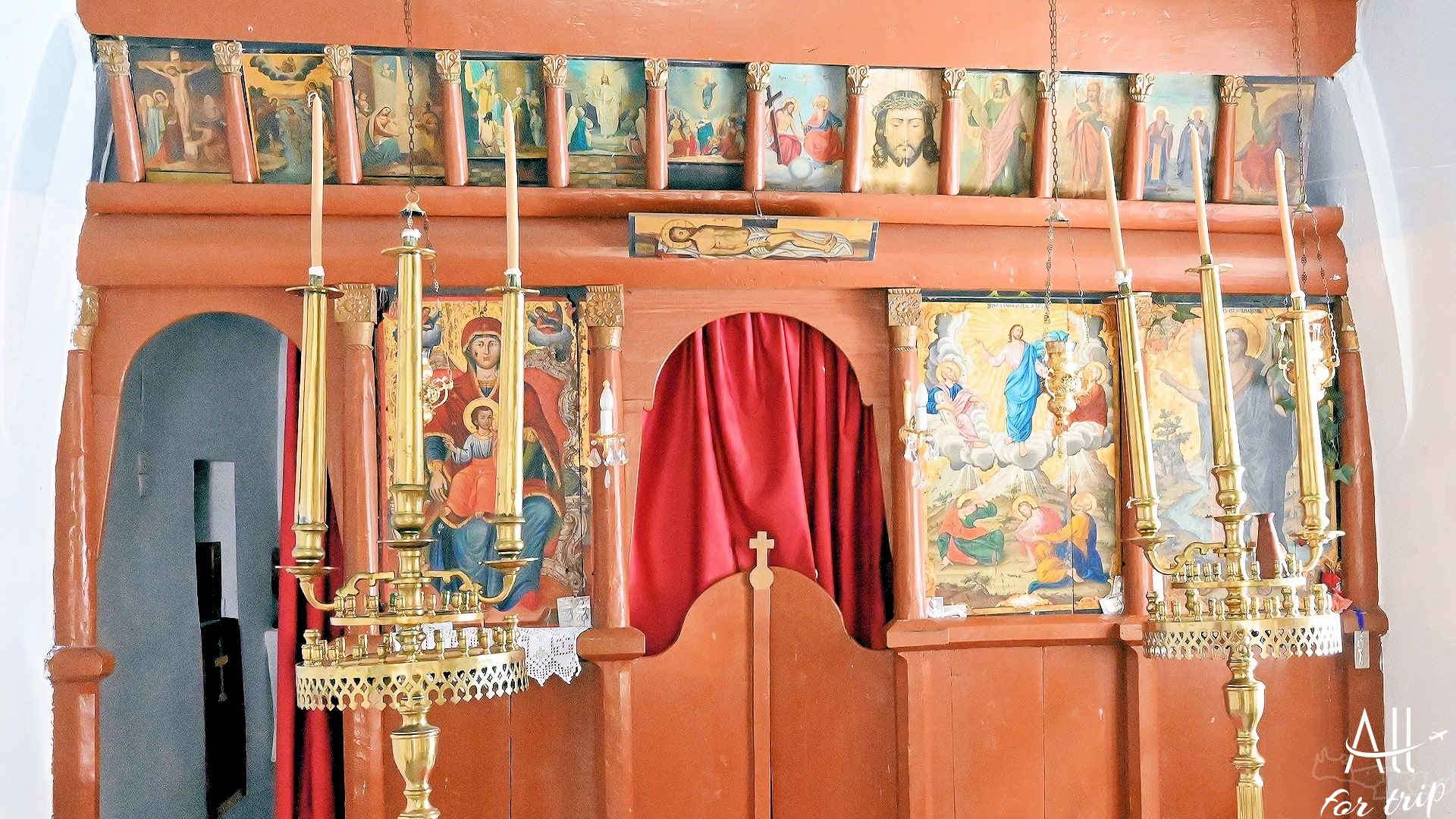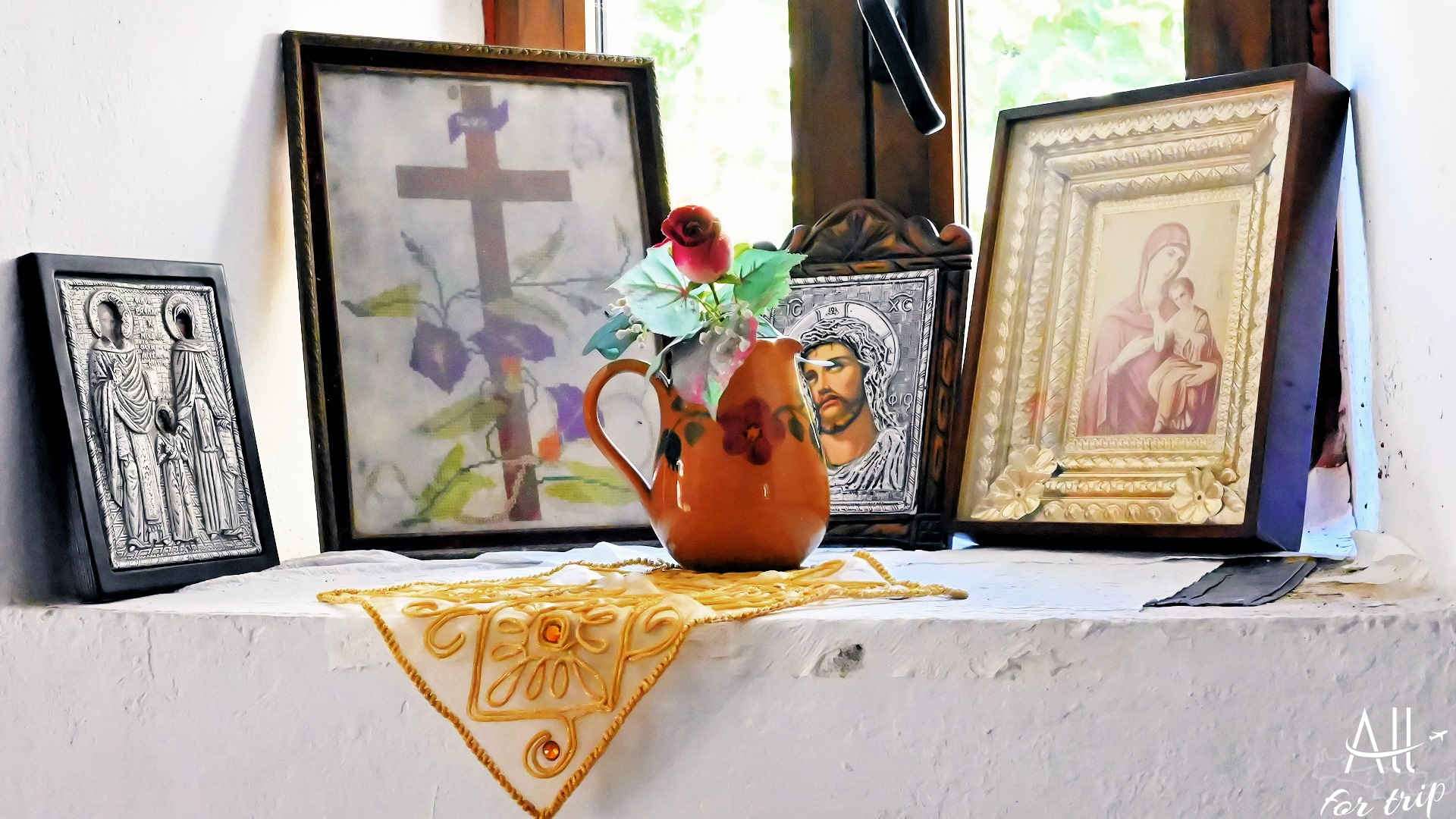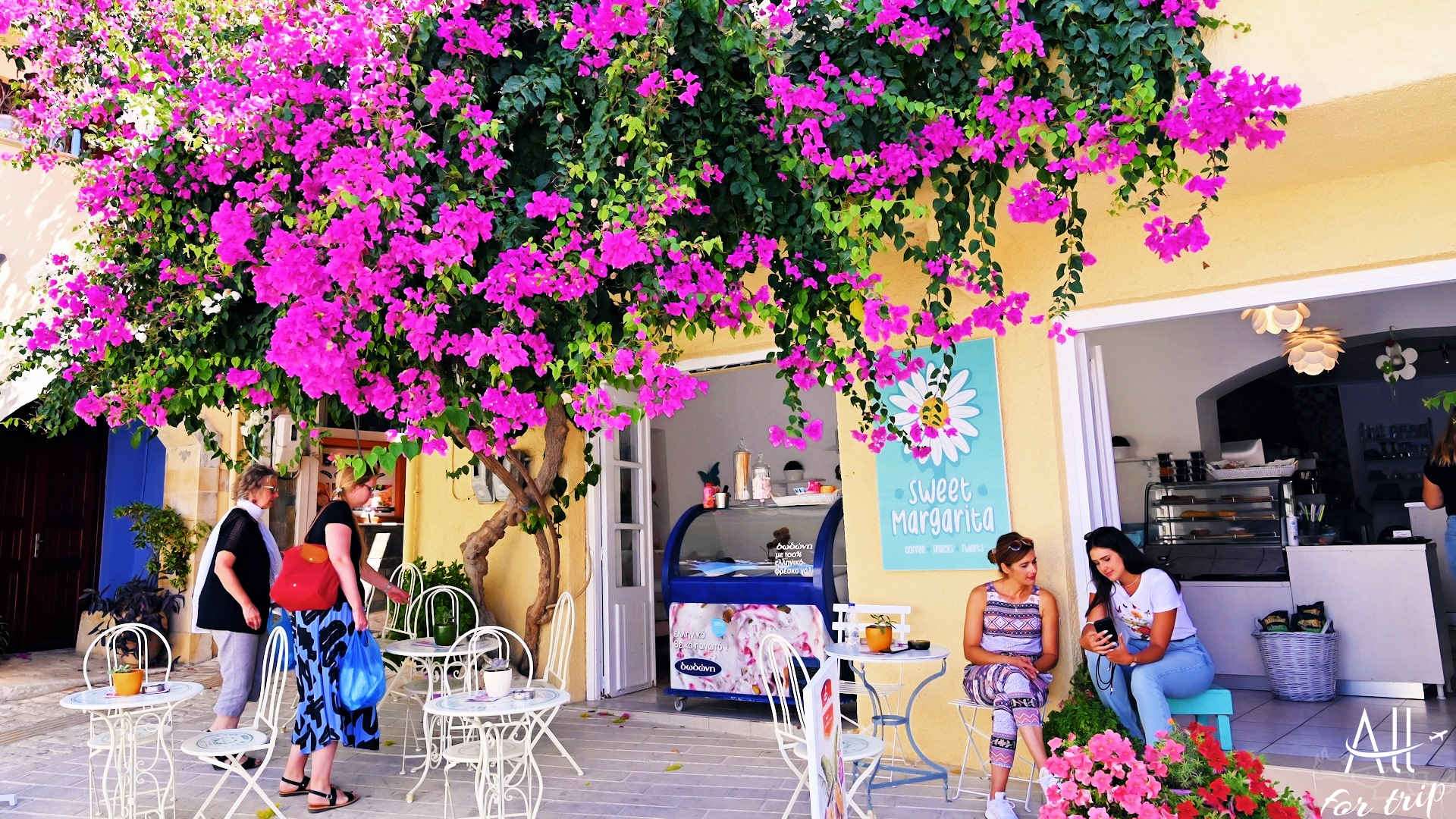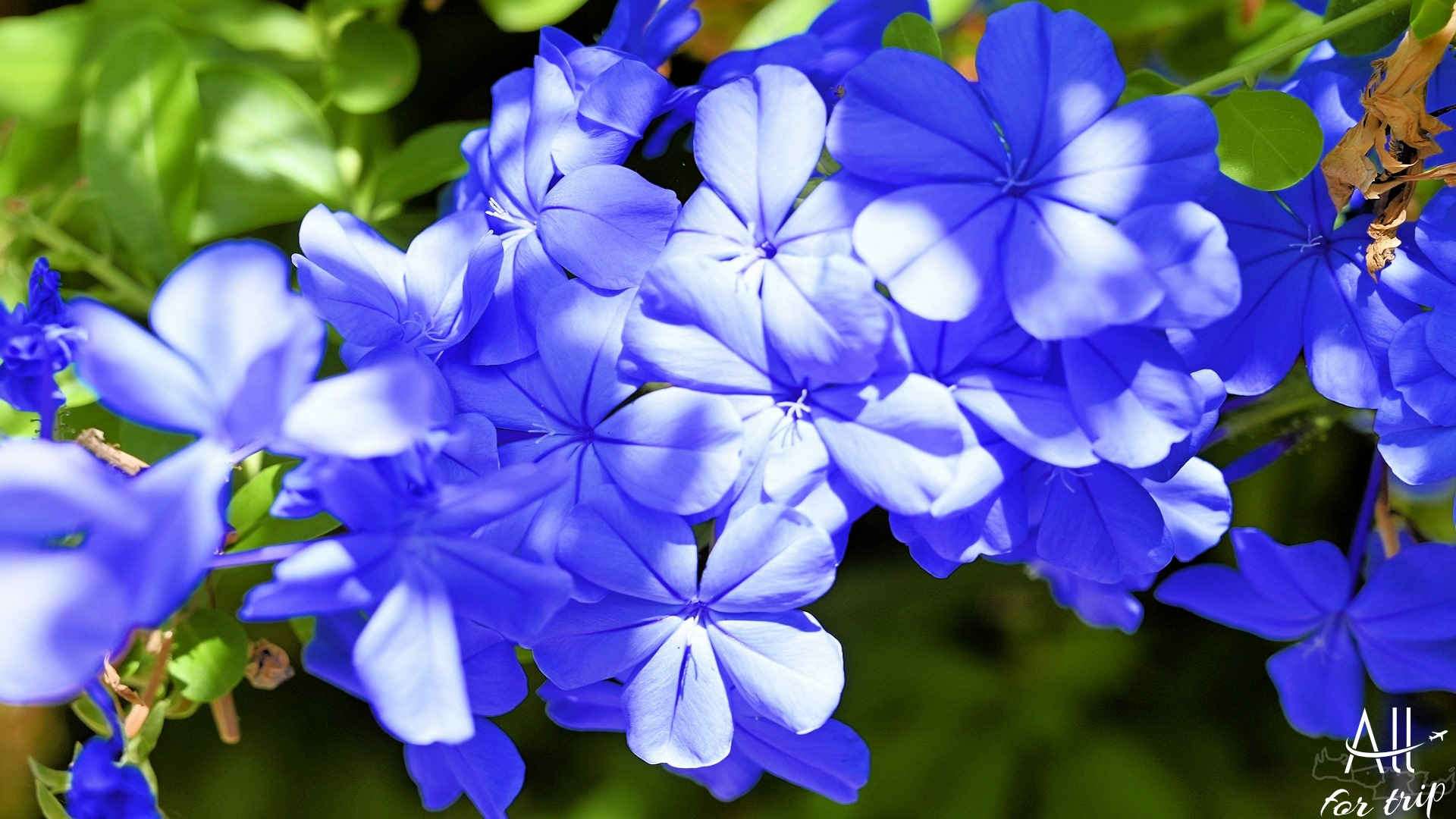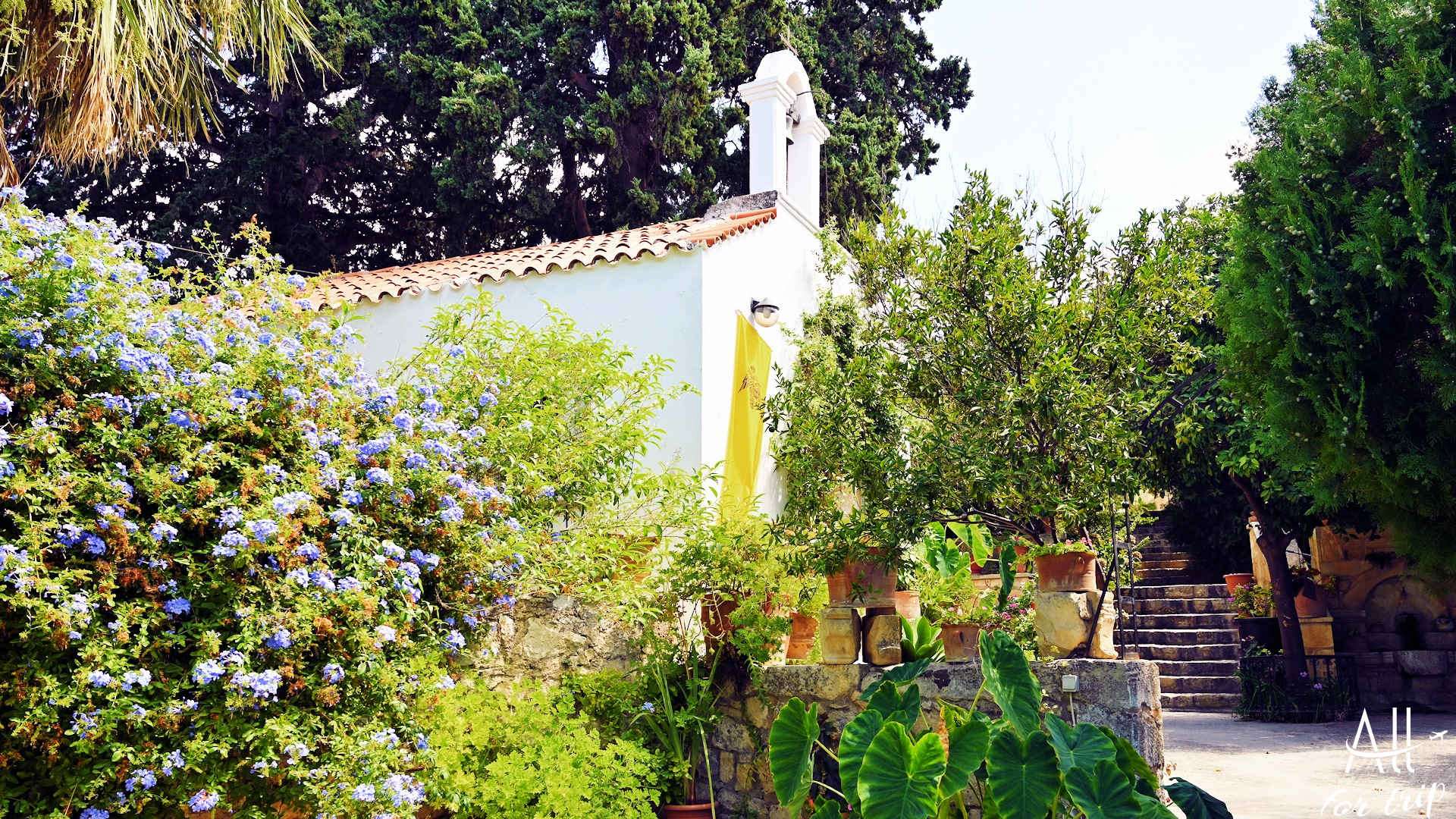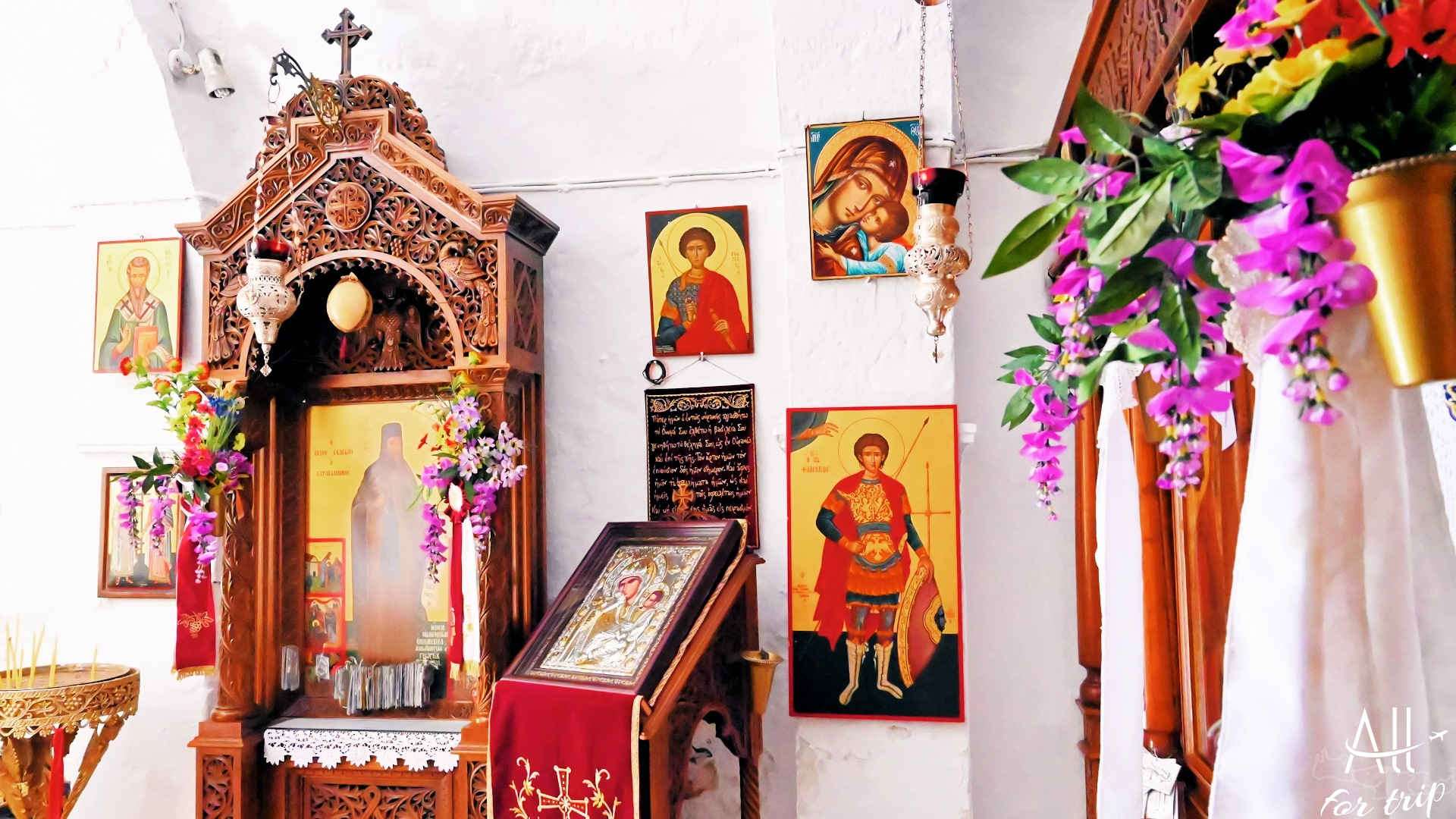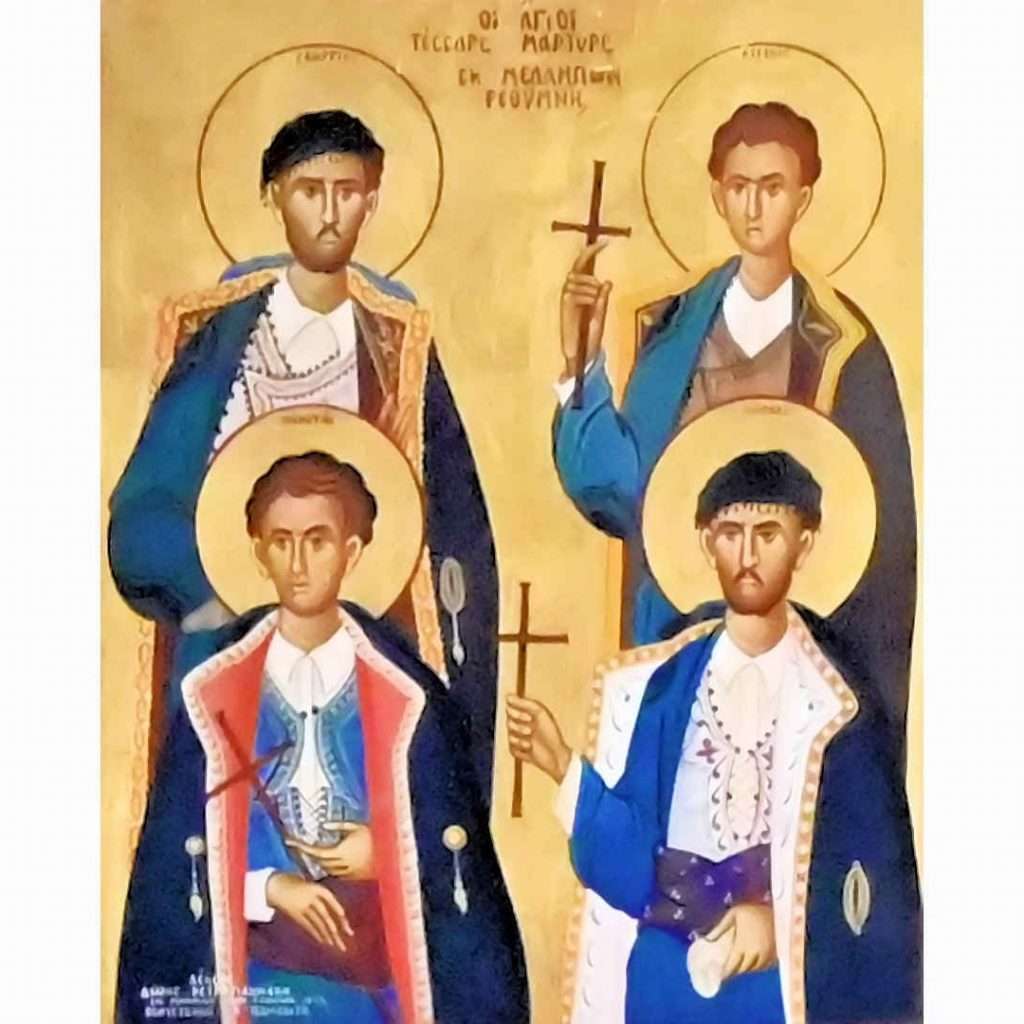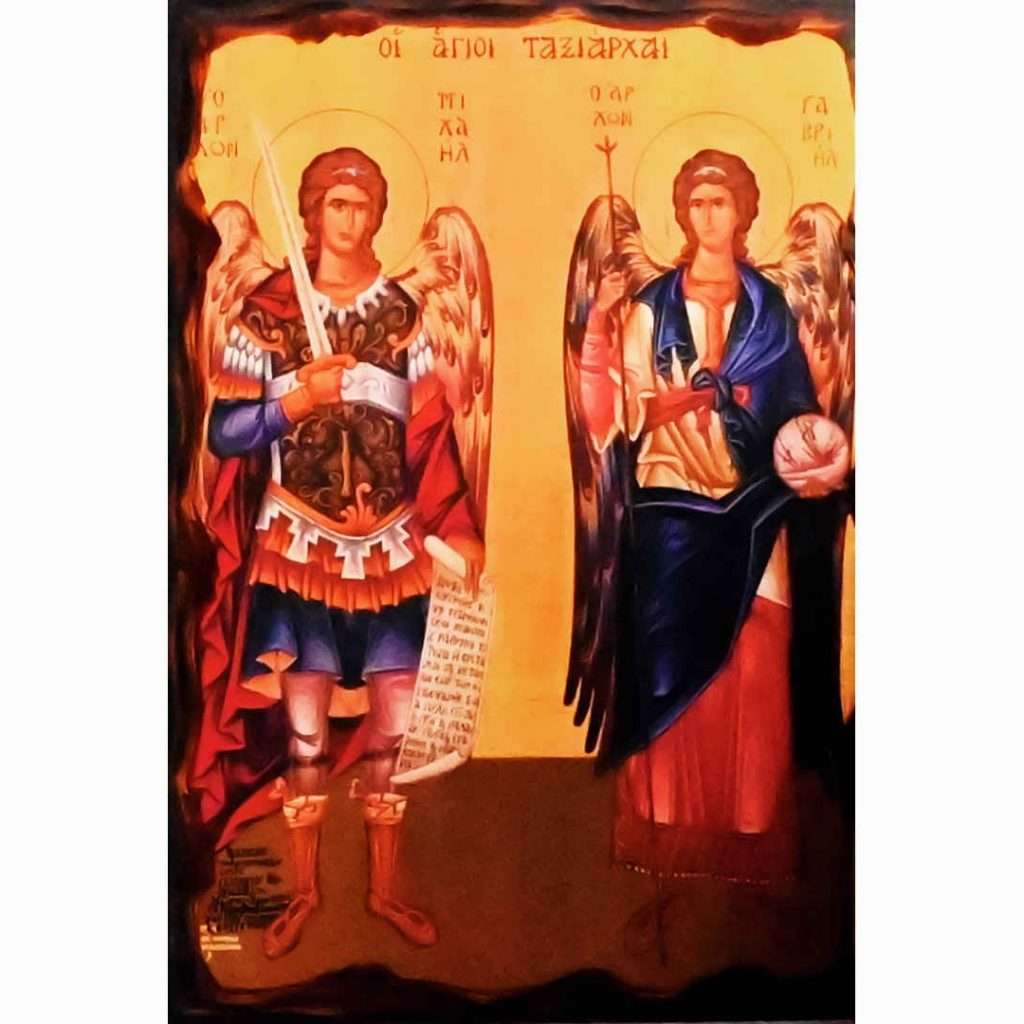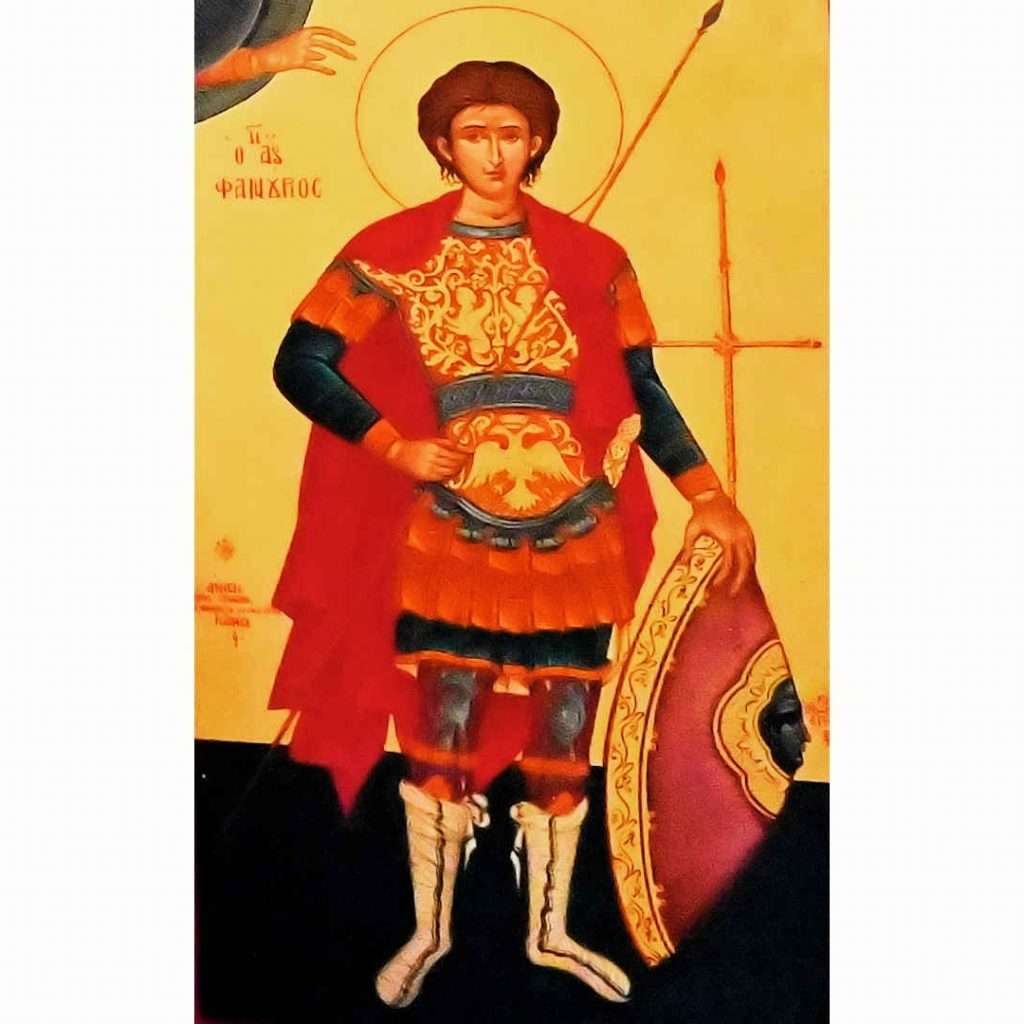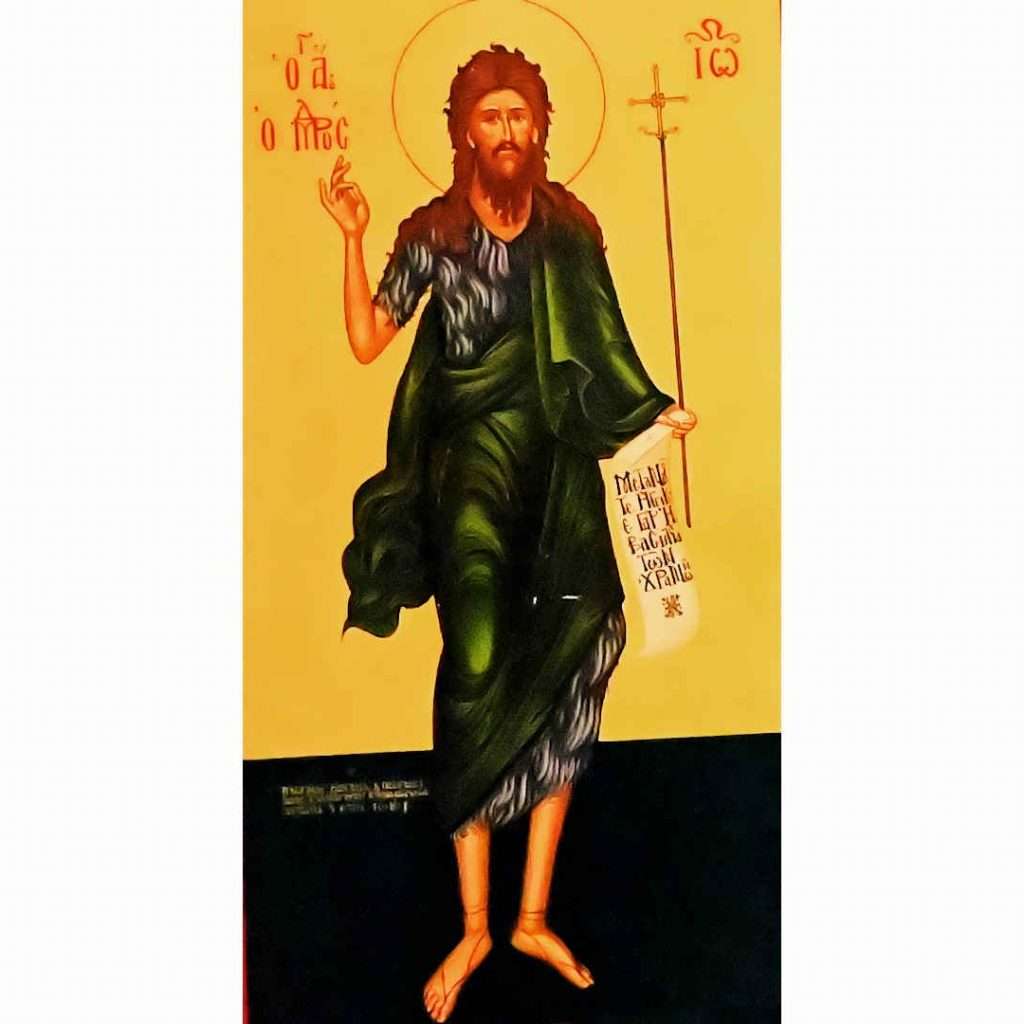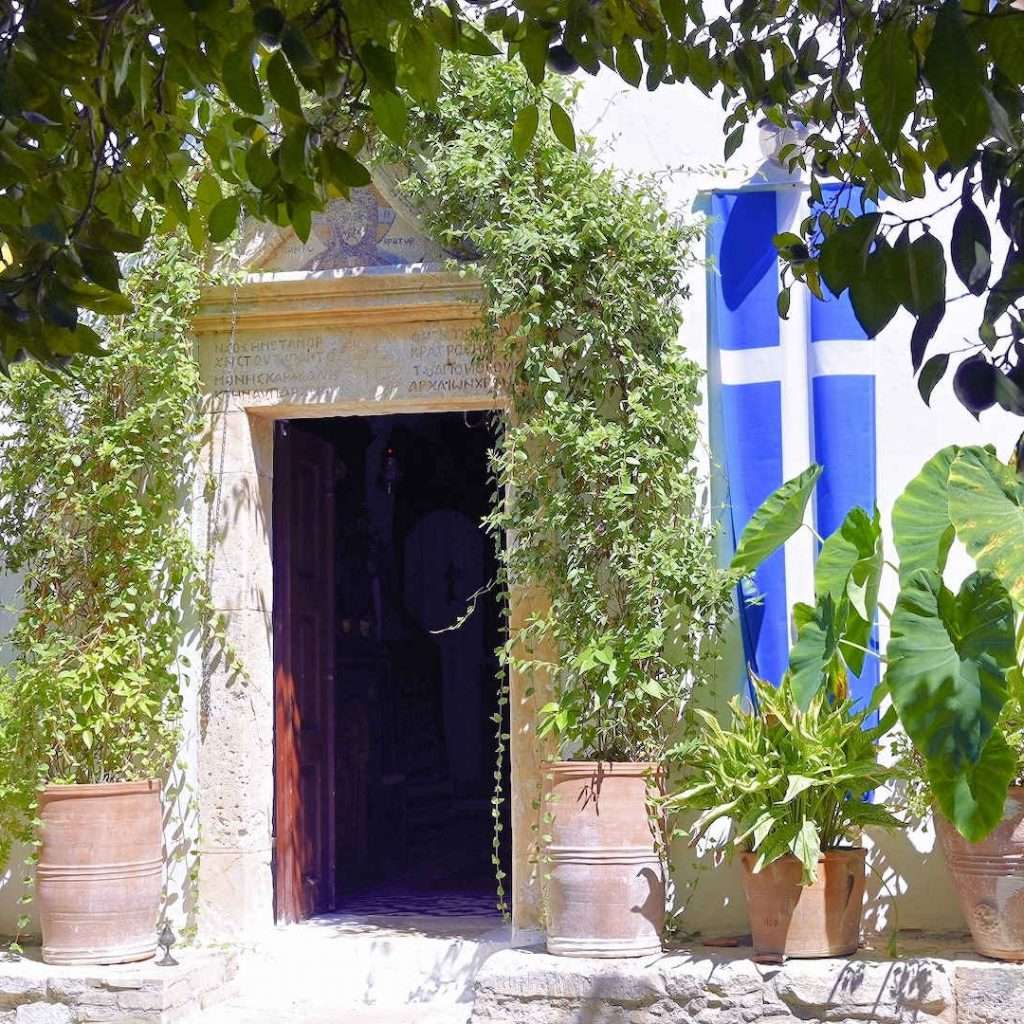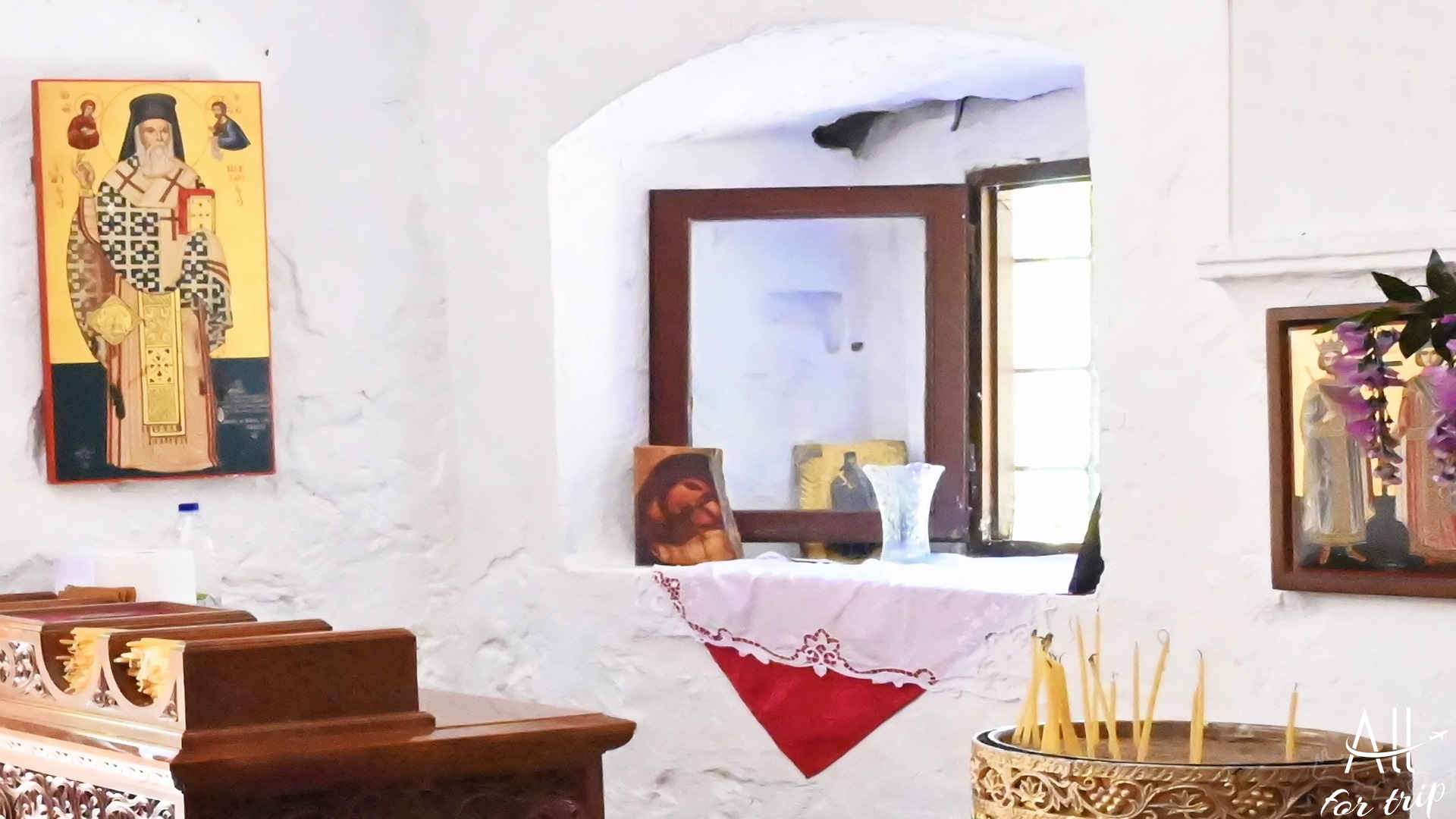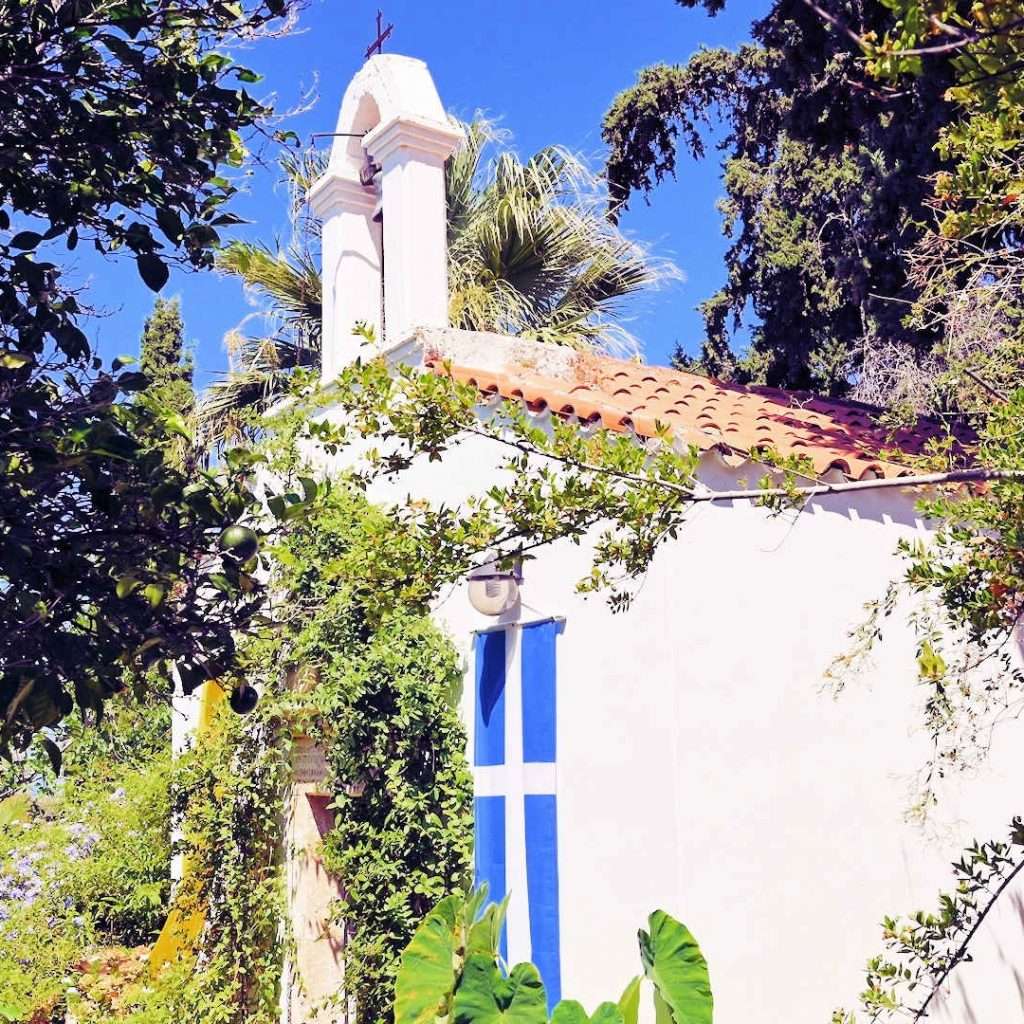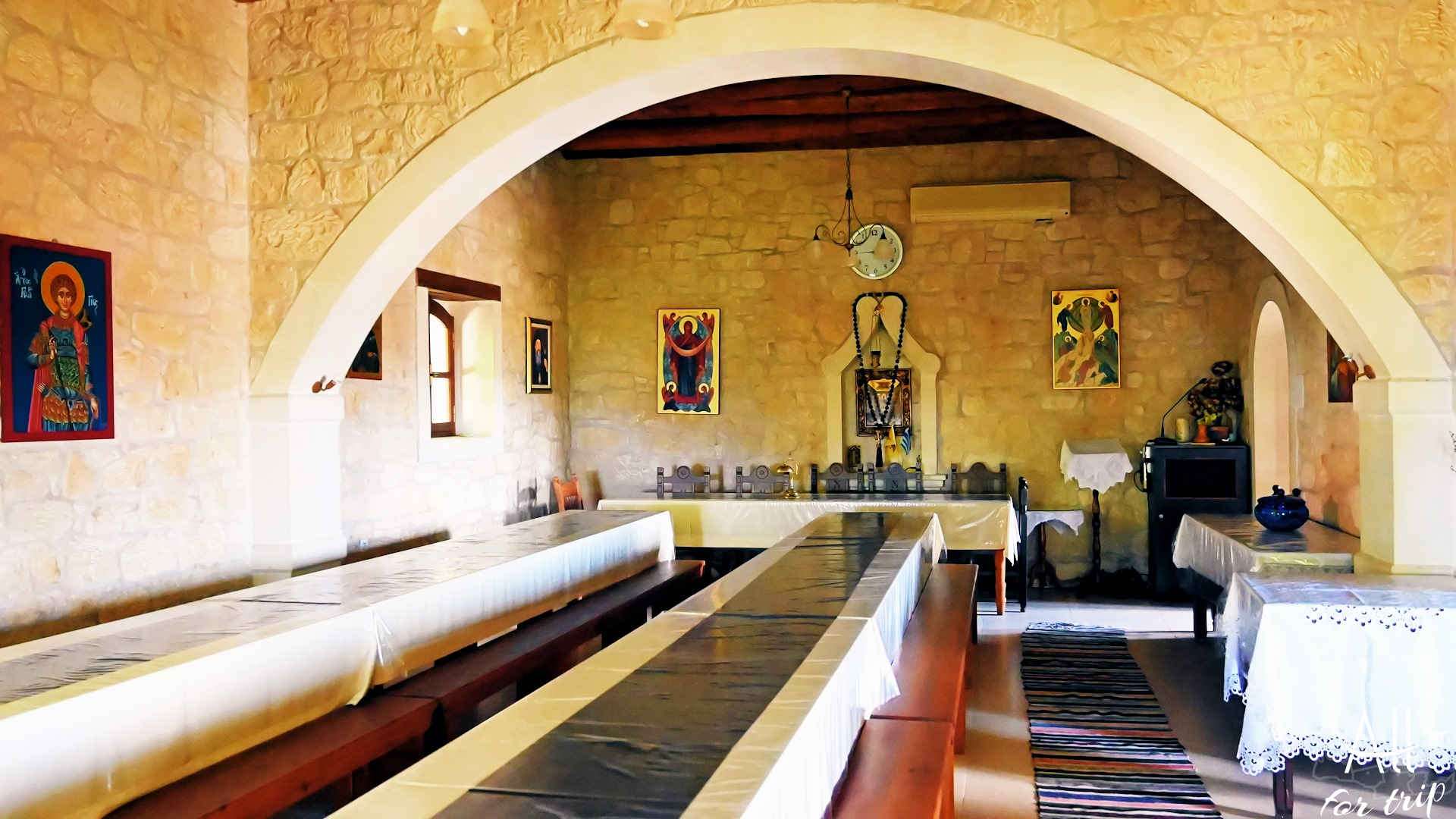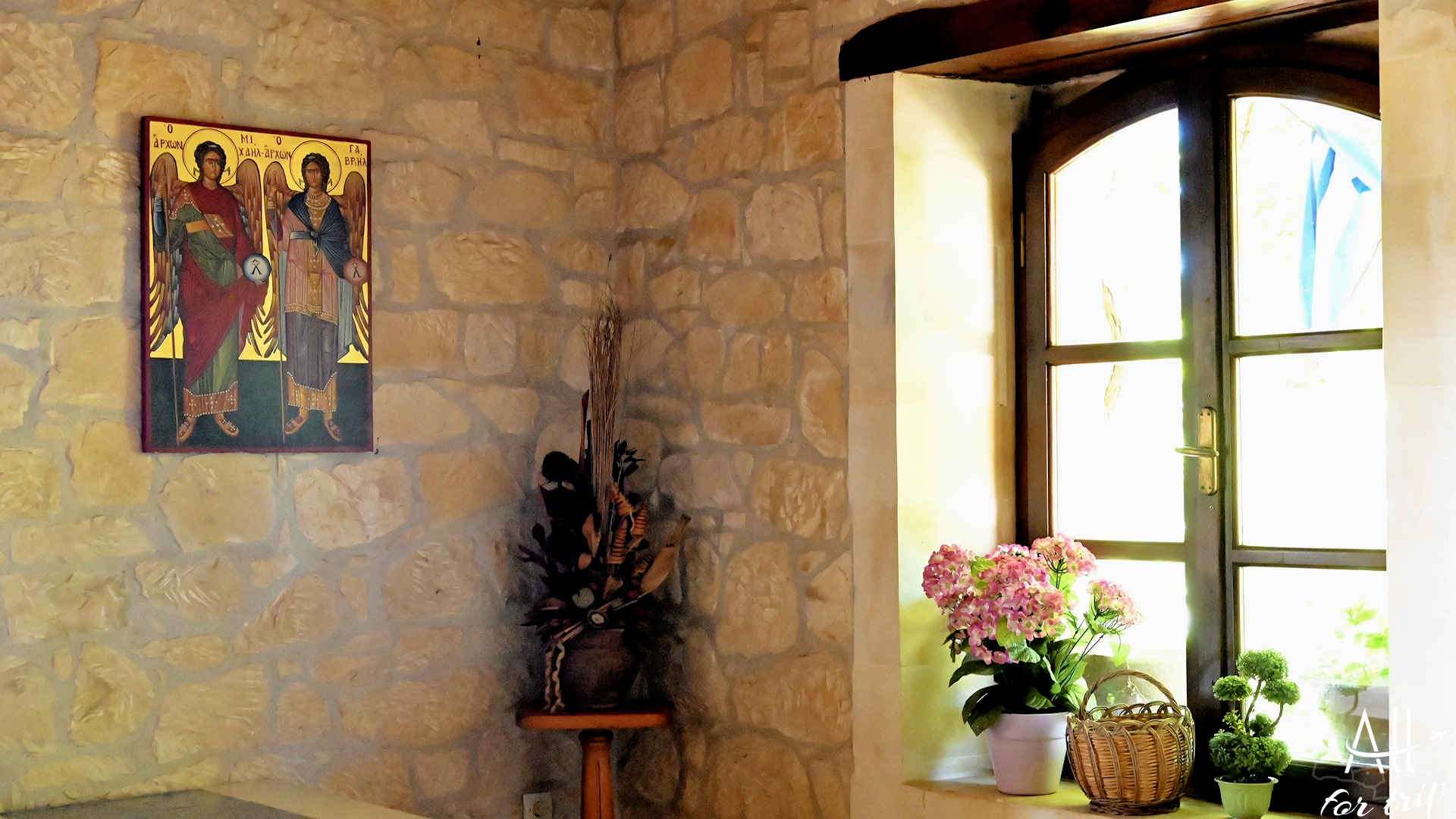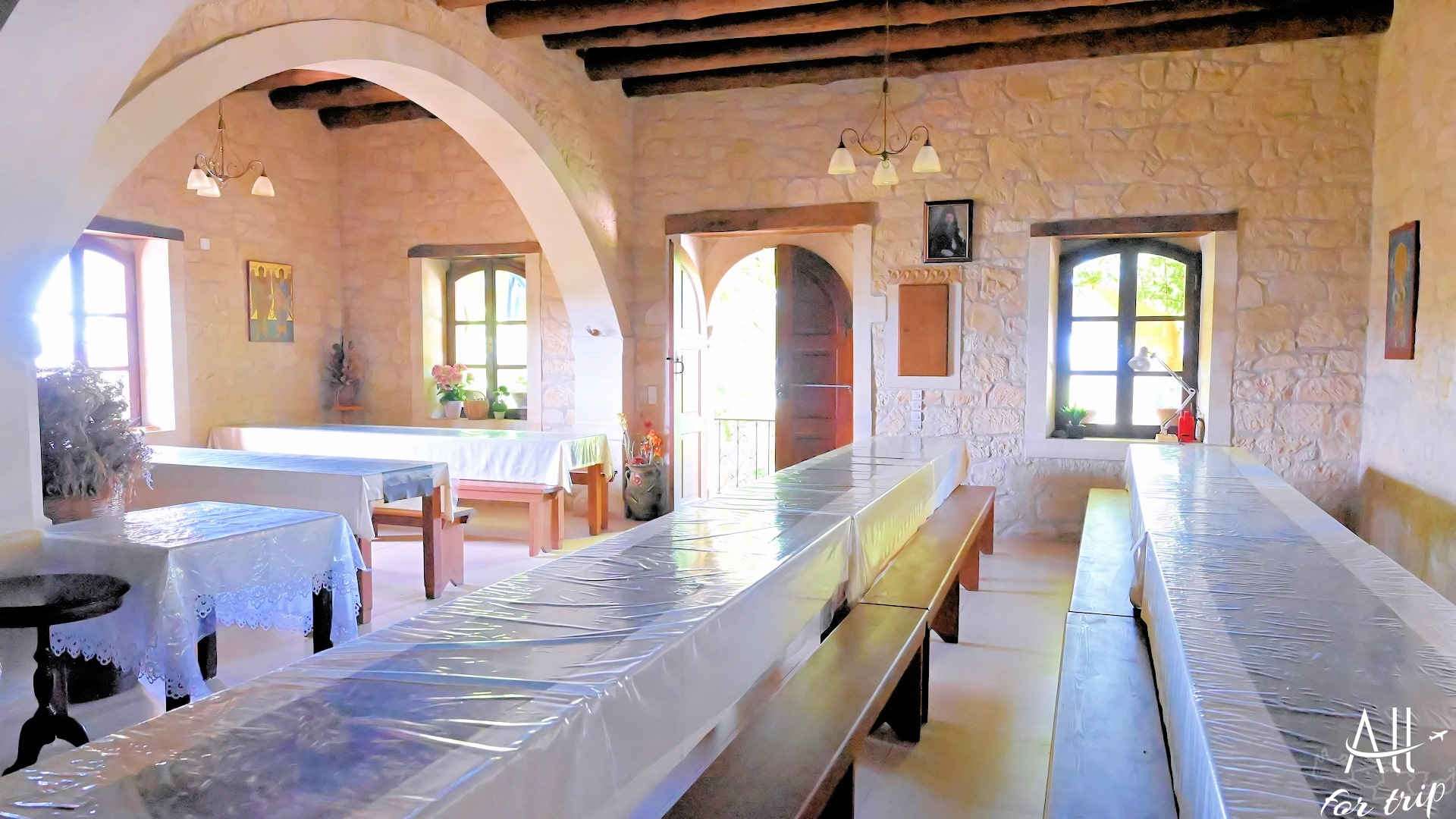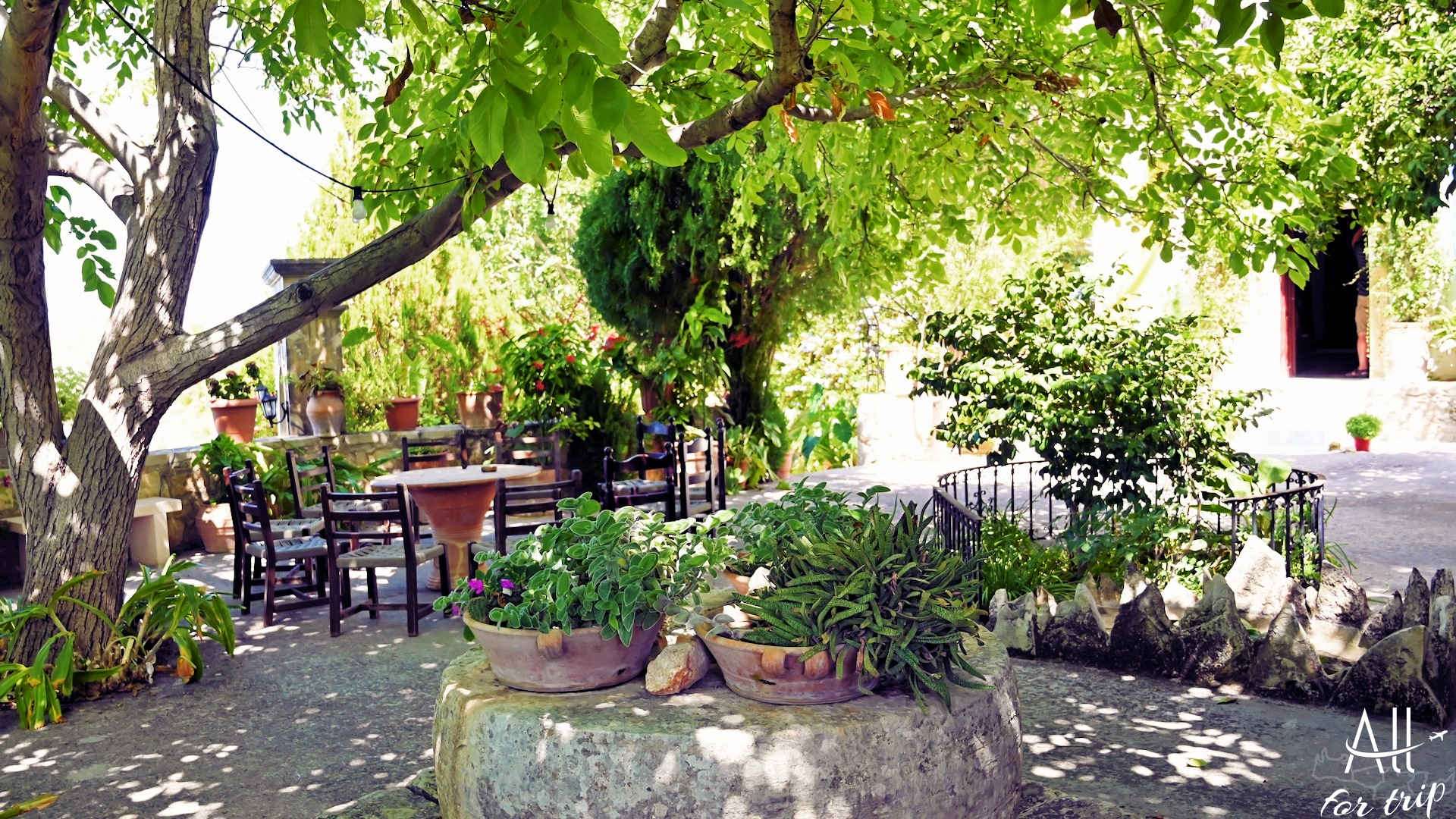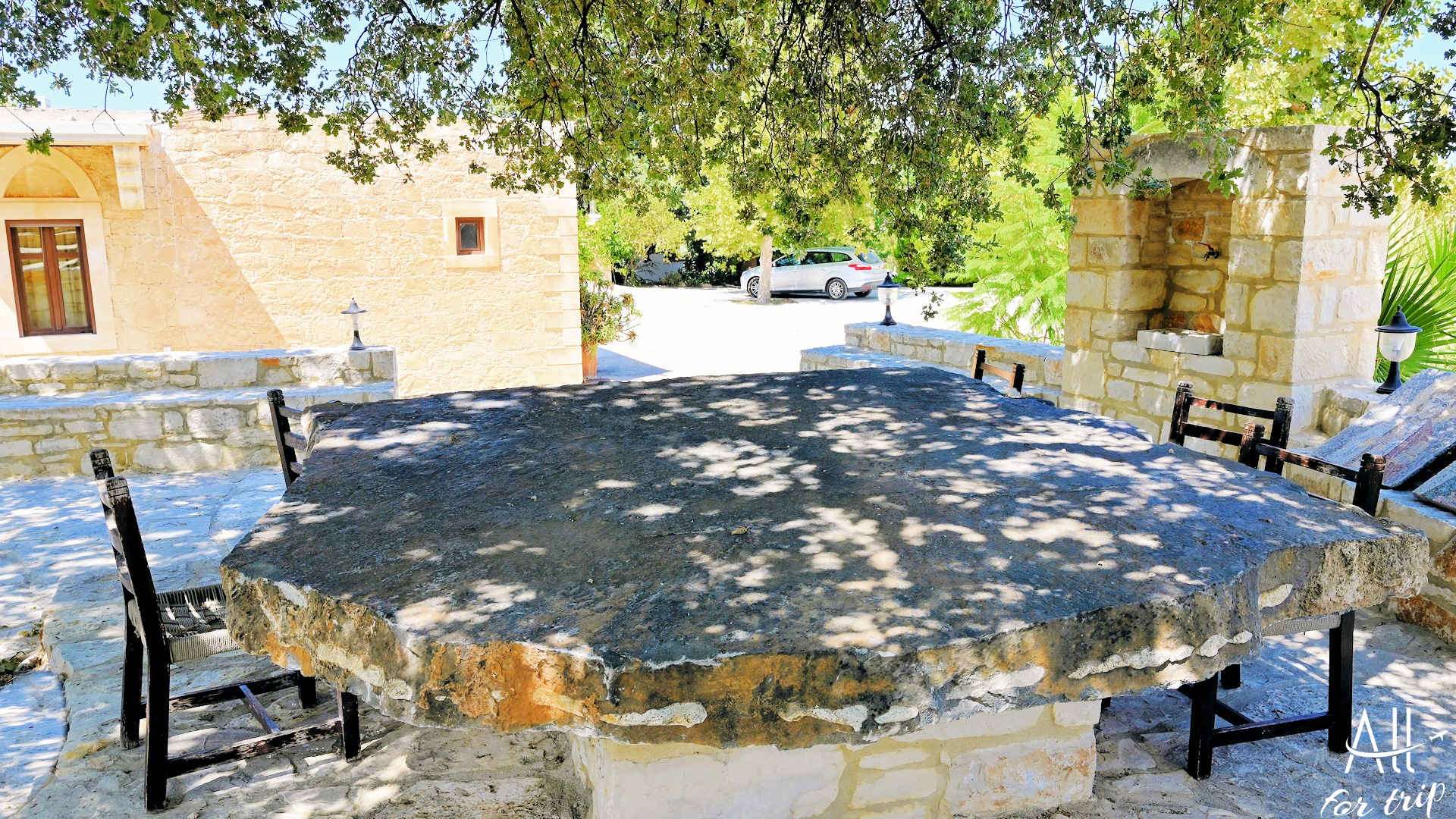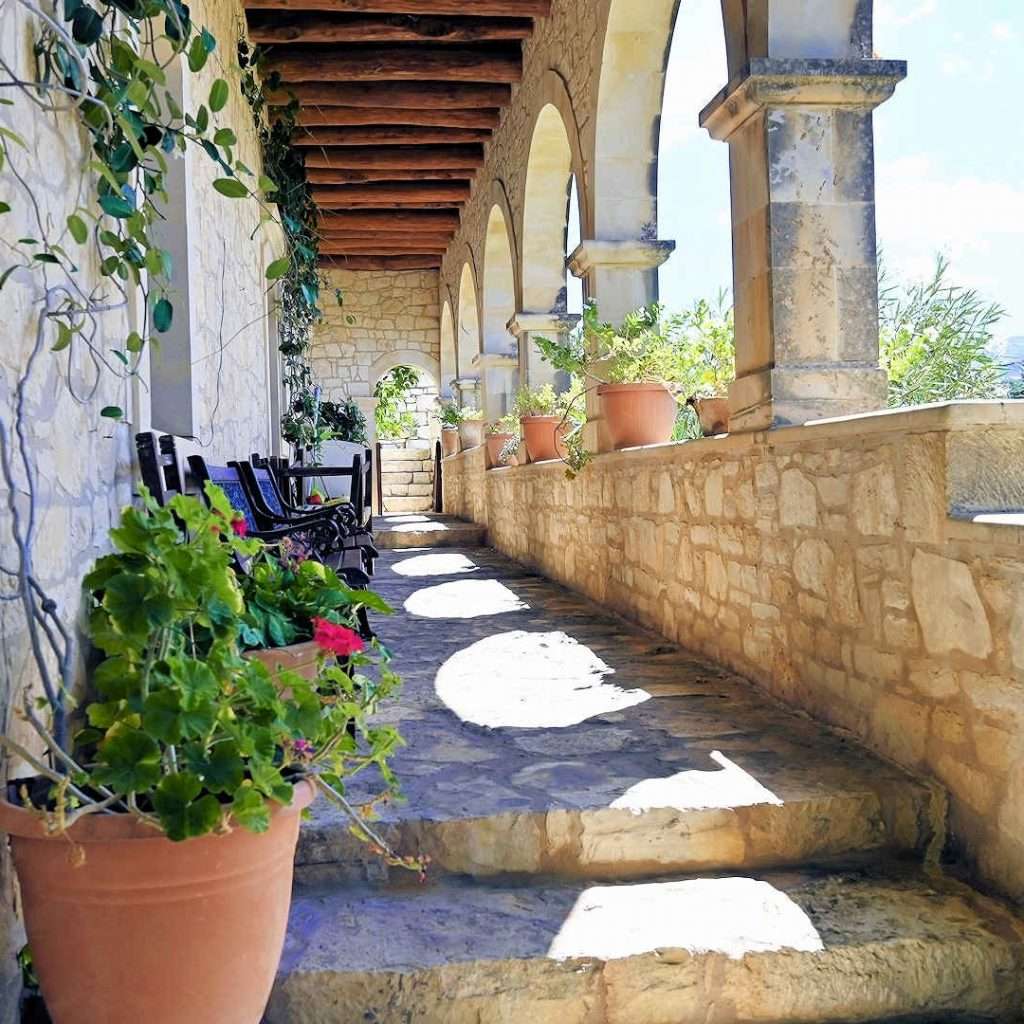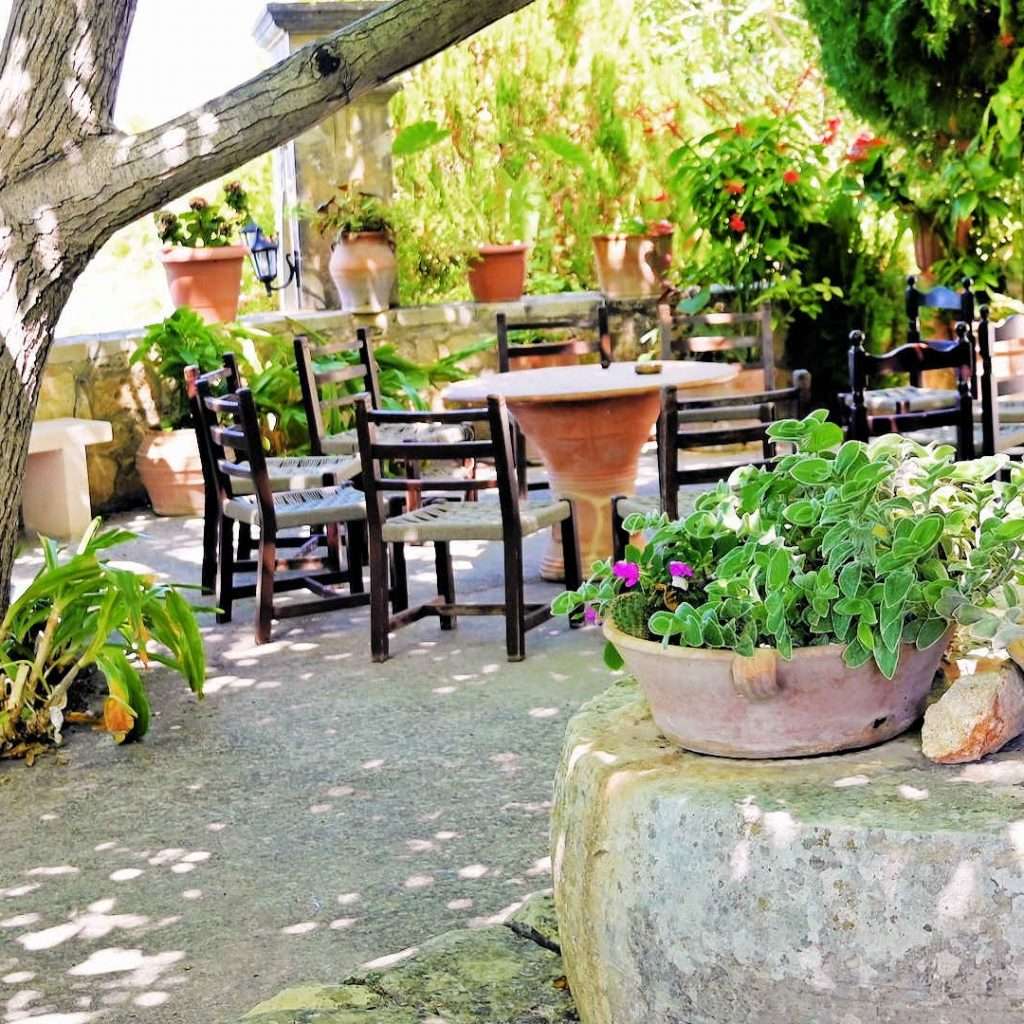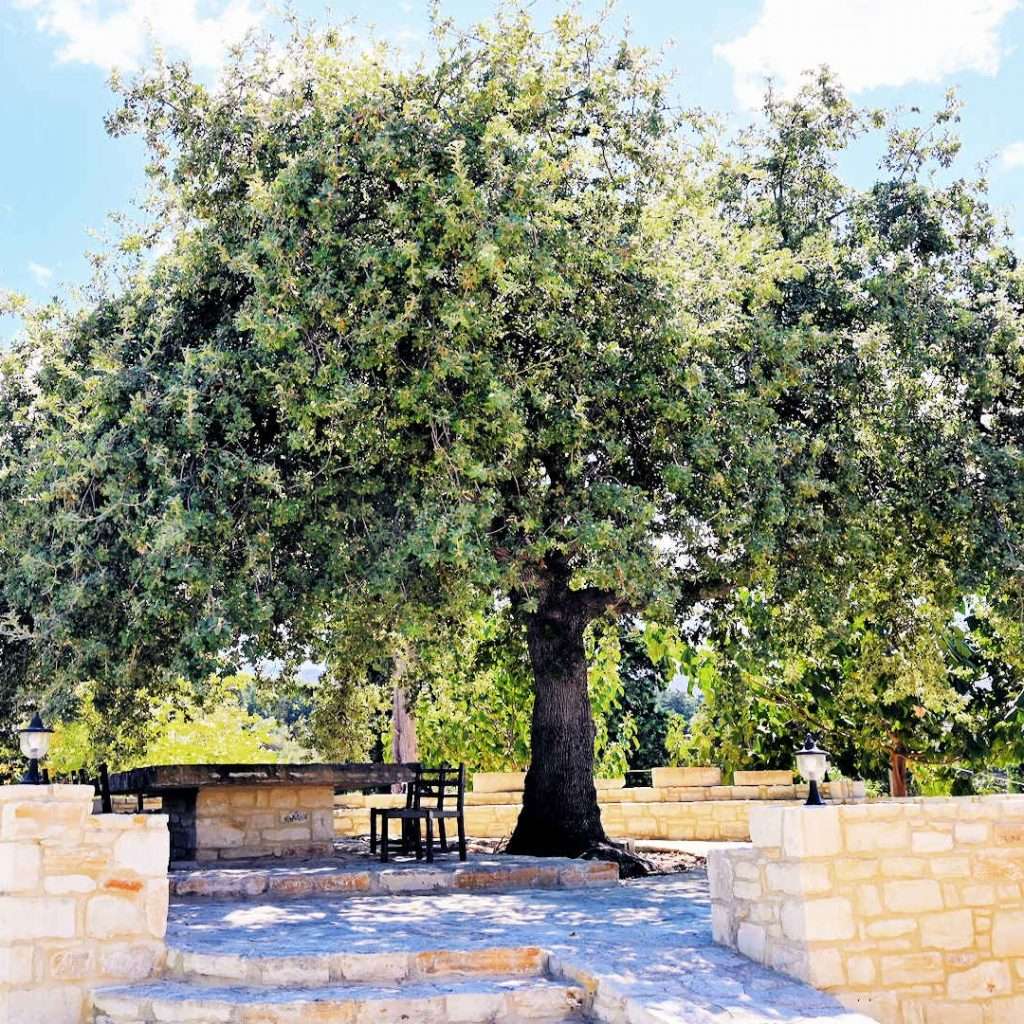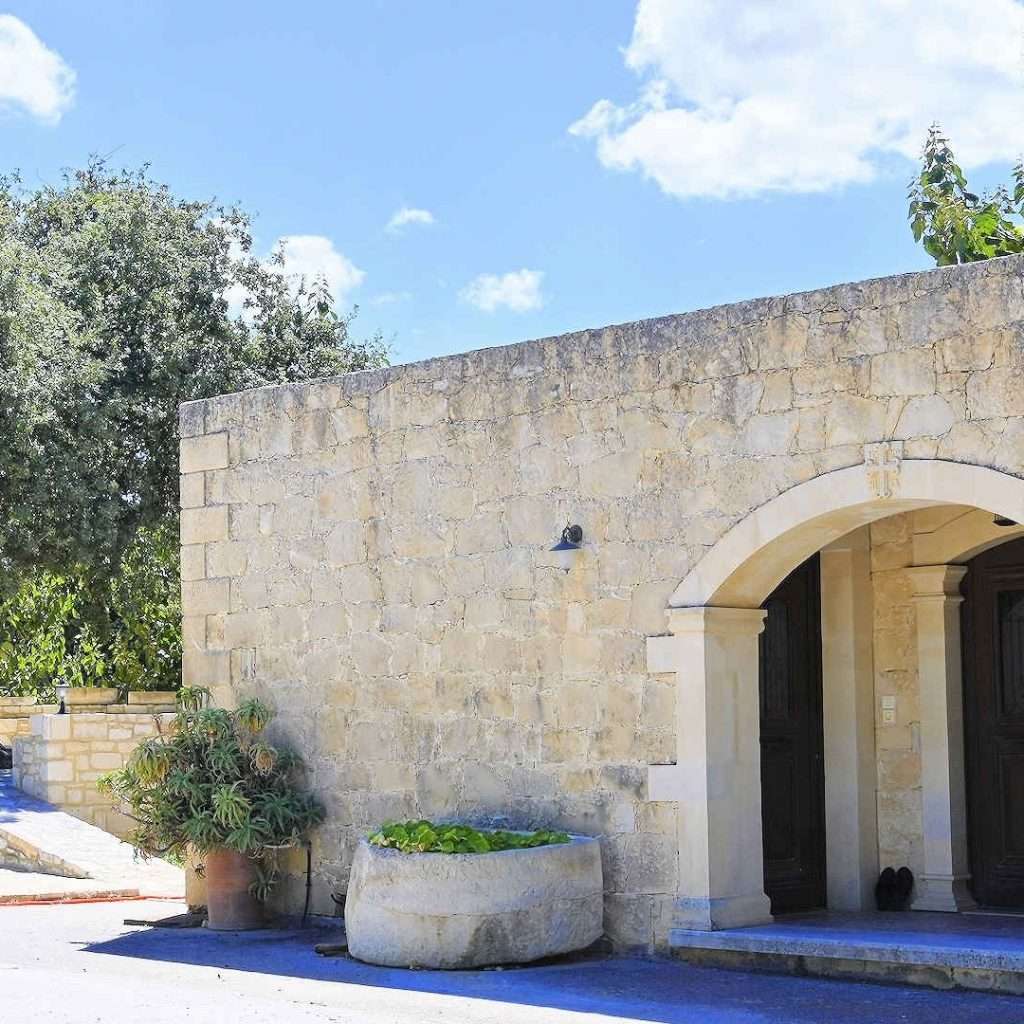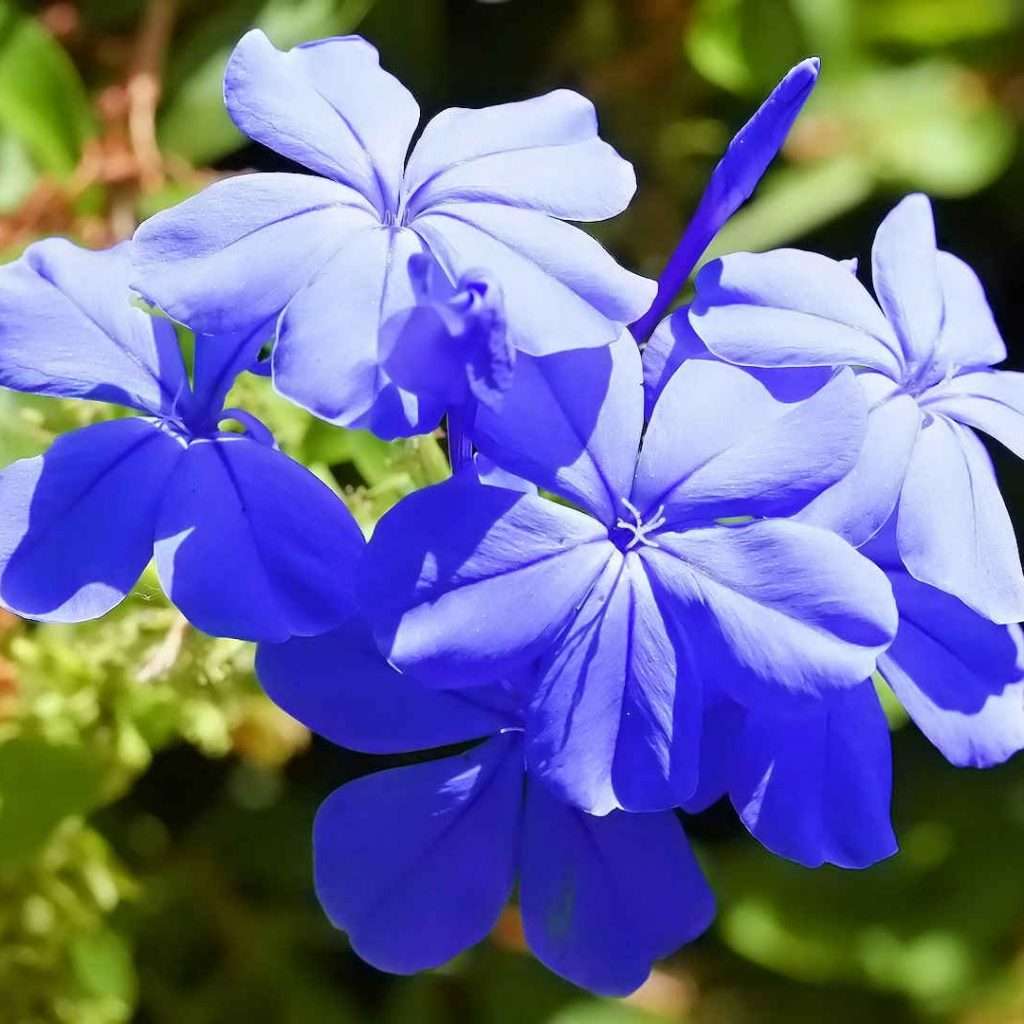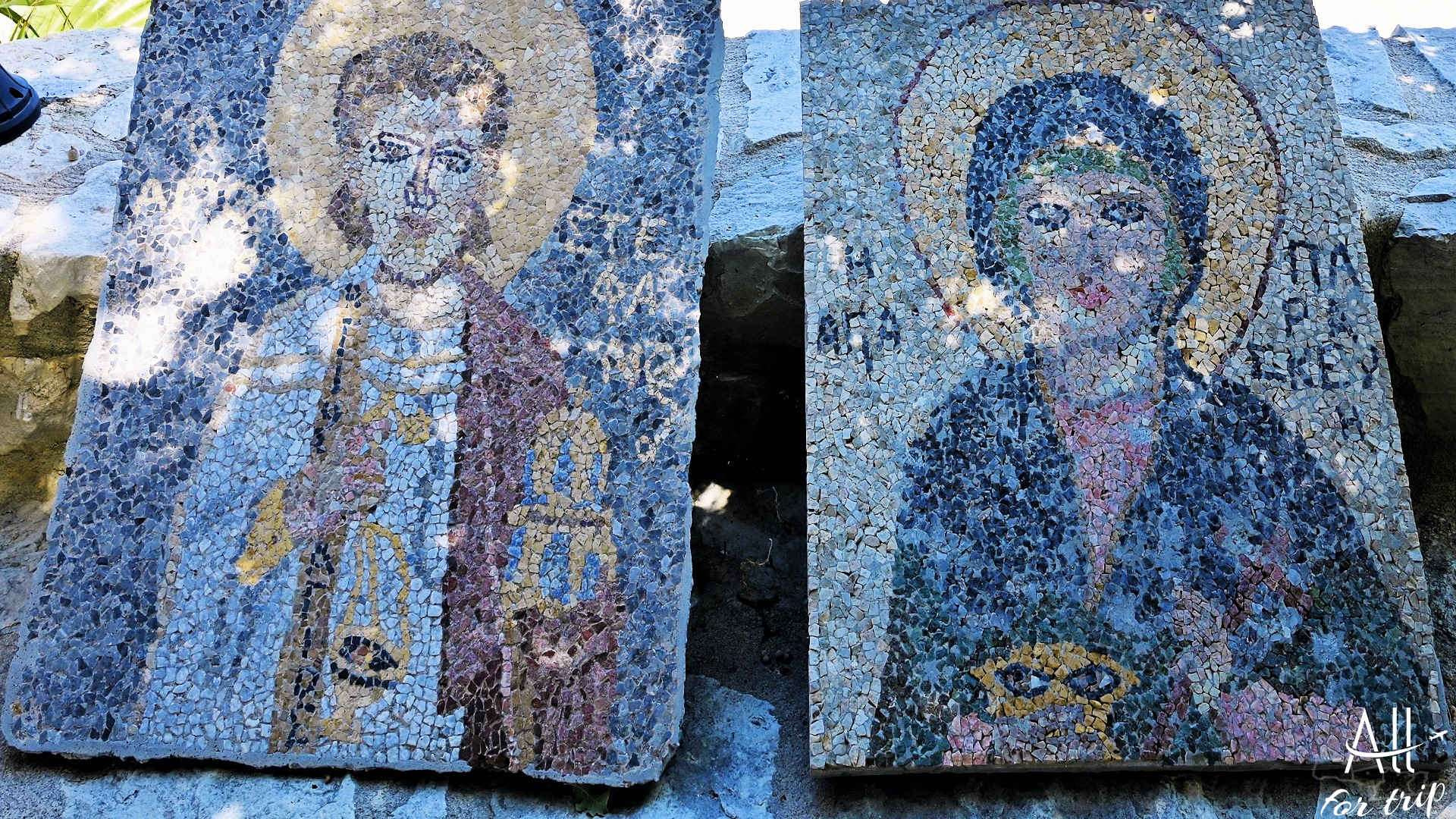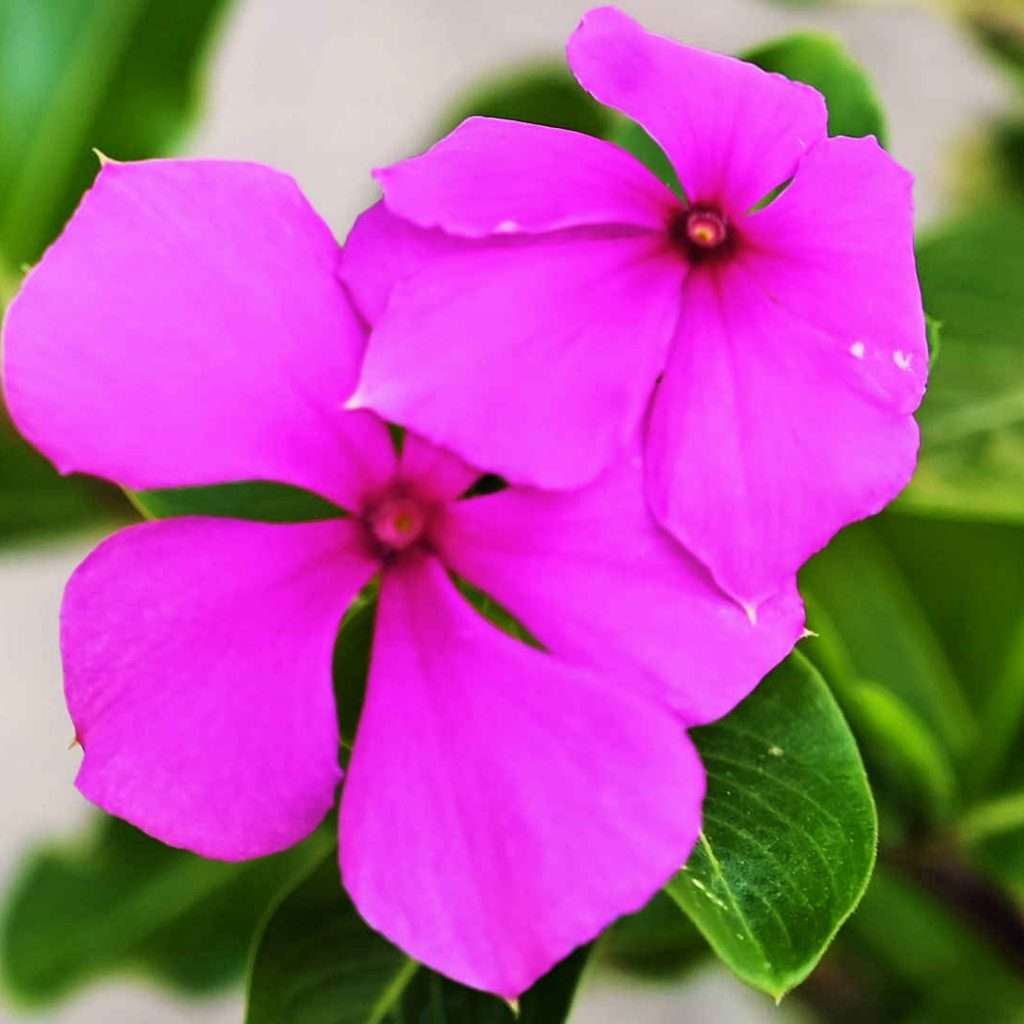THE SOTIROS AND AGIOU GIDEON MONASTERY
THE CHRIST SAVIOR AND SAINT GIDEON MONASTERY – MARGARITES
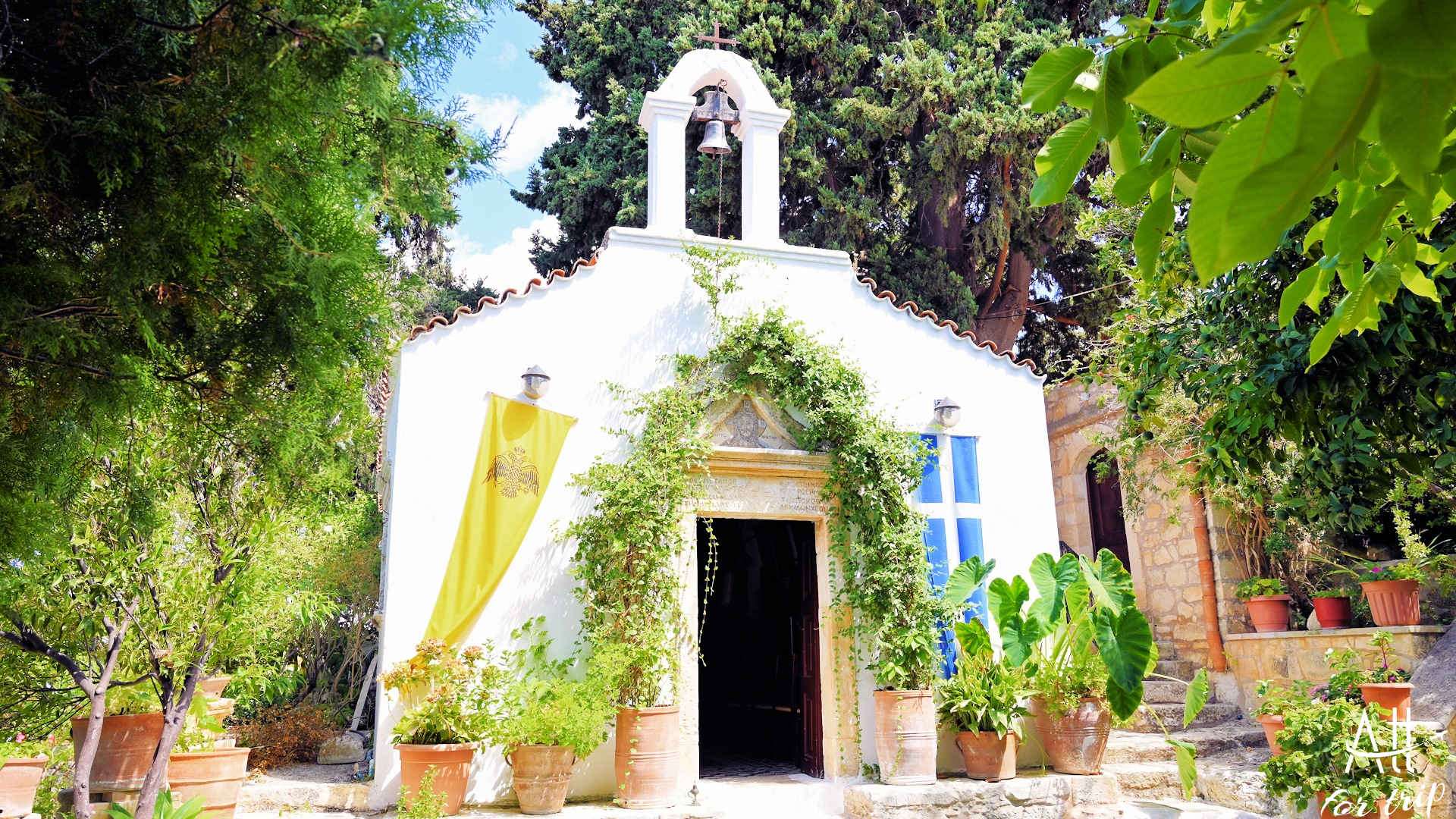
The monastery is also known as the Karakalou monastery, which refers to the connection, with the Karakalou monastery in Athos.
Unfortunately, we do not know the exact date of the construction of the monastery, but on the tomb in front of the gate, the embossed coat of arms of the Venetian Dandolo family can be seen, so it was deduced from this: that the founder of the monastery belonged to this family.
Therefore, the time of the founding of the women’s monastery: the end of the 15th century – the beginning of the 16th century.
GPS is very important! – because no street names in Western Crete.
GPS: 35.340217, 24.688870
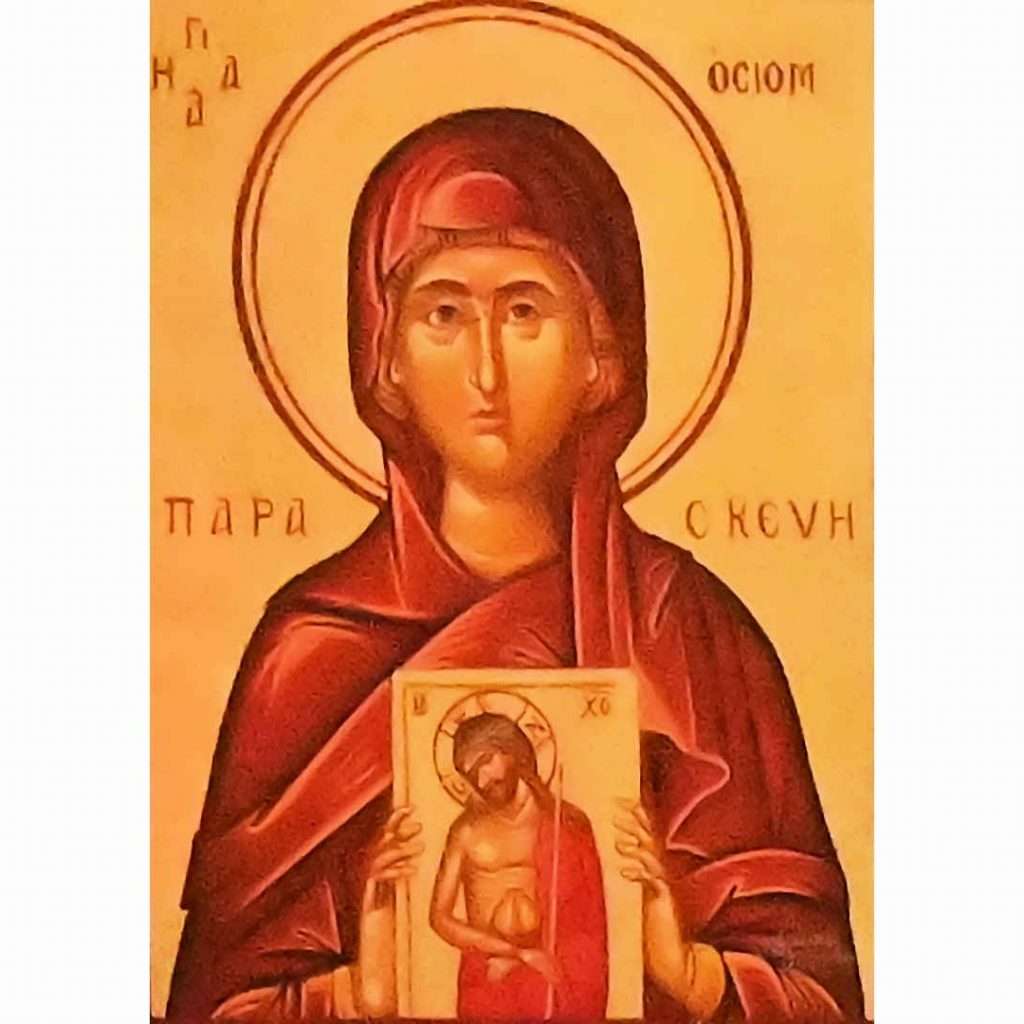
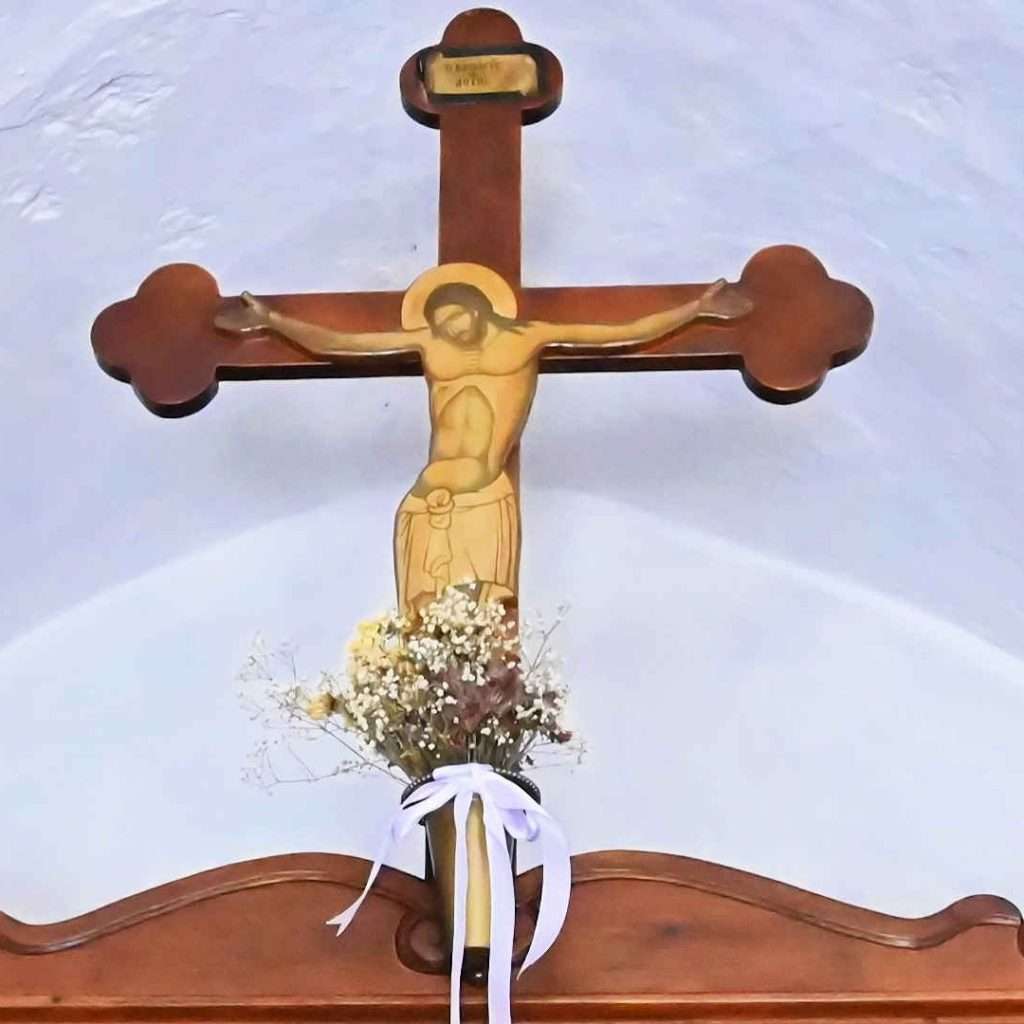
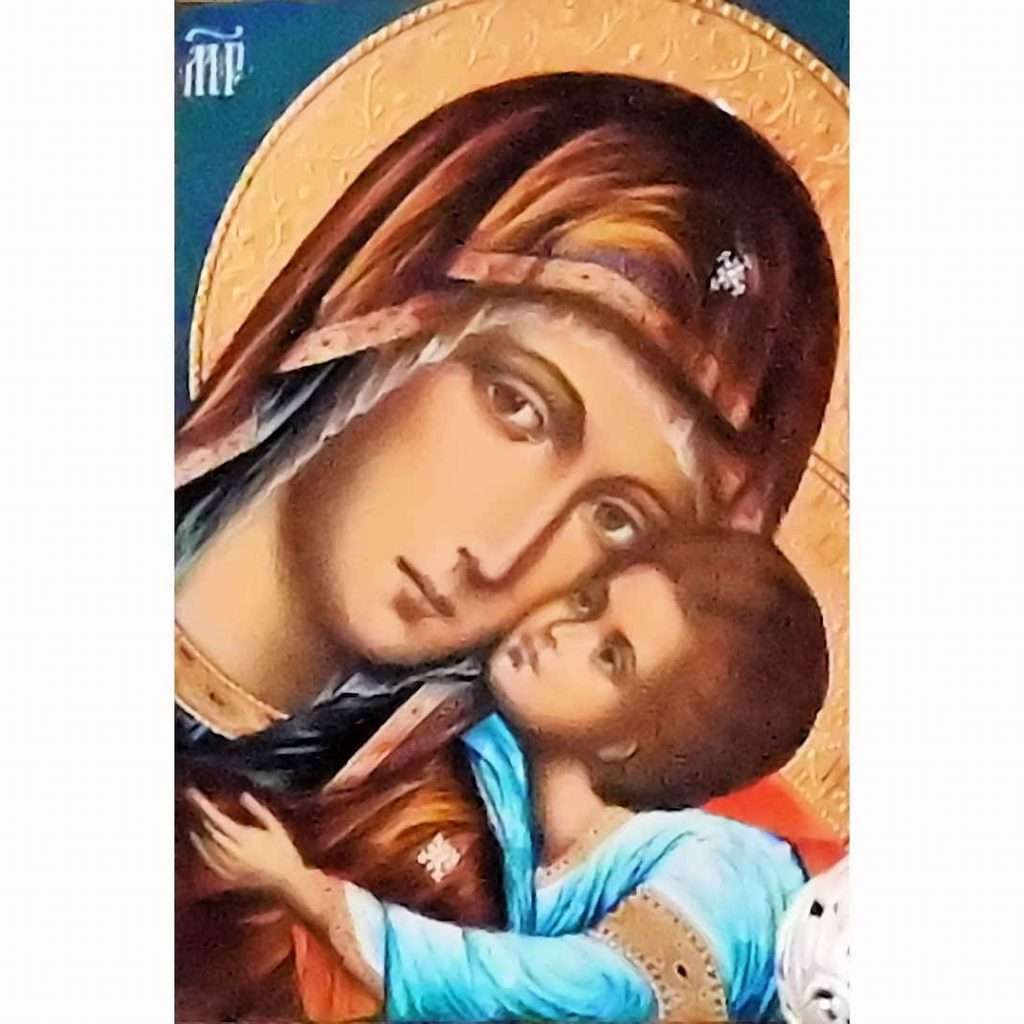
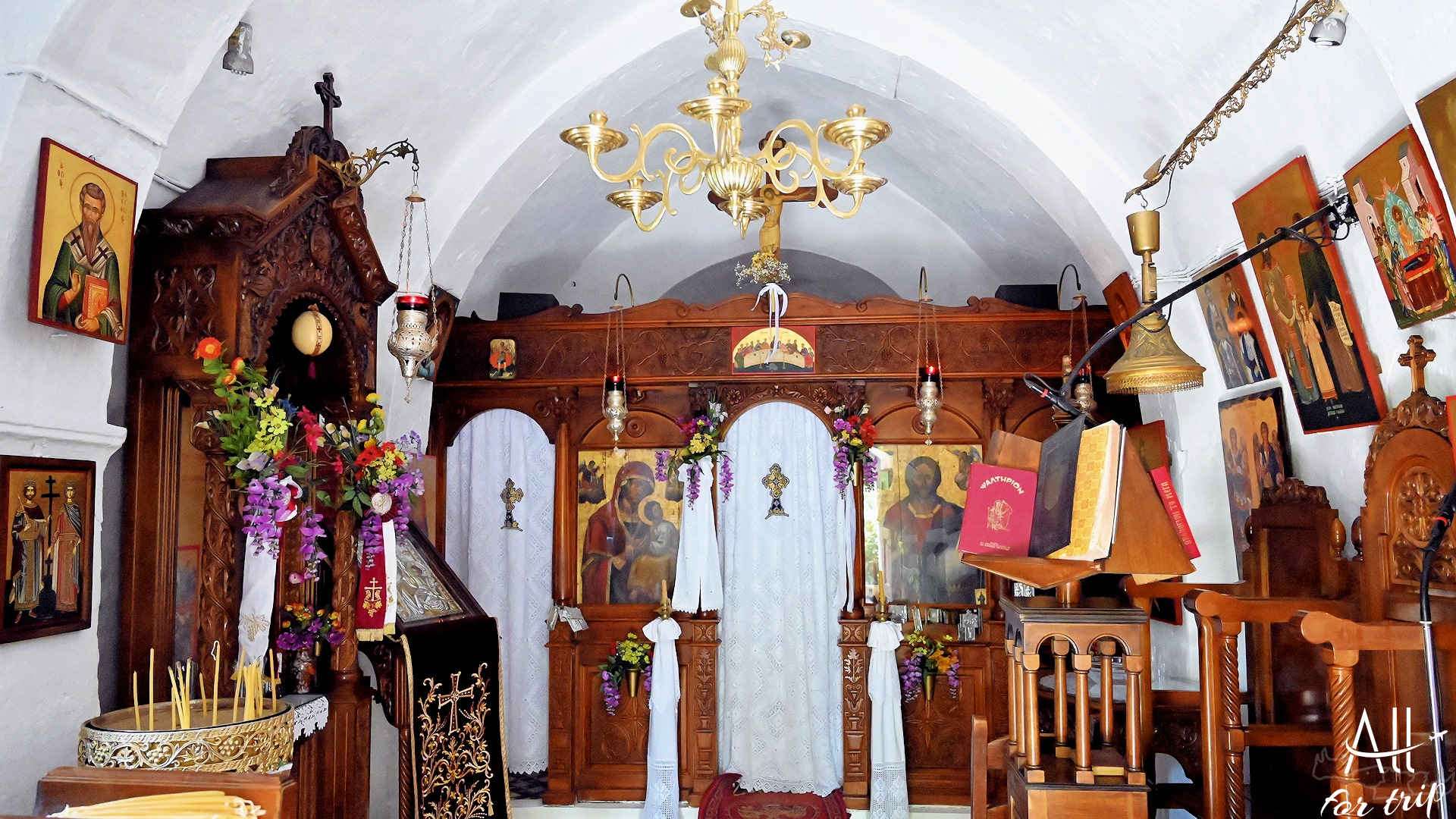
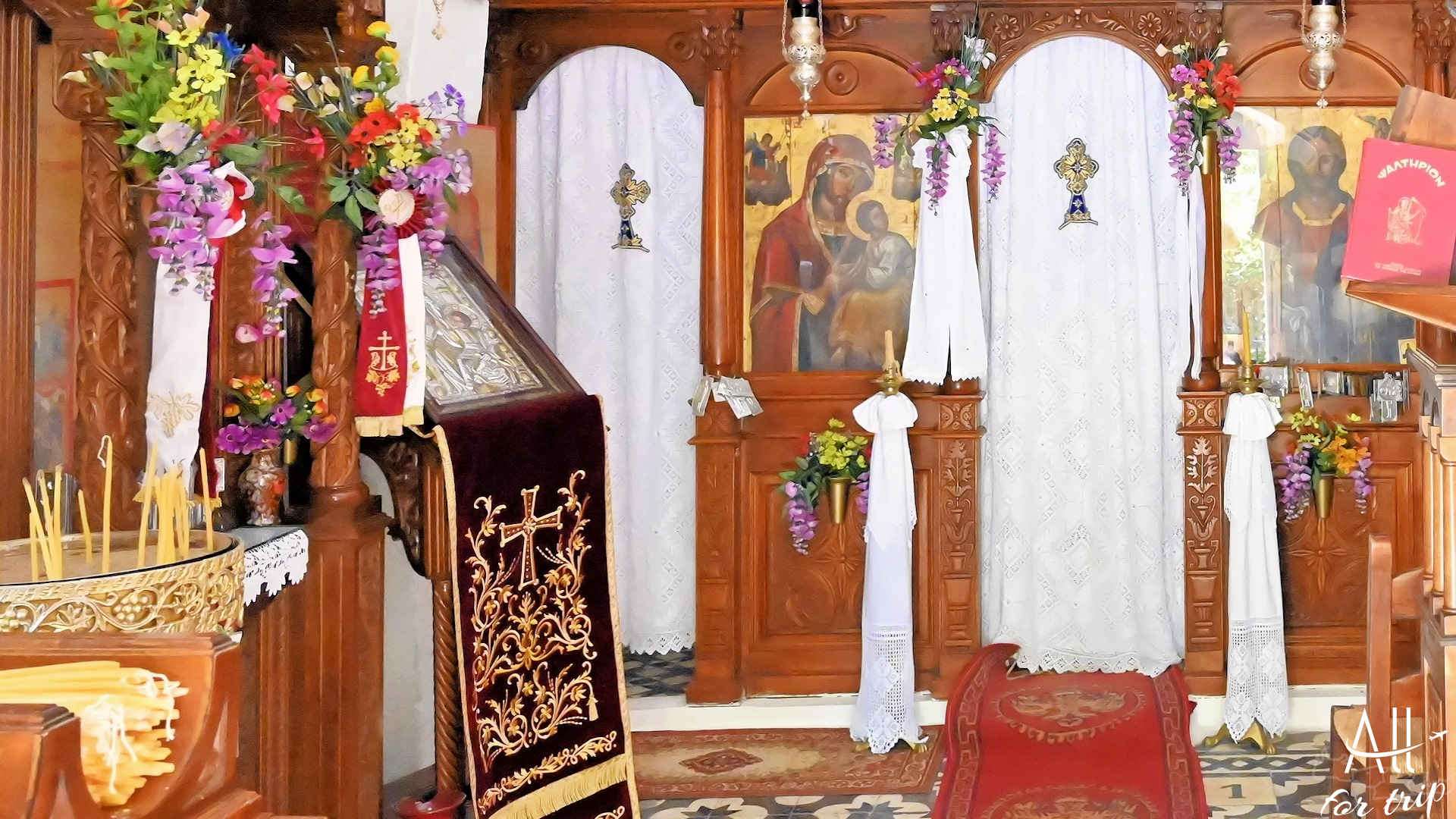
– during the Ottoman rule, the monastery was connected to the Karakalou monastery, so it was transformed into a male monastery
1803 – 1809 – he lived 6 years in Crete, in the monastery of Margarites village
– the last monk who lived in the monastery was Father Callinicos, who is buried inside the church. After his death, the monastery was abandoned
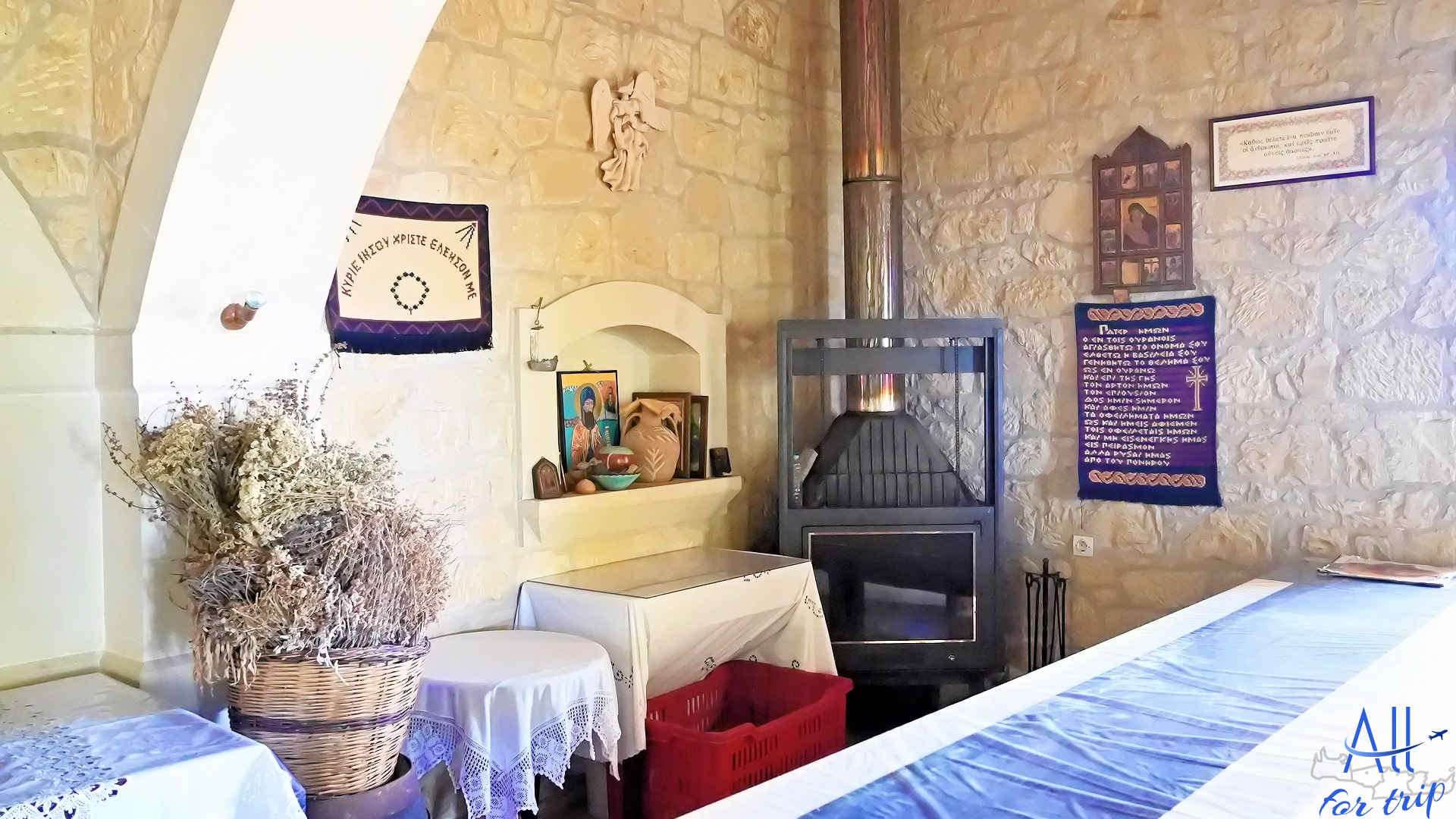
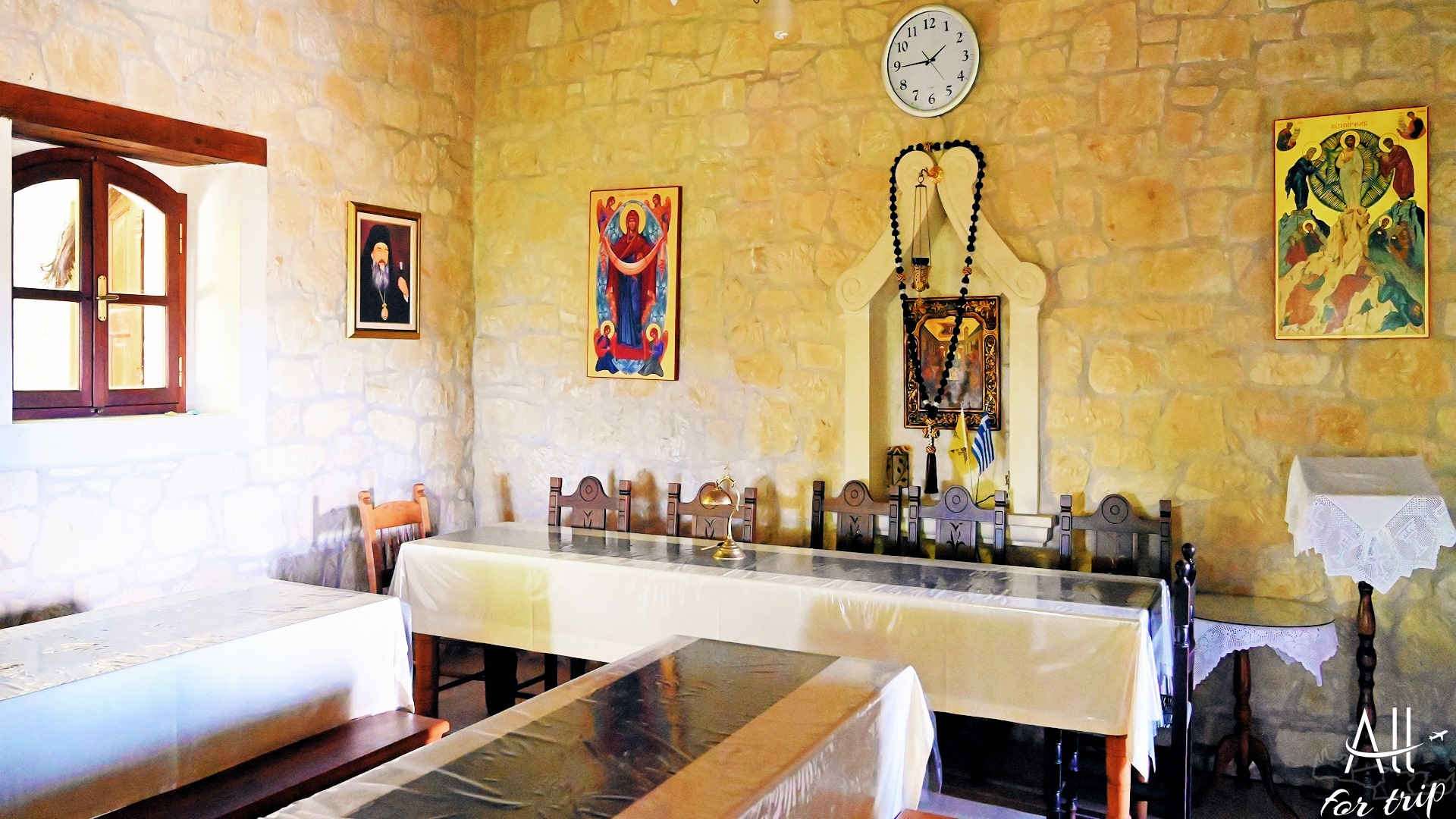
1998 October – at the initiative of the locals, the complete renovation of the monastery began
The small monastery is very cozy: its yard and garden are very well-kept, and You can see some exotic plants in the garden. The church and its buildings are also in very good condition.
On hot summer days, it’s worth sitting down and relaxing in the yard, in the shade of hundreds of year-old walnut trees, or admiring the beautiful garden.
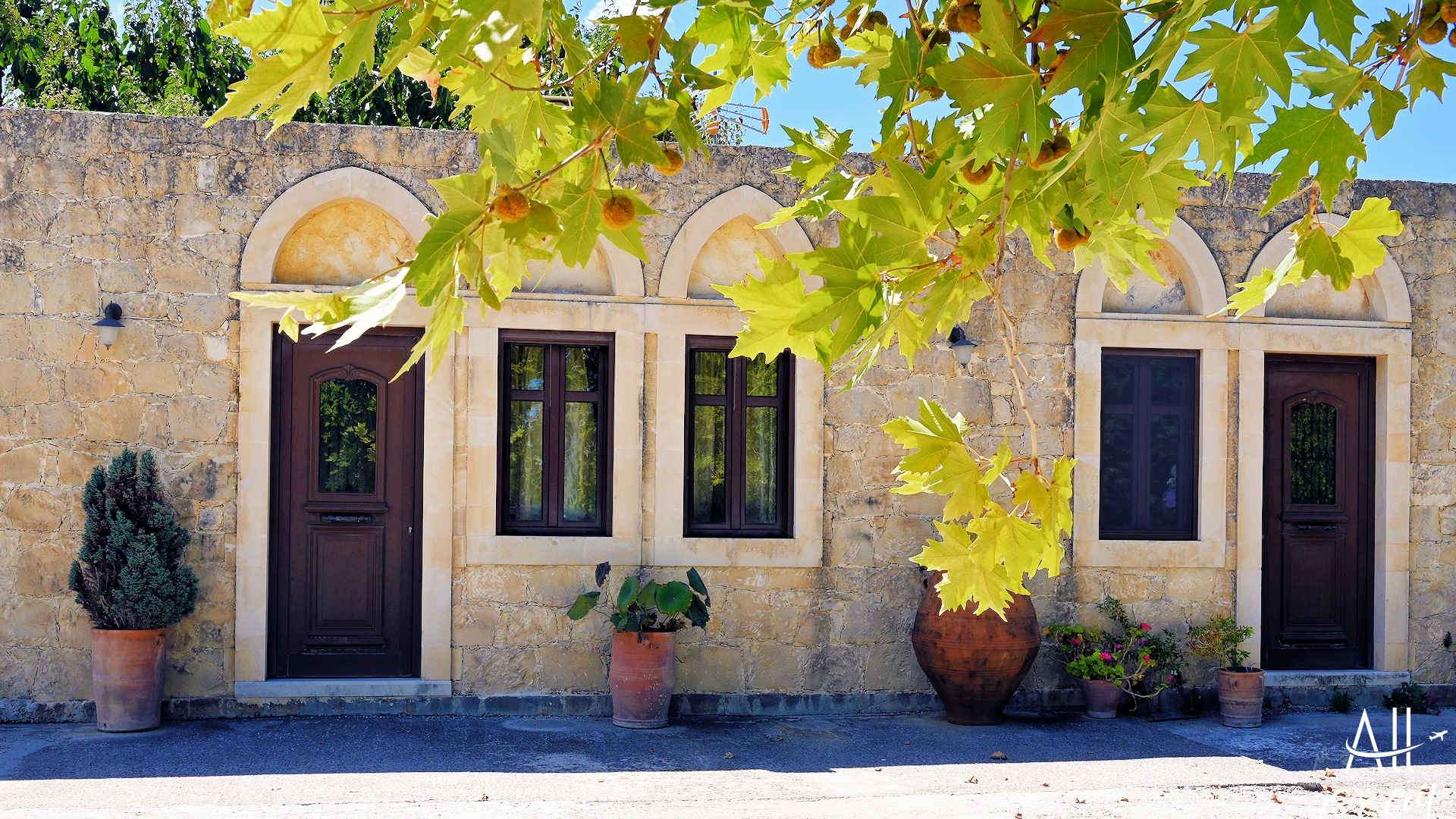
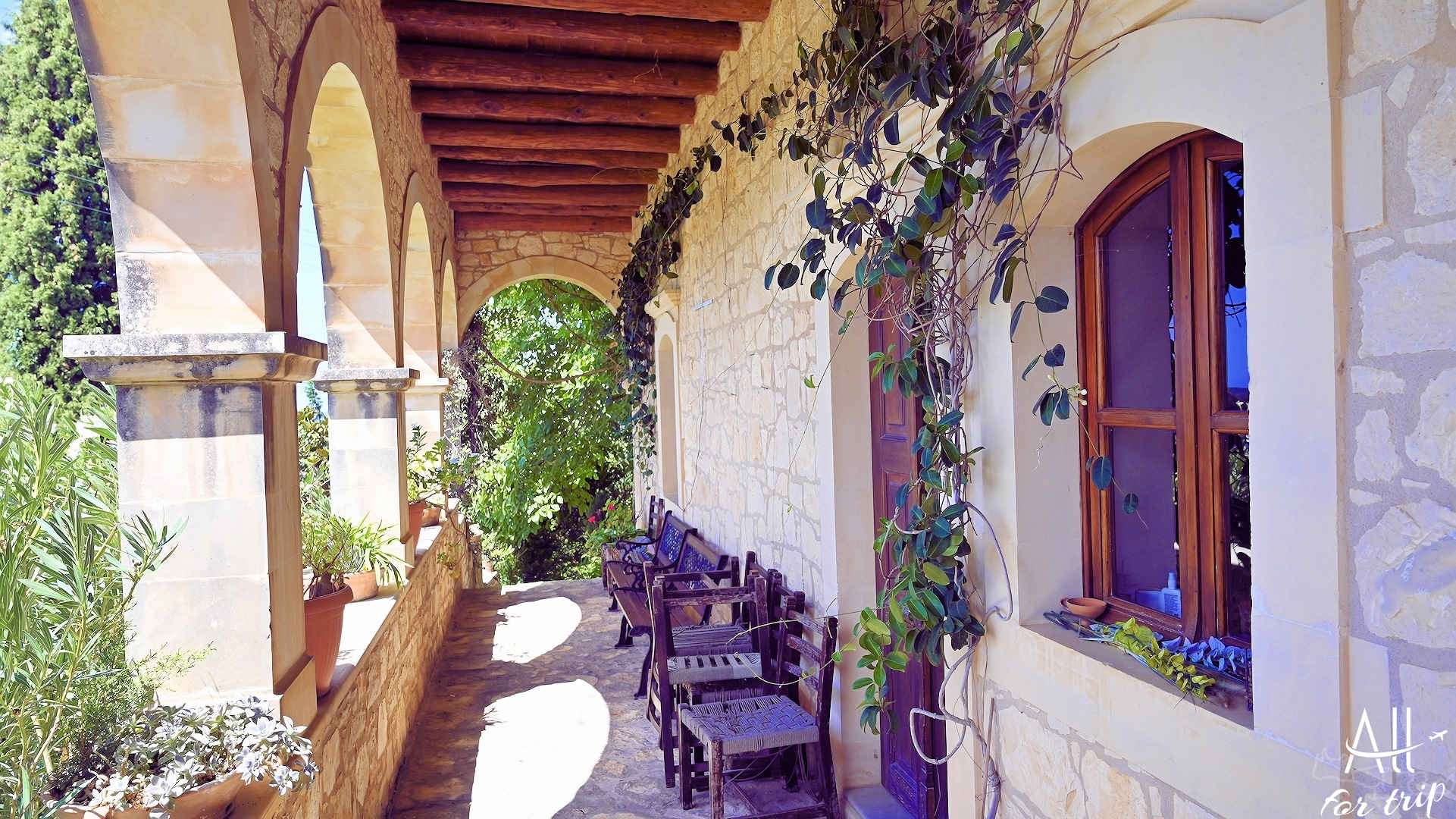
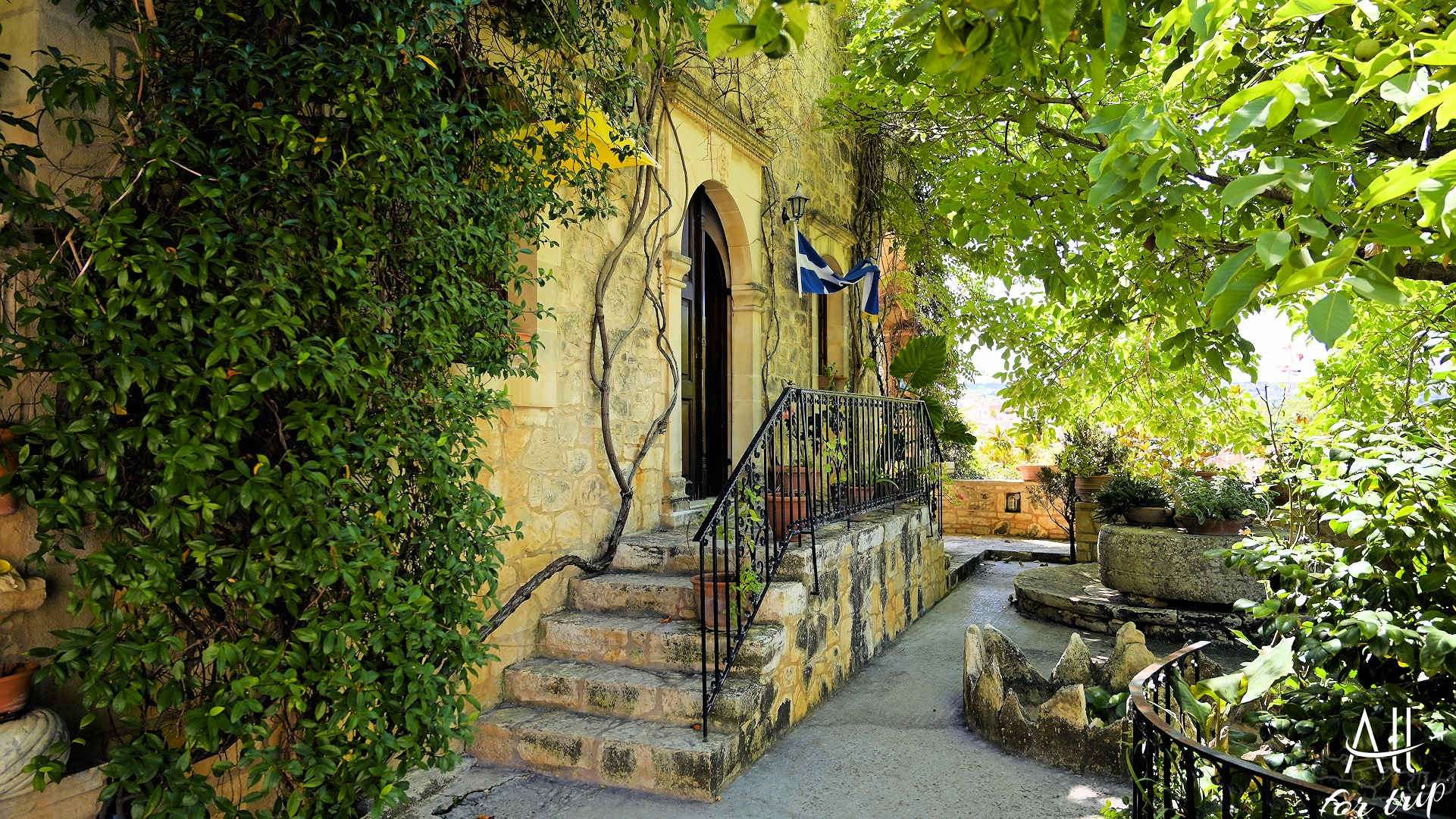
Local legend belonging to the monastery:
During the Ottoman rule, Turkish warriors wanted to loot the monastery, thereby endangering the lives of the nuns.
The nuns fled from the Turkish attack and looters, probably to the Melidoni Cave, 12 km away: they found shelter there.
The Turks found the cave, and according to tradition: God covered the entrance of the cave with a big white fog, so that the nuns could come out and be saved.
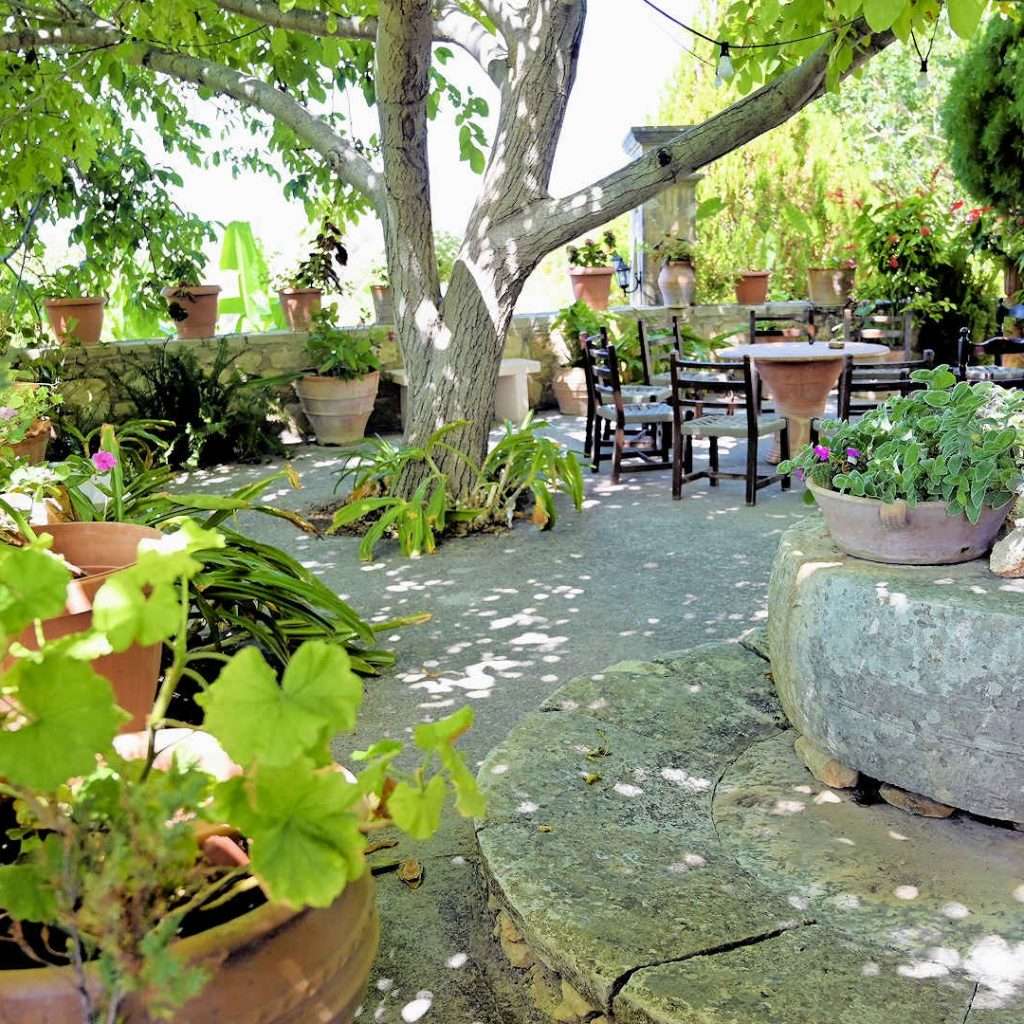
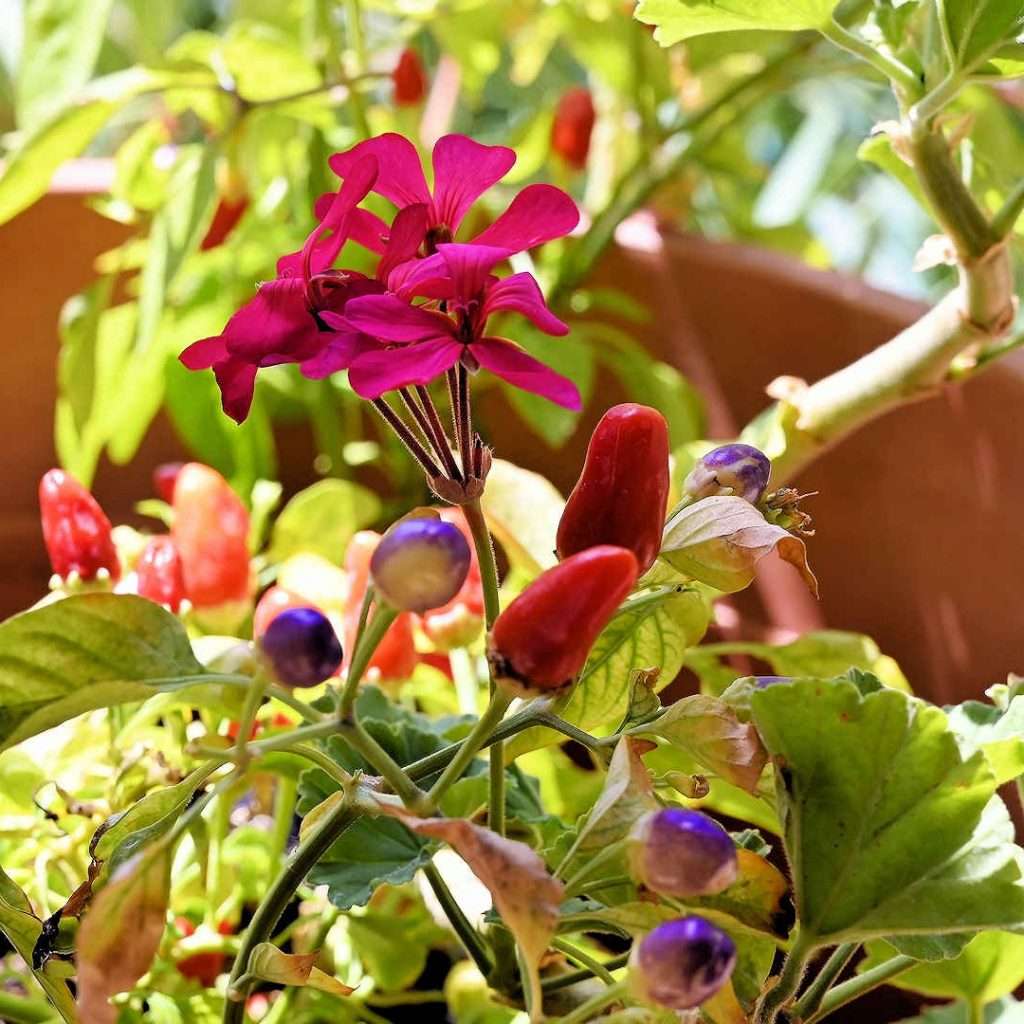
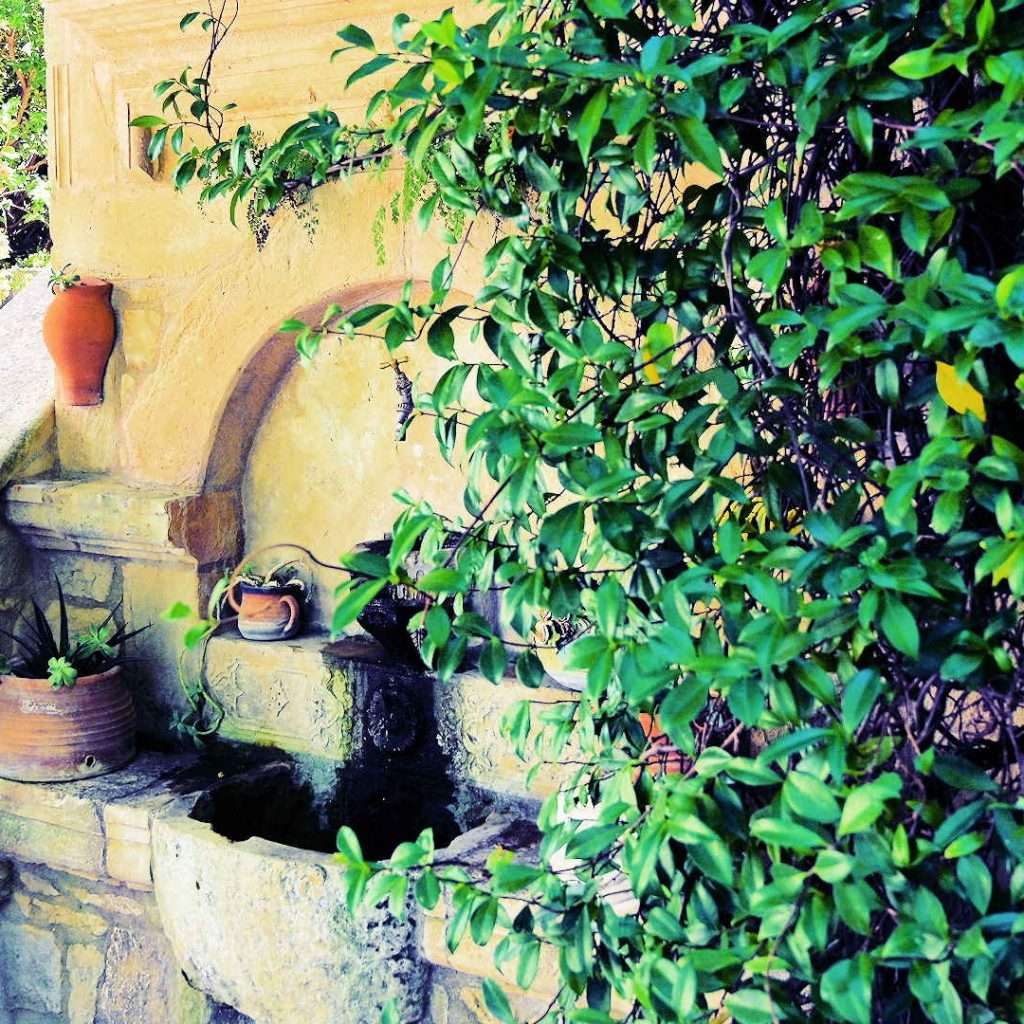
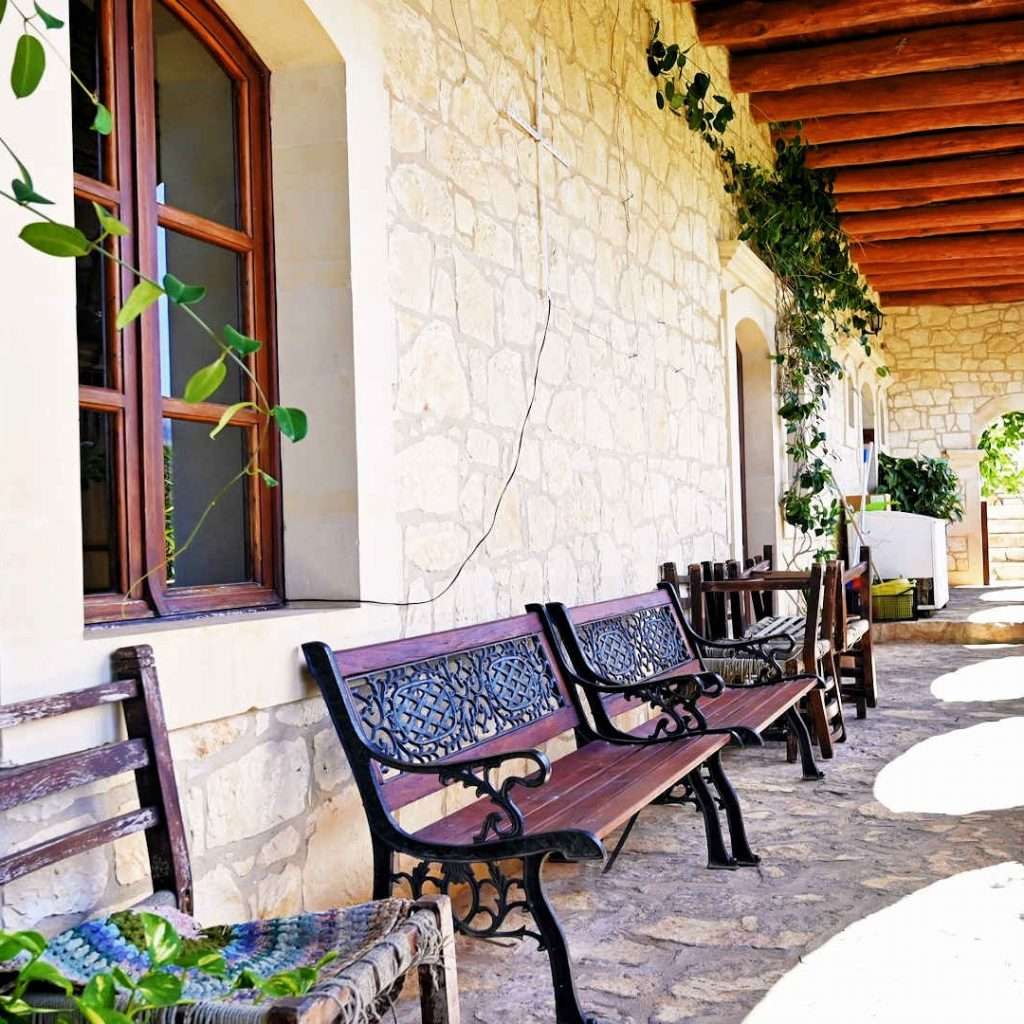
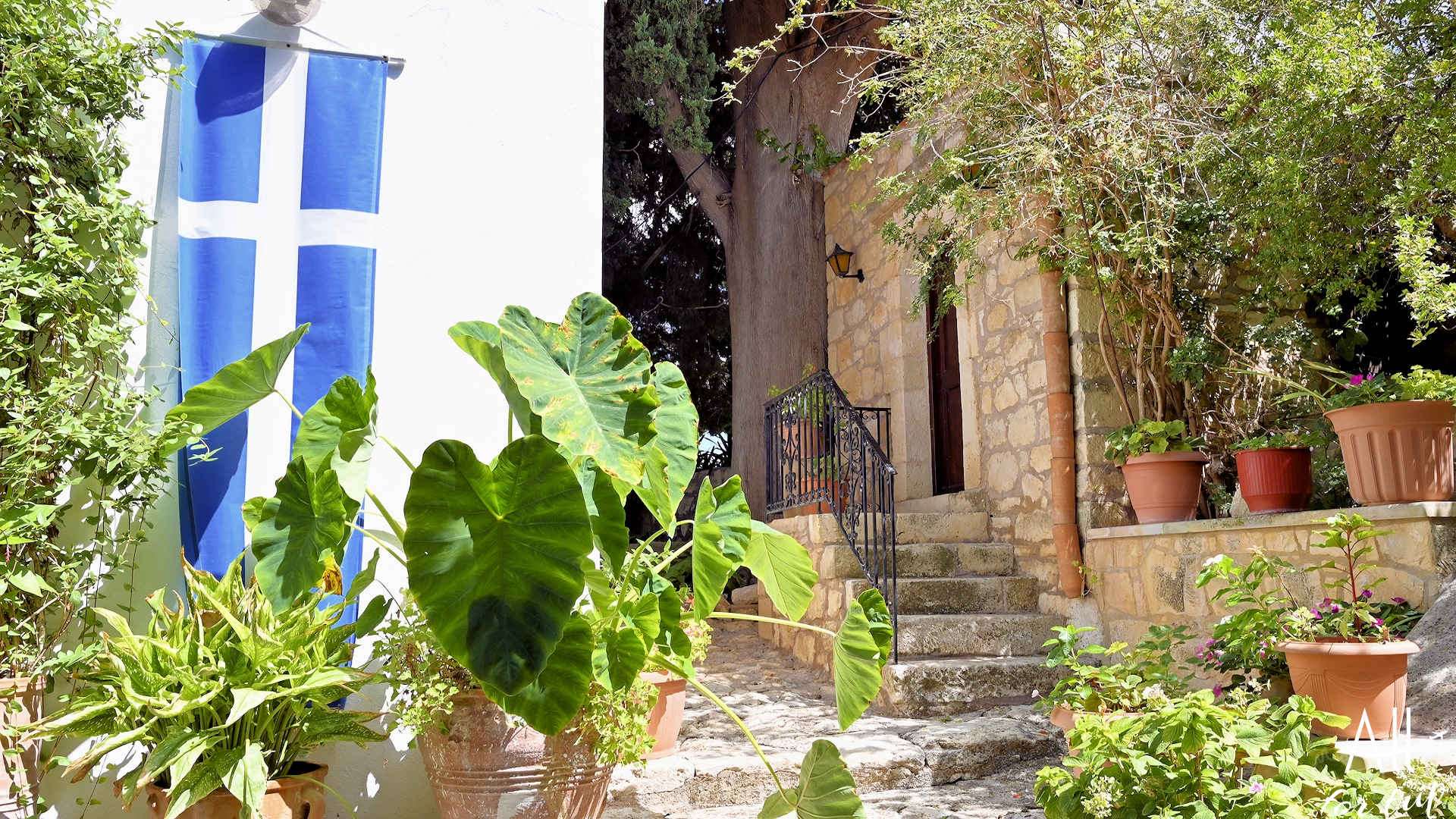
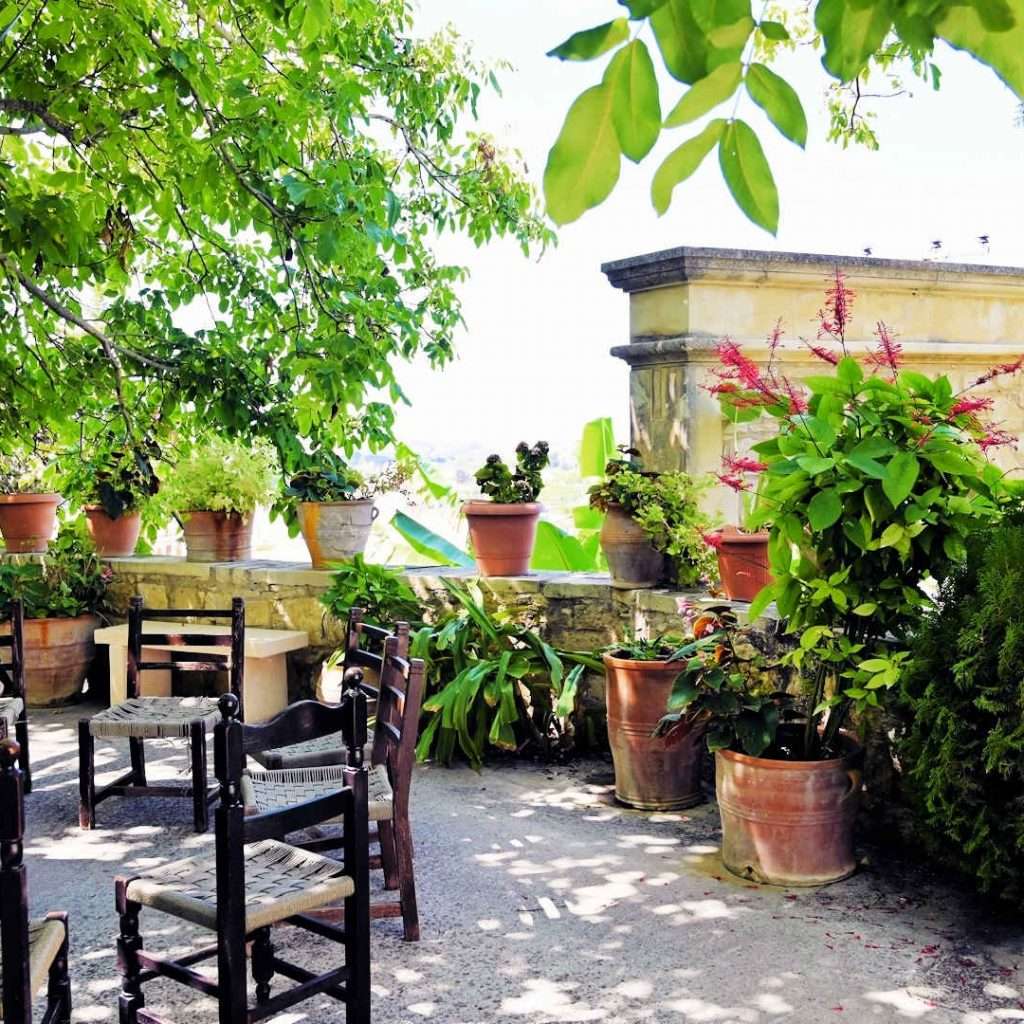
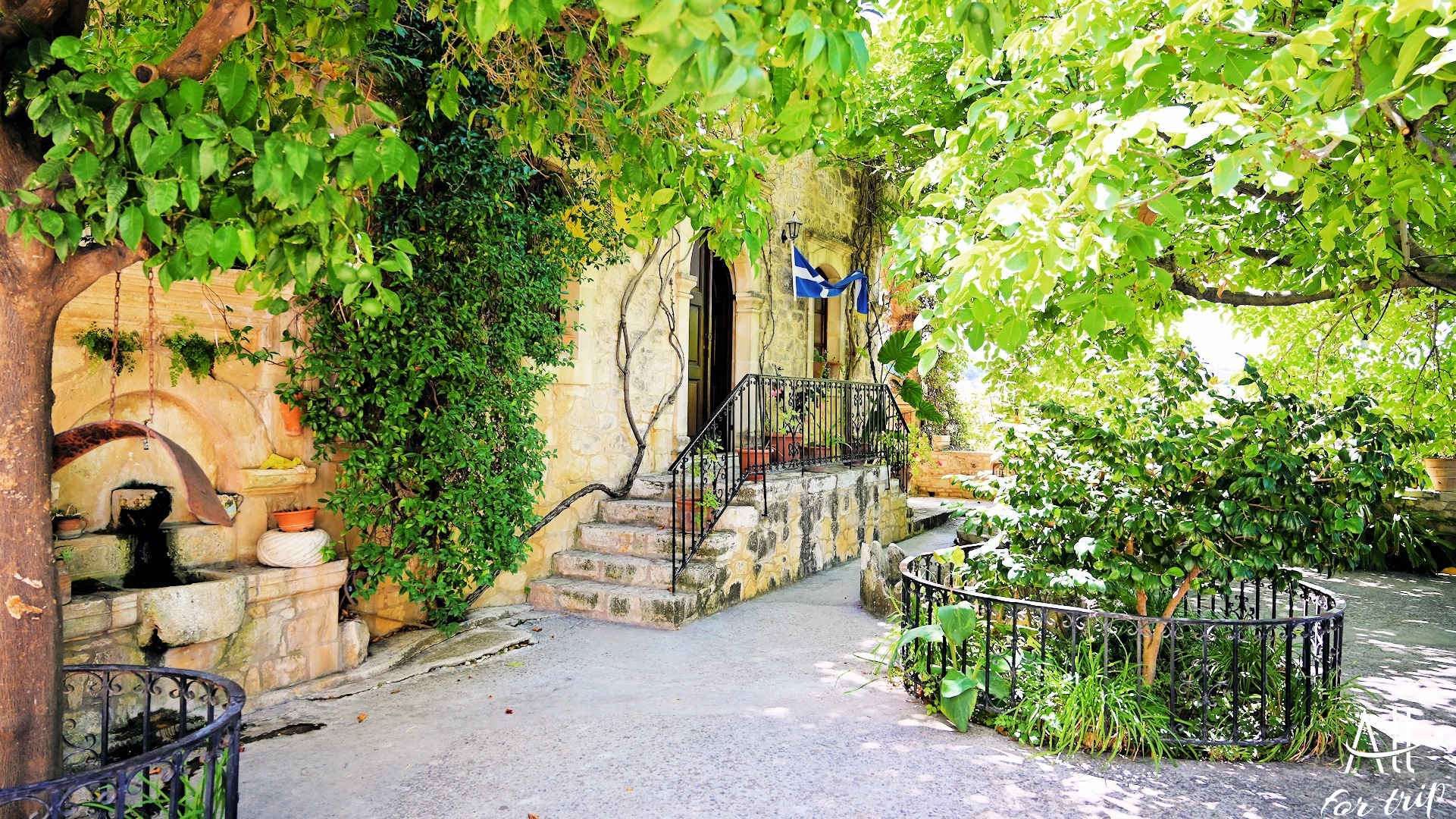
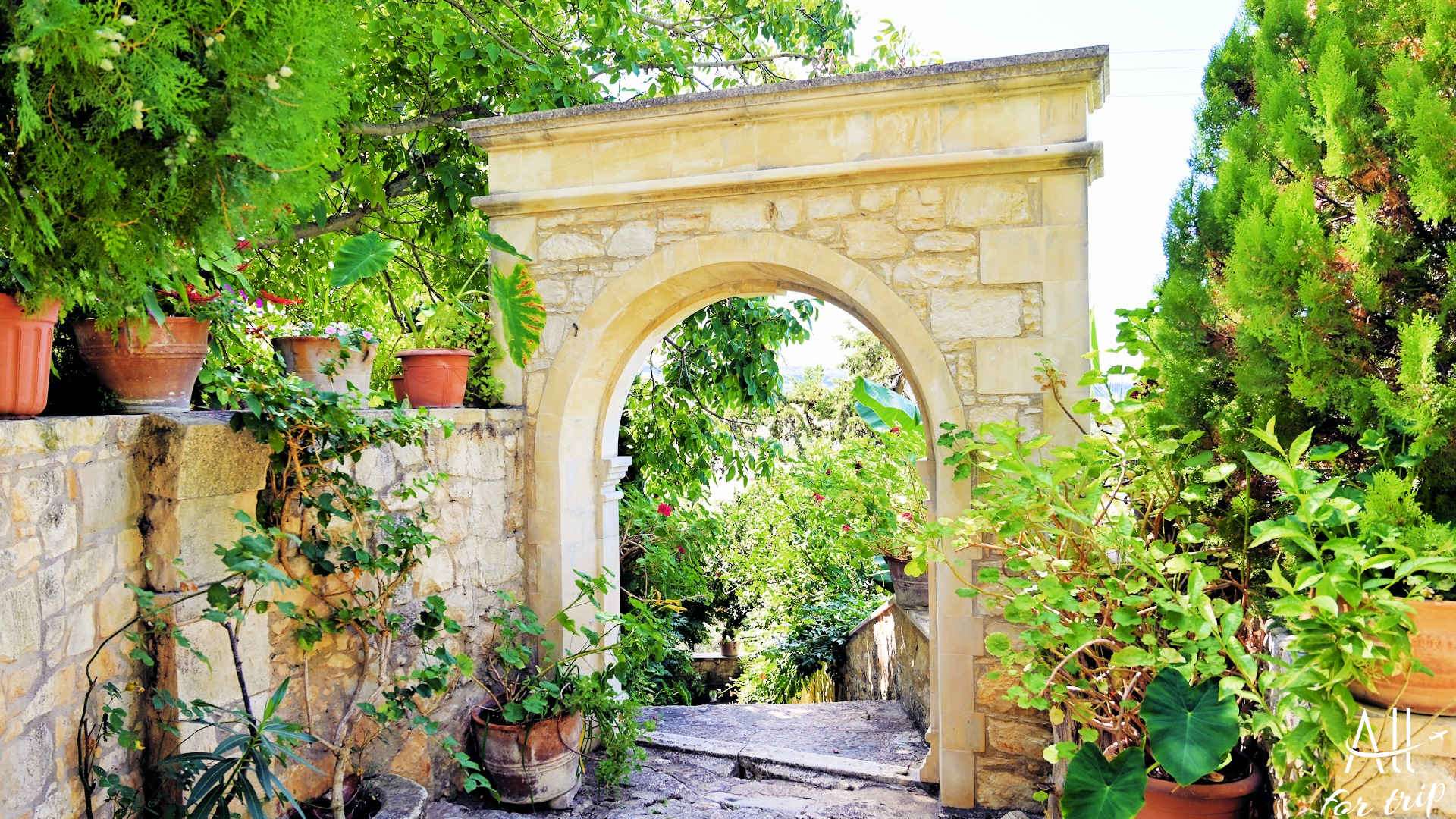
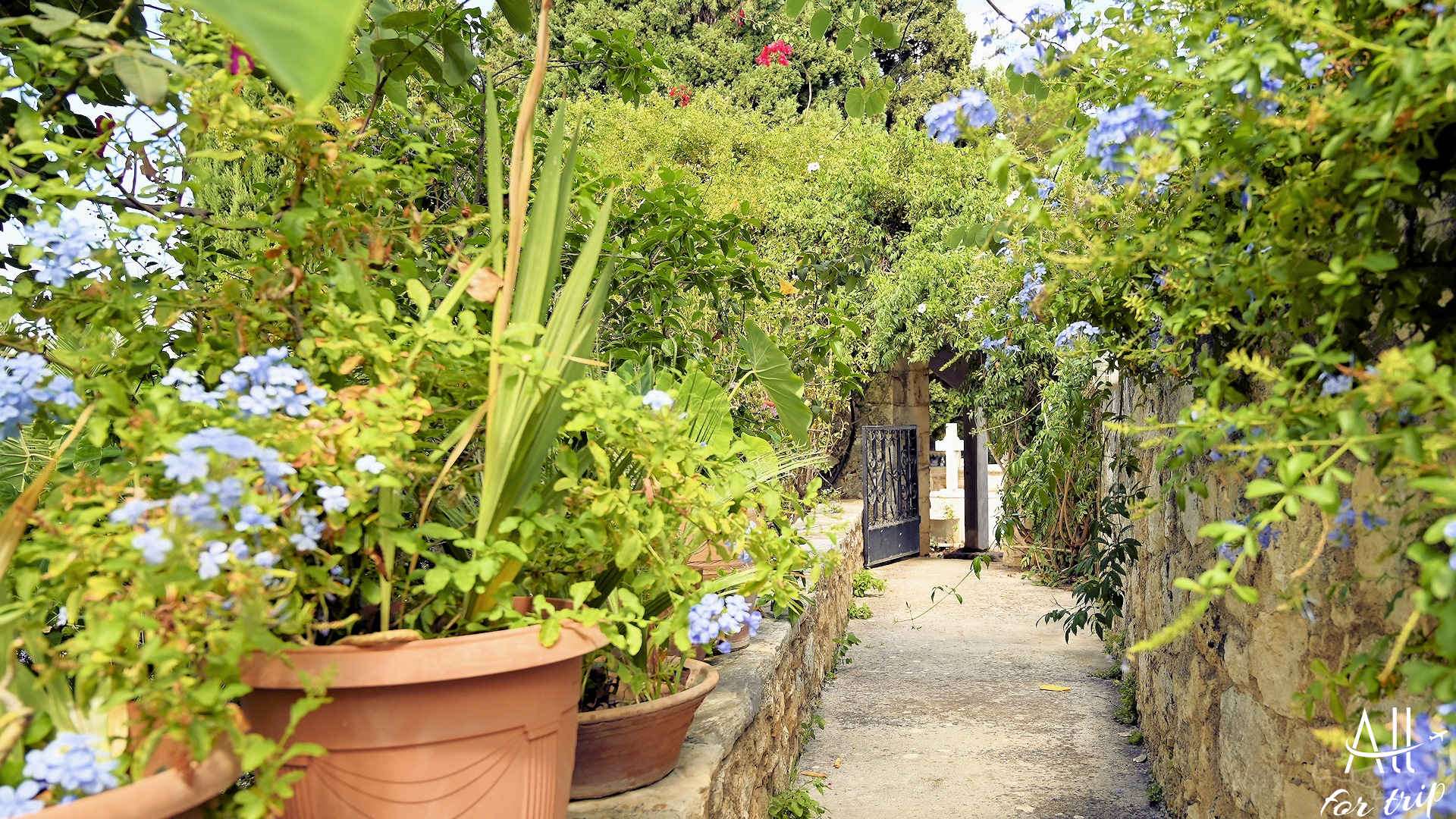
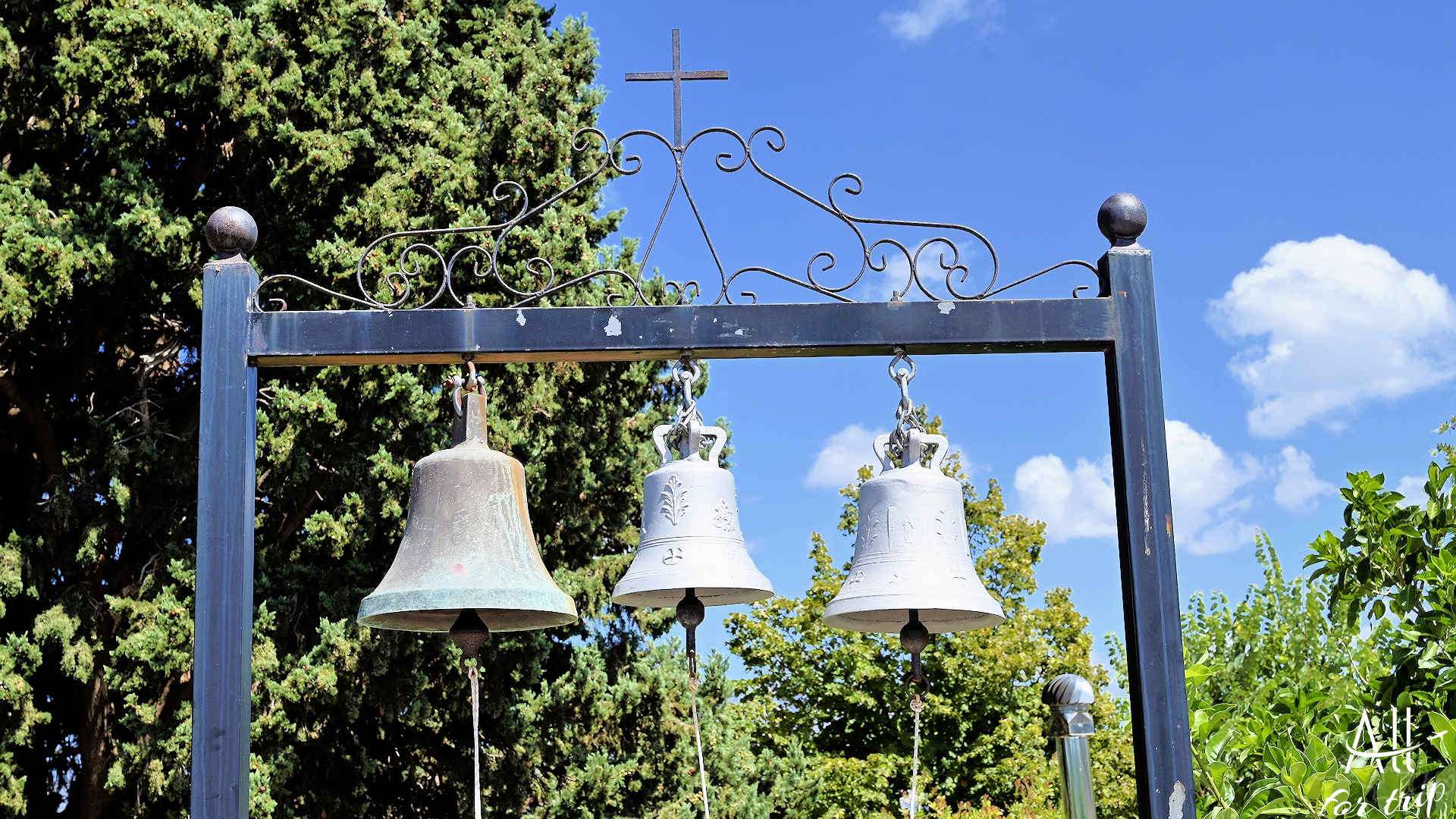
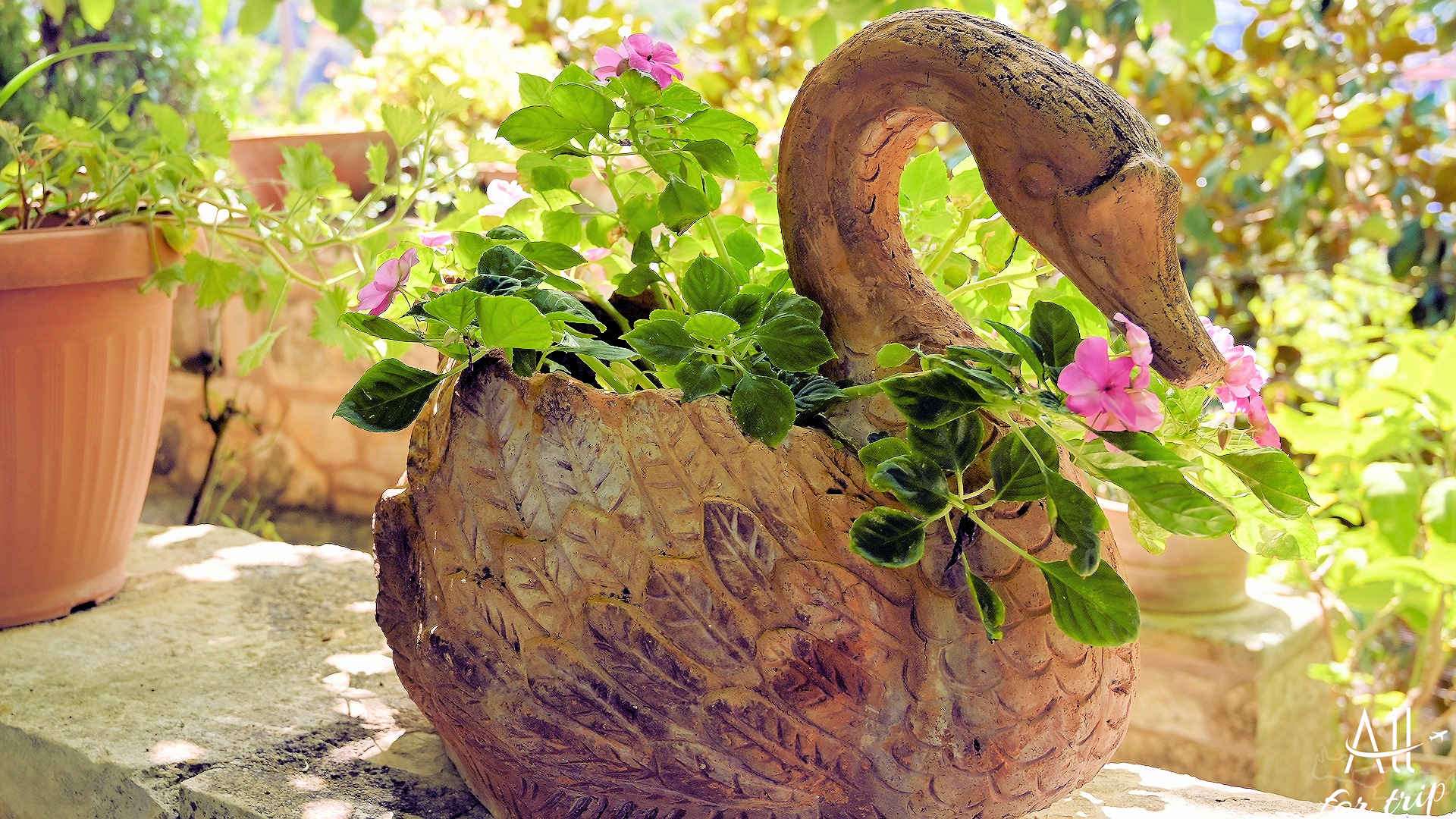
THE MARTYR GIDEON OF KARAKALOU
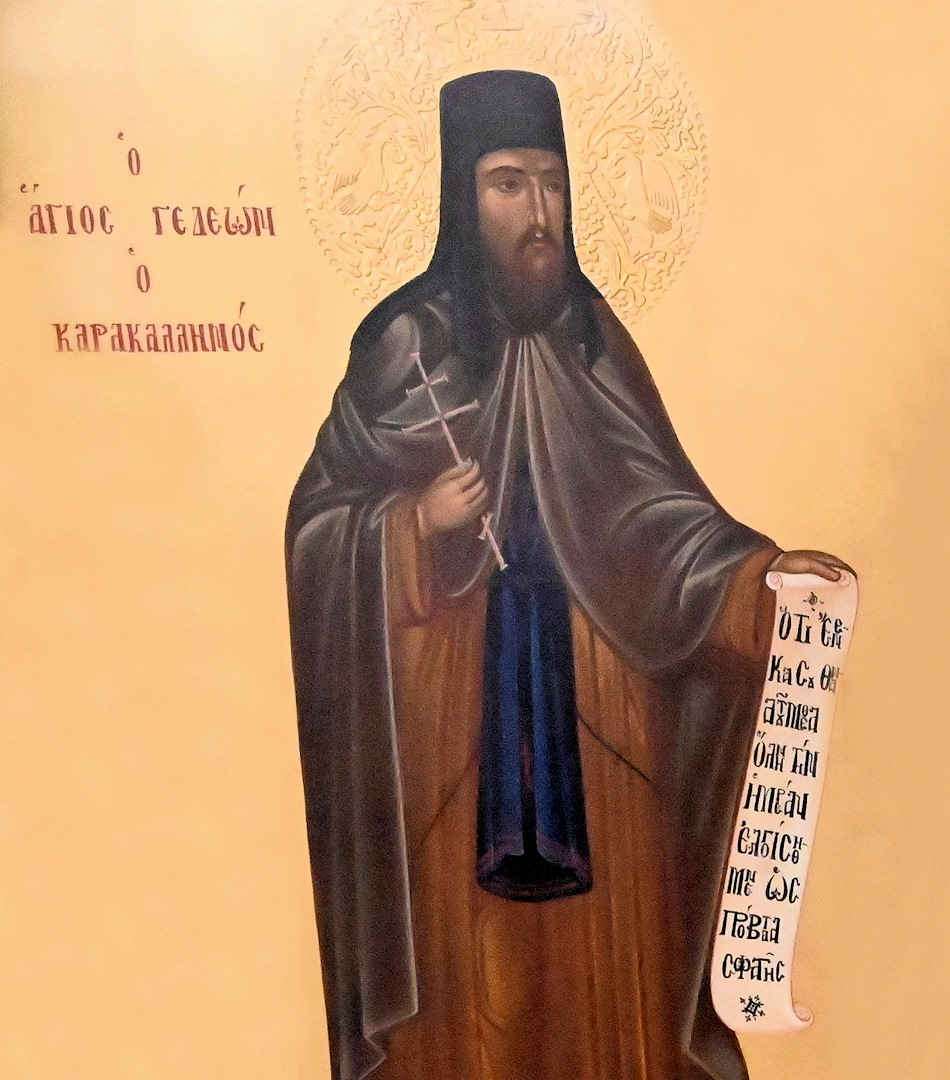
1763 – The saint was born near the Makrinitsa. Makrinitsa is a wedge of the green hillside of the Pelion Mountains in Thessaly: a traditional Greek settlement, with cobbled paths and fountains, about 9 kilometers from the city of Volos.
His parents were pious people, who named their first child Nicholas.
1775 – When Nicholas was 12 years old, he and his parents and 7 siblings were forced to move to another city due to high tax burdens. His mother’s cousin – who needed help – he had a grocery store in Velestino. The child was happy to work in the store.
A Turk named Ali, who often visited the grocery store, saw that young Nicholas: cheerful, hardworking and obedient – therefore the Turk wanted, that he to work for him in his harem. Because the Turk could not agree with the boy’s parents, that he should work for him, therefore the Turk became angry: then he ordered his servants to forcibly take little Nicholas to his house to serve in his harem.
1776 – The Turk’s son returned from the war, and when he saw Nicholas, he asked his father: “Where did you find this Greek child? It is incompatible for a Greek to work in your harem!” Because his father loved the child, therefore his son taught him and led Nicholas towards Islam, who accepted his teacher’s arguments, and allowed himself to be convince. Nicholas was too young and inexperienced, so under the influence of his teacher, he denied Christ and converted to Islam. Nicholas was circumcised, and renamed Ibrahim.
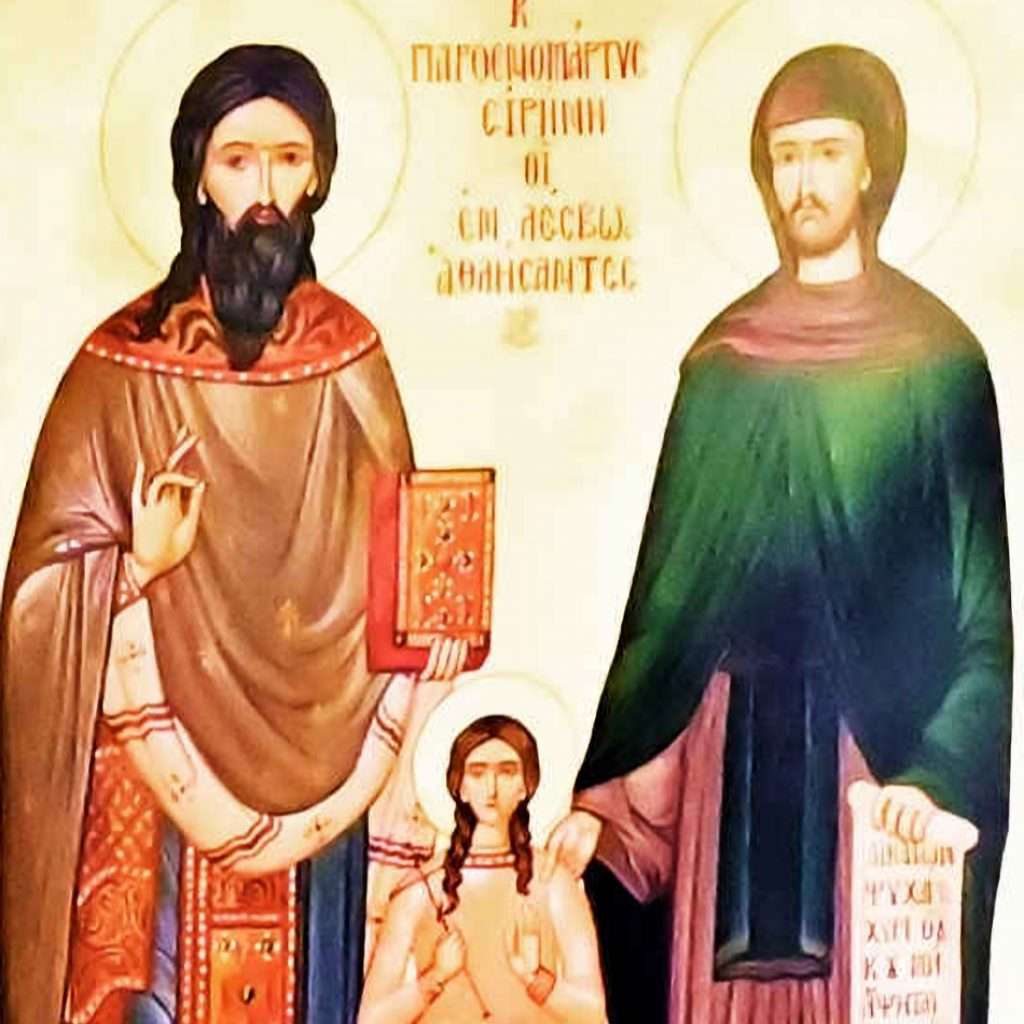
After two months, however, the child sobbed and regretted his action, and he considered circumcision to be the seal of Satan.
One night he managed to escape and go home to his father.
He confessed his sin to his father, and begged for the forgiveness of God and his father.
His father was happy to see his son again, but nevertheless he answered, crying: “My Nicholas, I am a poor man, how can I hide You?” – but nevertheless found a solution.
He took his soon by horse to Keramidi (Κεραμίδη) the next night.
On his way back he caught fish in Lake Karla (Κάρλα) and returned with it, so that the Turks don’t get suspicious.
His father was worried about: how he would find his family if he returned? – he is fearing revenge from the Turks.
In Keramidi: he was helped to hide by a nun, with whom the family was related: who entrusted Nicholas to the care of a group working on construction sites.
He only spent a few days in Keramidi, because the group working on the constructions left for Crete by boat, and they took him with them.
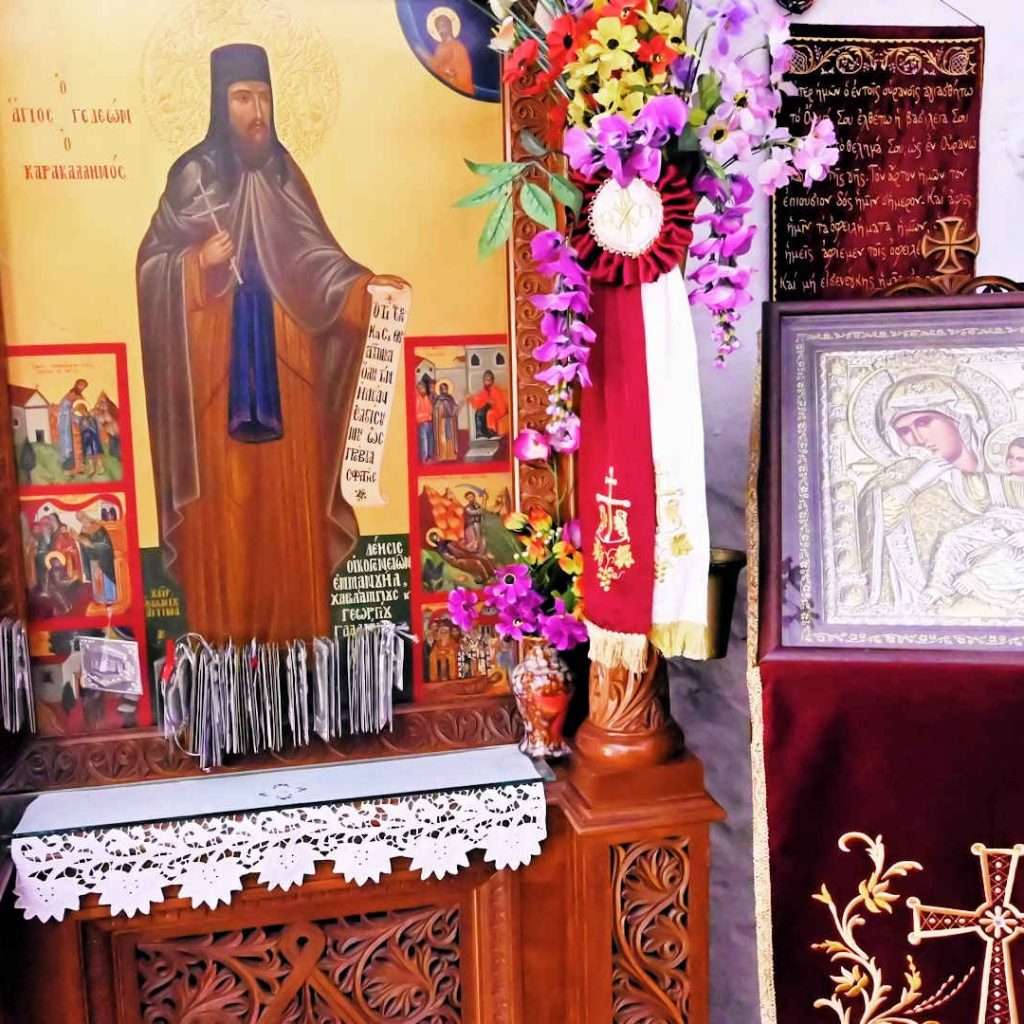
1777 – It is likely that these people abused Nicholas, because he left with a limp, lived in the forest, and then found a small chapel: where the divine liturgy took place.
An Orthodox priest saw the tormented, limping stranger with a difficult fate, and asked him to tell him about his life. The priest consoled him: “Don’t cry, my child!” – then he told her: “I had an only son, who died a few days ago. If you want, I can make you, my son.” Nicholas thanked God, and gladly accepted the priest’s offer. He lived in love and peace, with the priest, his presbyter: where he learned the gospel more deeply, and learned to weave.
1780 – the priest died, then Nicholas and one of his companions decided to make a pilgrimage to Mount Athos. Nicholas visited the monasteries of the Holy Mountain, and thus reached Karakalou Monastery (Μονή Καρακάλλου), where he confessed his fall, his sin and joined the monastery’s monks.
The chrism: a consecrated mixture of olive oil and balsam, which is consecrated by the Bishop, with the help of 12 sacrificial priests and seven priests. It is used when receiving the Sacrament of Confirmation.
Nicholas received the Sacrament of Confirmation: he received the gift of the Holy Spirit; he received strength and a mission to be a living witness of Christ in the Church and in the world.
1783 – In the Mount Athos monastery 3 years after he began his monastic life: his abbots felt, that he had reached a high level of spiritual excellence, and therefore he was tonsured into the Great Schema, in Greek: μεγαλόσχημος. They gave him the name: Gideon.
He lived in great obedience, humility, self-restraint and asceticism.
Asceticism: the way of life arising from the Christian faith: a gradually increasing effort to acquire virtues in following Christ. It is a hard and consistent struggle, the goal of which is a perfect and intimate likeness to Christ.
1803 – 1809 – he lived 6 years in Crete in the monastery of Margarites village, which was later named after him: after then he returned to Mount Athos to the Karakalou Monastery.
After 35 years of asceticism, he left the monastery, with the blessing of the fathers, and traveled to Velestino, where he was originally converted: the desire for martyrdom ignited in his heart. He thought, that his penance for his sin could be fulfilled in martyrdom.
1818 – April 23 – Maundy Thursday – he stood before Ali the Turk, who at first did not recognize him, who made him a Muslim: he boldly confessed Christ.
The Turk immediately arrested him, and the next day he was taken to the judge. He bravely confessed “Christ is risen” even in front of the judge. He performed strange acts at the place of judgment, therefore the judge decided: let the soldiers beat Gideon mercilessly, after then let they throw him out, because he’s a fool.
Despite being considered a fool: Turks wanted to convert him back to the Muslim faith, but he confessed Christ again and again! – the Turks’ attempt was unsuccessful.
1818 – December 30 – the Pasha sentenced him to death in Tirnavos (Τύρναβος):
– the Turks shaved his head, then put him upside down on a donkey, and led him through the city: but he endured this mockery, with dignity and humility: for Christ’s!
– then they mutilated him: they cut off his hands and feet with an axe
– he was then left bleeding, and thrown into the sewer, where he suffered with dignity, and died.
The Christians managed to bribe the Turkish soldiers; therefore the Christians took his body and buried it in the Church of the Holy Apostles.
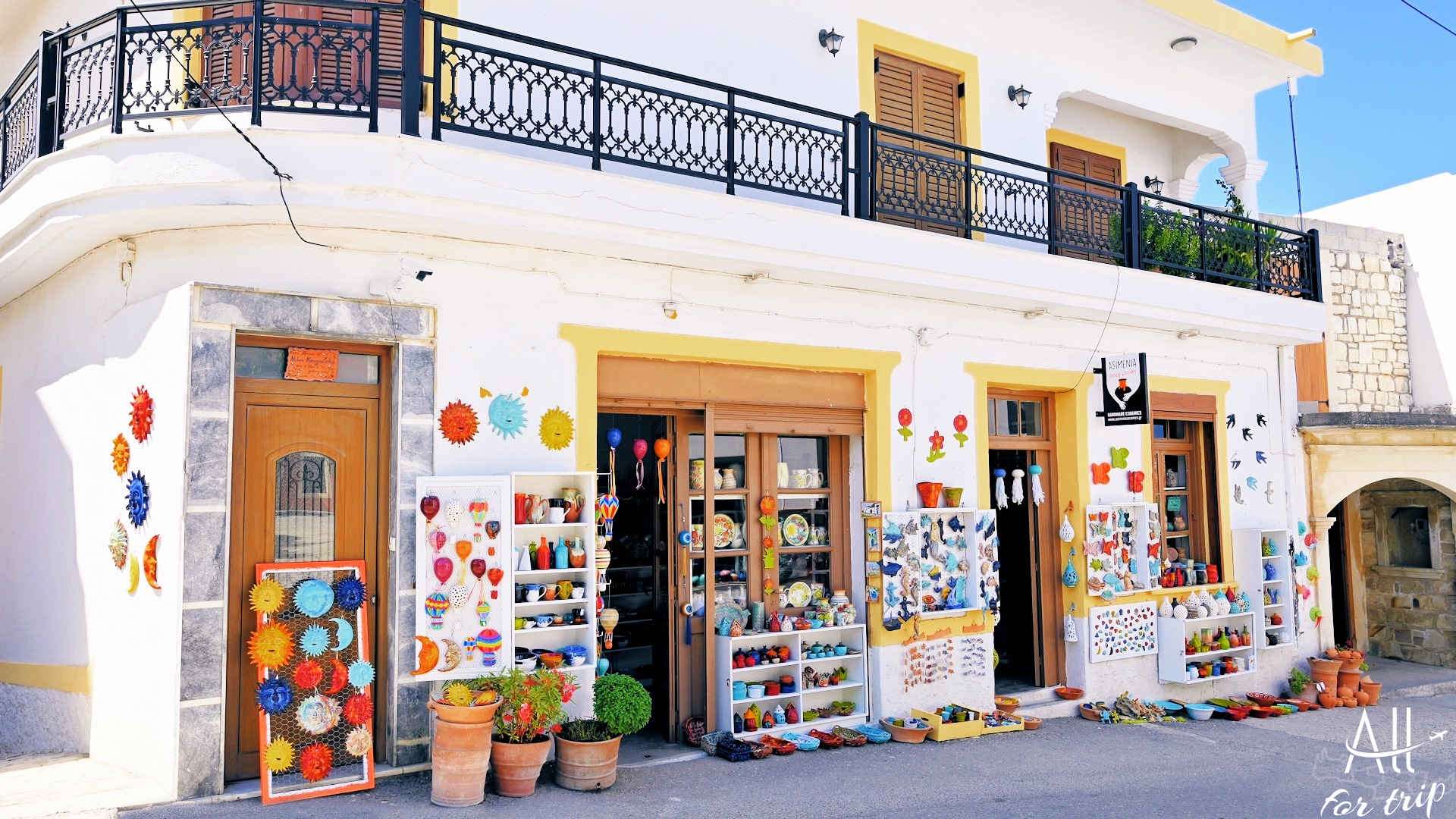
THE VILLAGE OF MARGARITES
The inhabitants of Margarites chose the slope of the Psiloreitis mountain range as their home.
The past of the region can be traced back to the Minoan period based on historical finds, because the material of the riverbanks here was used by potters in that period.
The Venetian period 1204-1645 was decisive in the life of the region, because many settlements originate from this period, such as the village of Margarites.
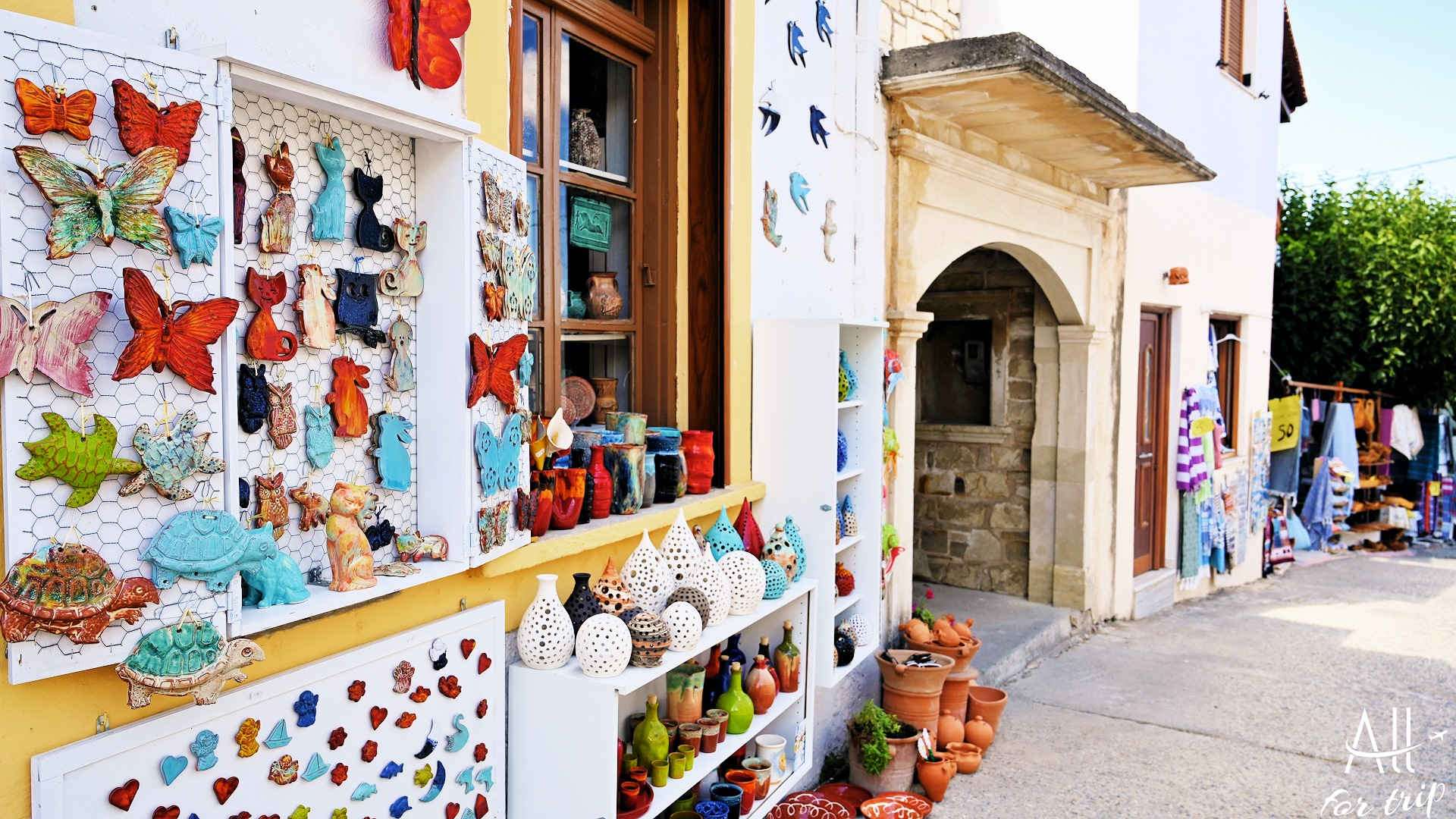
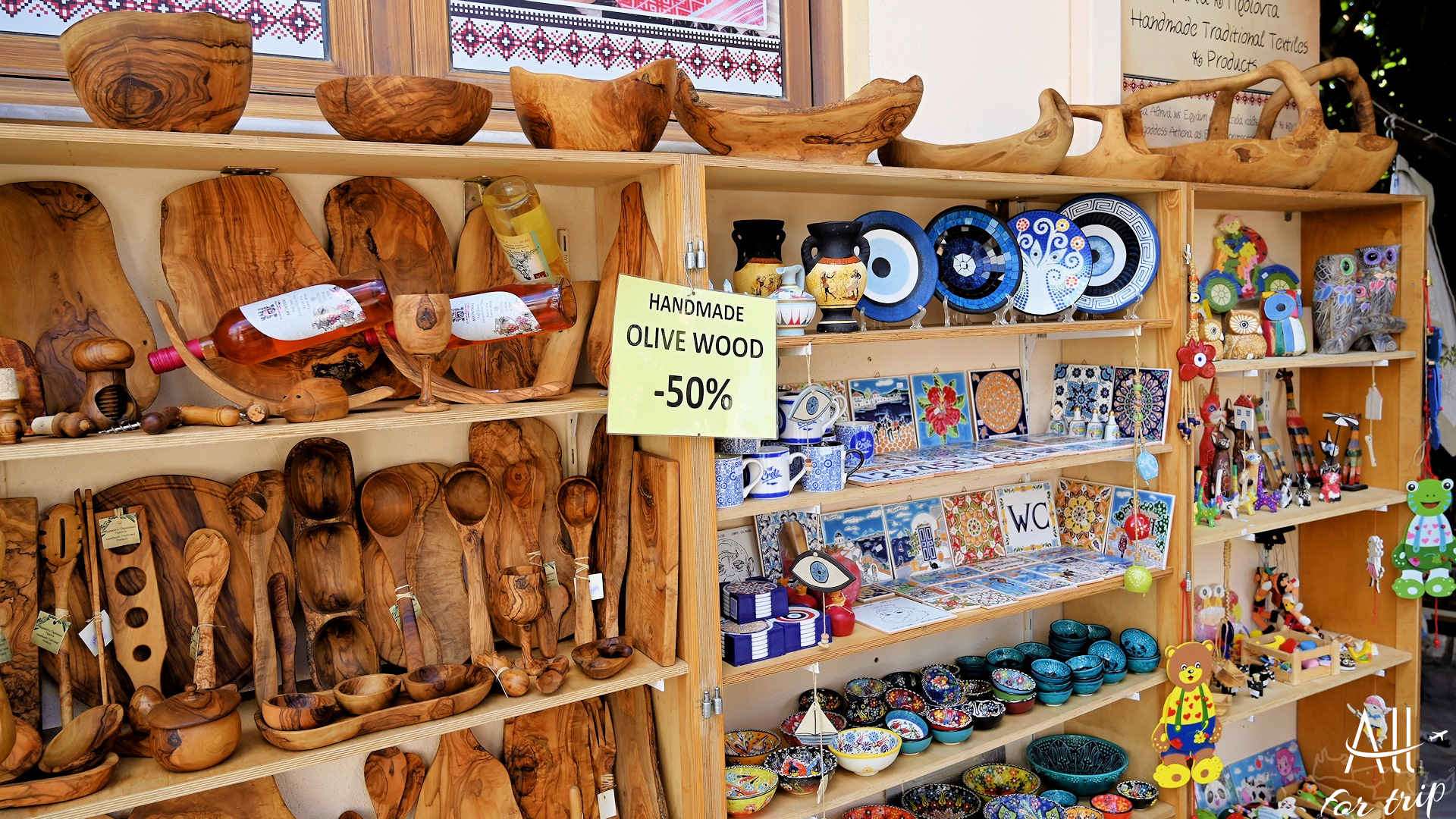
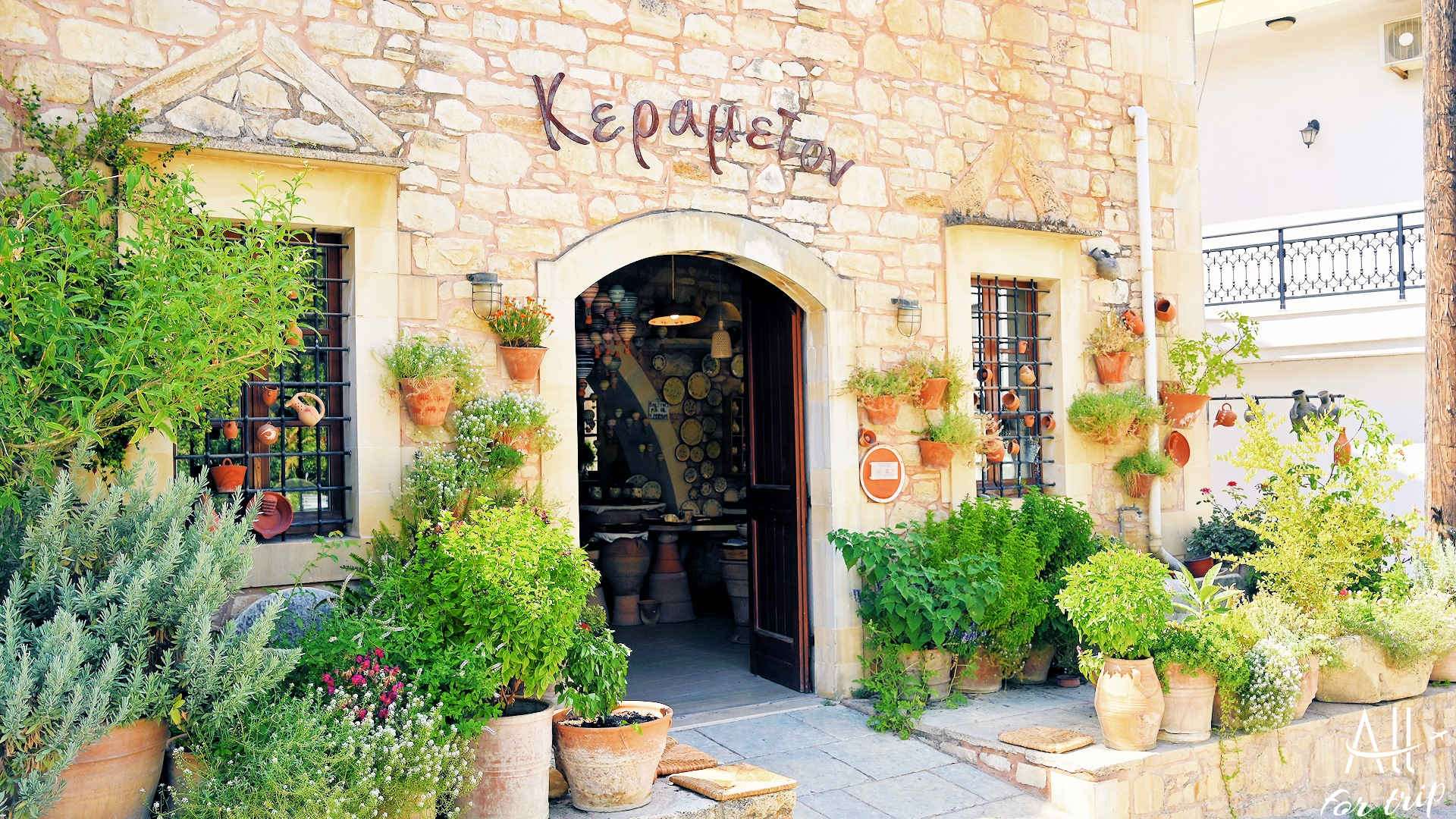
The houses were built, with elements of the Venetian style.
– the Stoa, in ancient Greek: ἡ στοά, which is the colonnade located in front of the building: this was replaced by the loggia, which decorates spacious spaces with columned arches.
– the arches appear on the stone vaults of the houses
– the central part of the houses is the portego, i.e. salon: which is the largest part of the house and best lit by the windows: this was the dining and entertainment room
– the ceiling height of the buildings is higher, so the small doors were replaced by larger doors
– during the construction of the houses, the gates are often left behind
– an internal closed courtyard was created, to which stairs led
– the rainwater falling from the roof, and the rainwater from the yard were collected through a stone channel
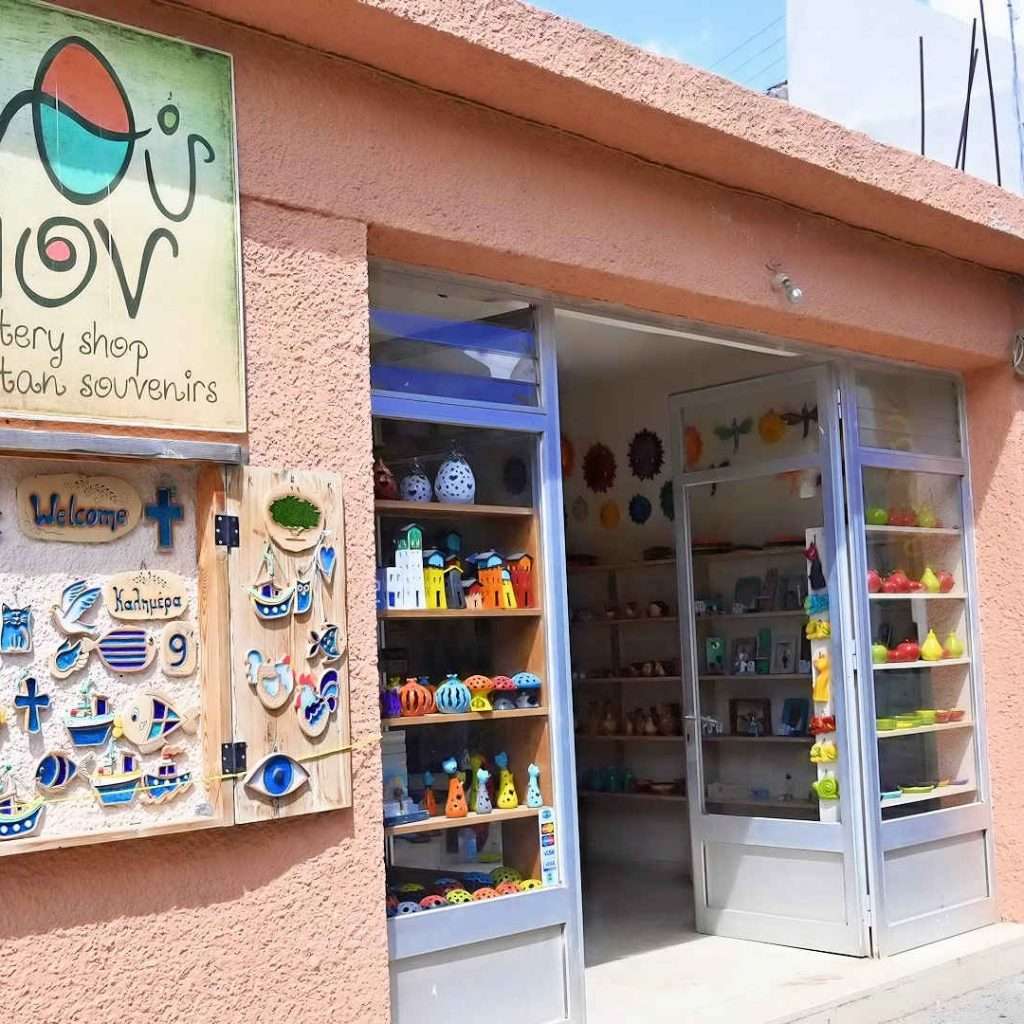
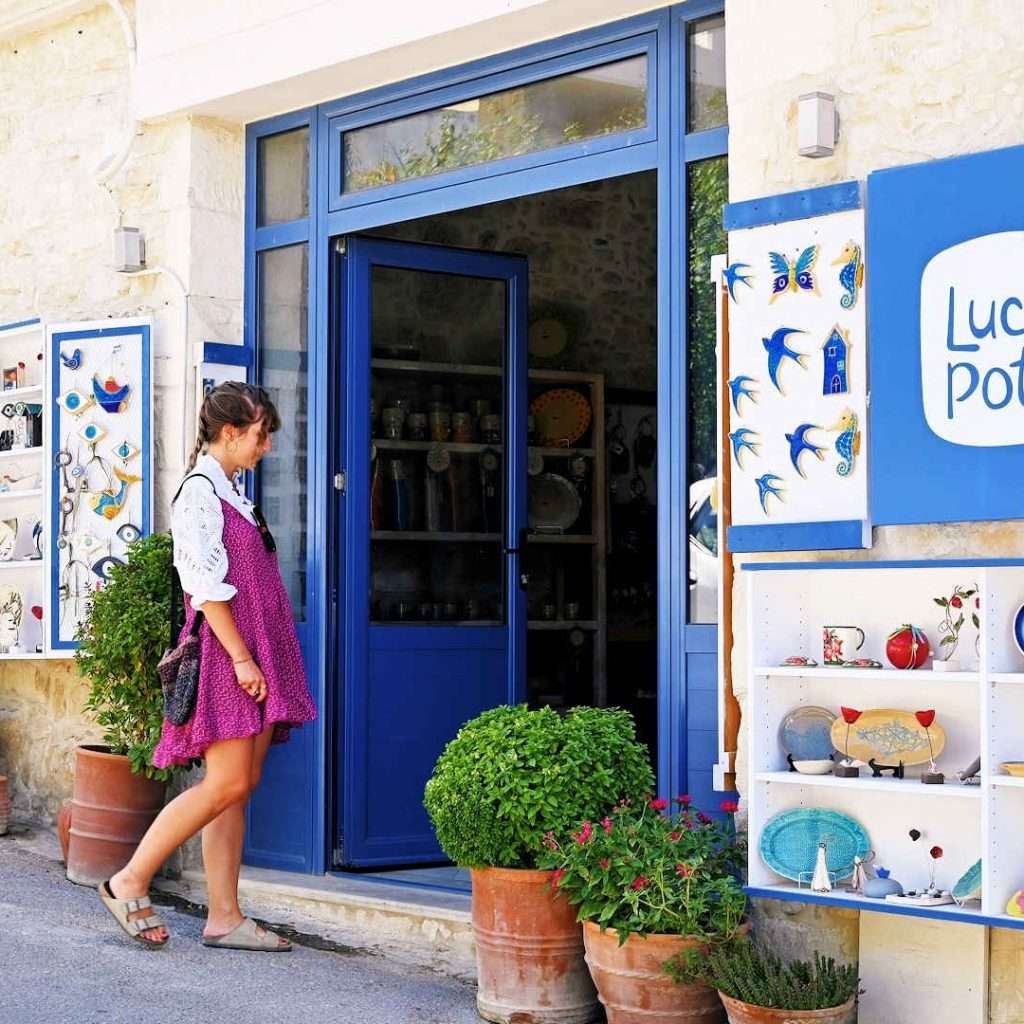
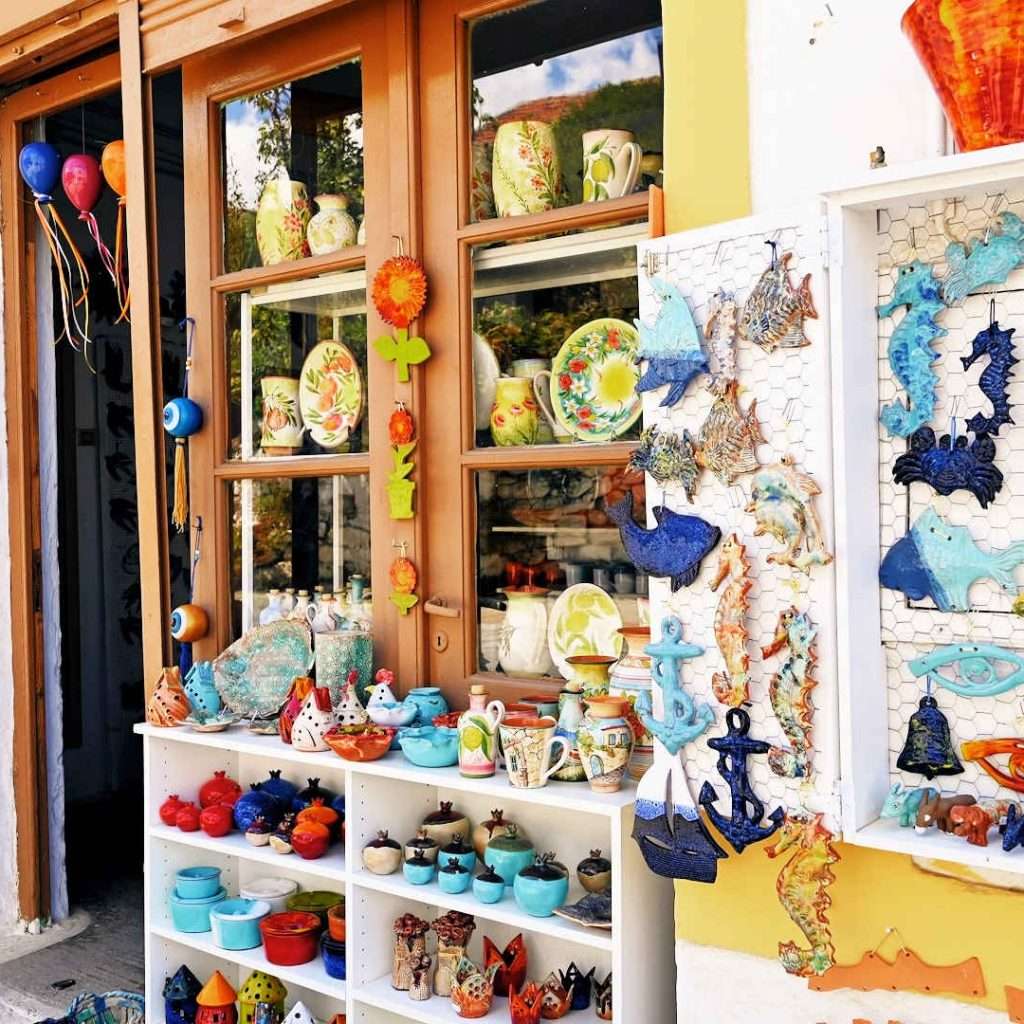
According to Cretan traditions, every each settlement has its own patron saint: the altarpiece and icons of the local church tell us more about this. The patron saint of Margarites village: Saint John the Baptist
The production of ceramics is a hereditary tradition in the village, which, in addition to the beauty of the landscape, defines the unique atmosphere of the village.
The charming little taverns under the mulberry trees, the smell of fresh pastries, the cozy cafes and, of course, the shops offering a wide variety of ceramics: together they give the attraction of the place.
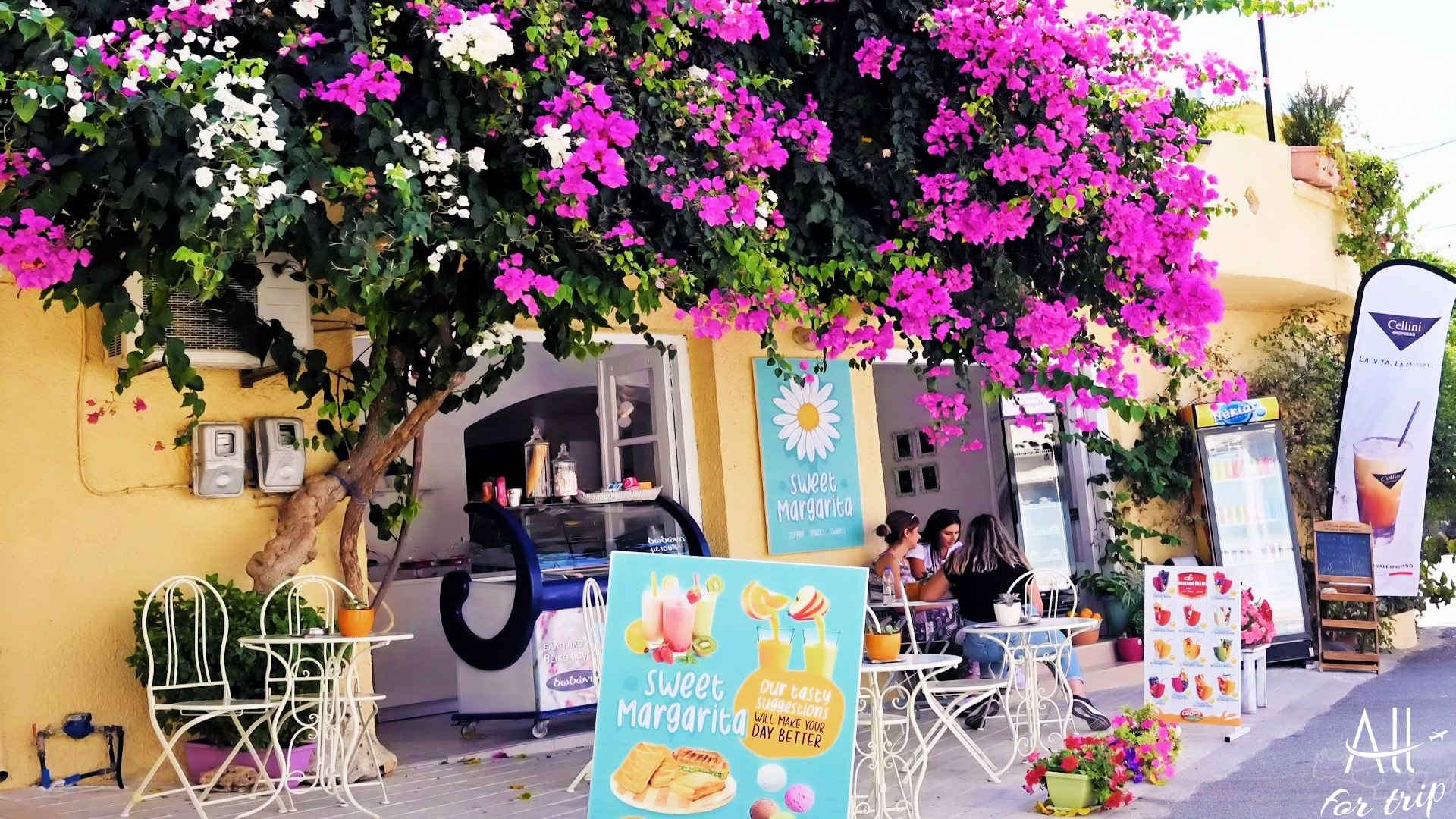
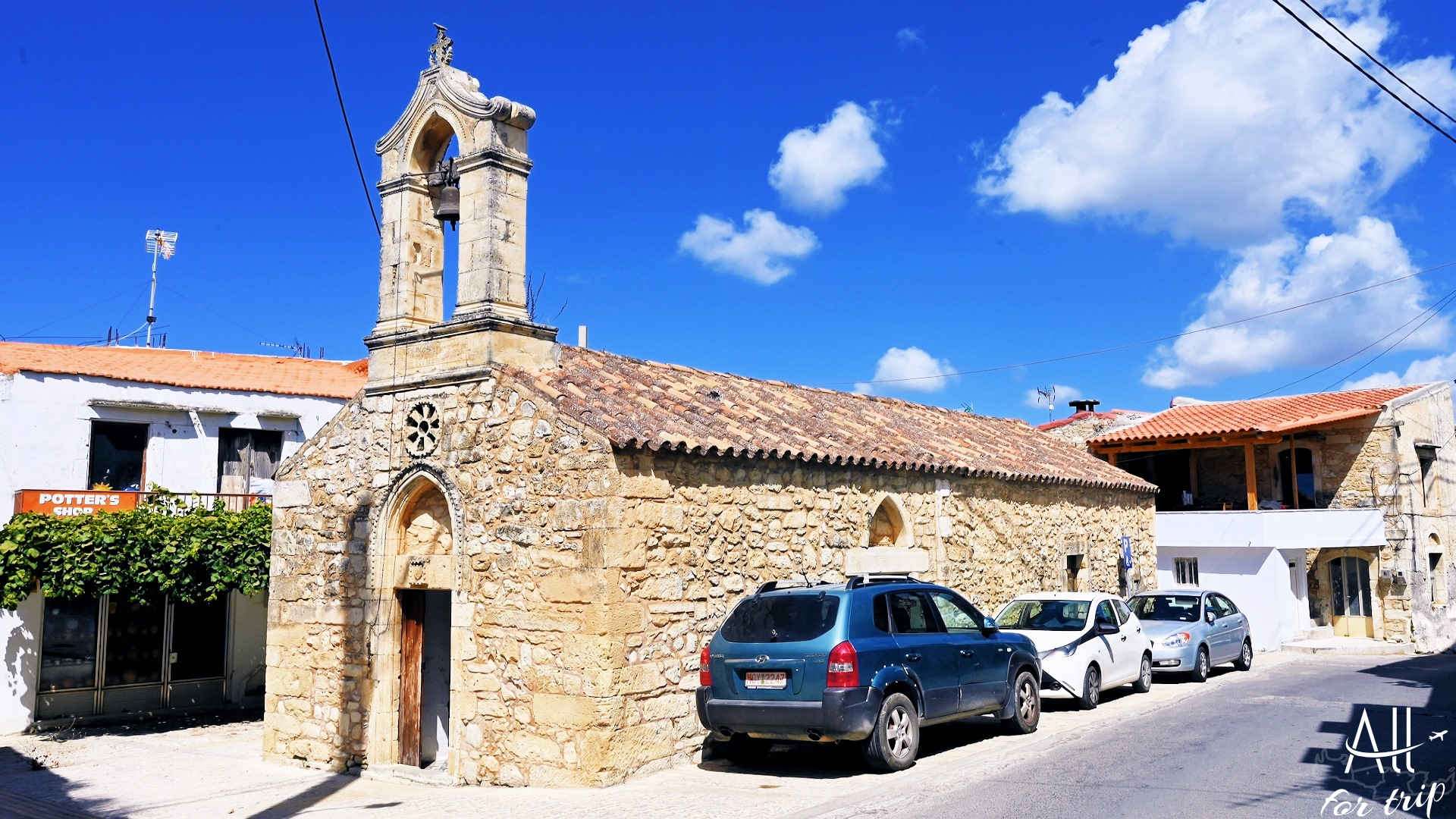
The charming little taverns under the mulberry trees, the smell of fresh pastries, the cozy cafes and, of course, the shops offering a wide variety of ceramics: together they give the attraction of the place.
Following the traditions of the Minoan period, some of the potters shape and paint their clay vessels: dishes and bowls used every day, and ornamental objects.
But there are younger potters, who are bold! – they combine traditional elements of the past, with more modern forms and are not afraid to use brighter colors.
Dishes made in clay pots are tastier: a few drops of olive oil and spices are enough under the meat, but the food will be juicier.
